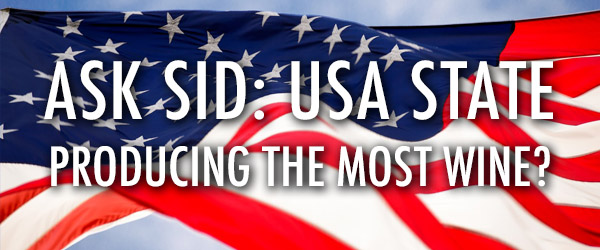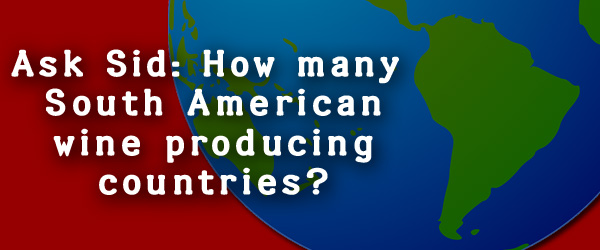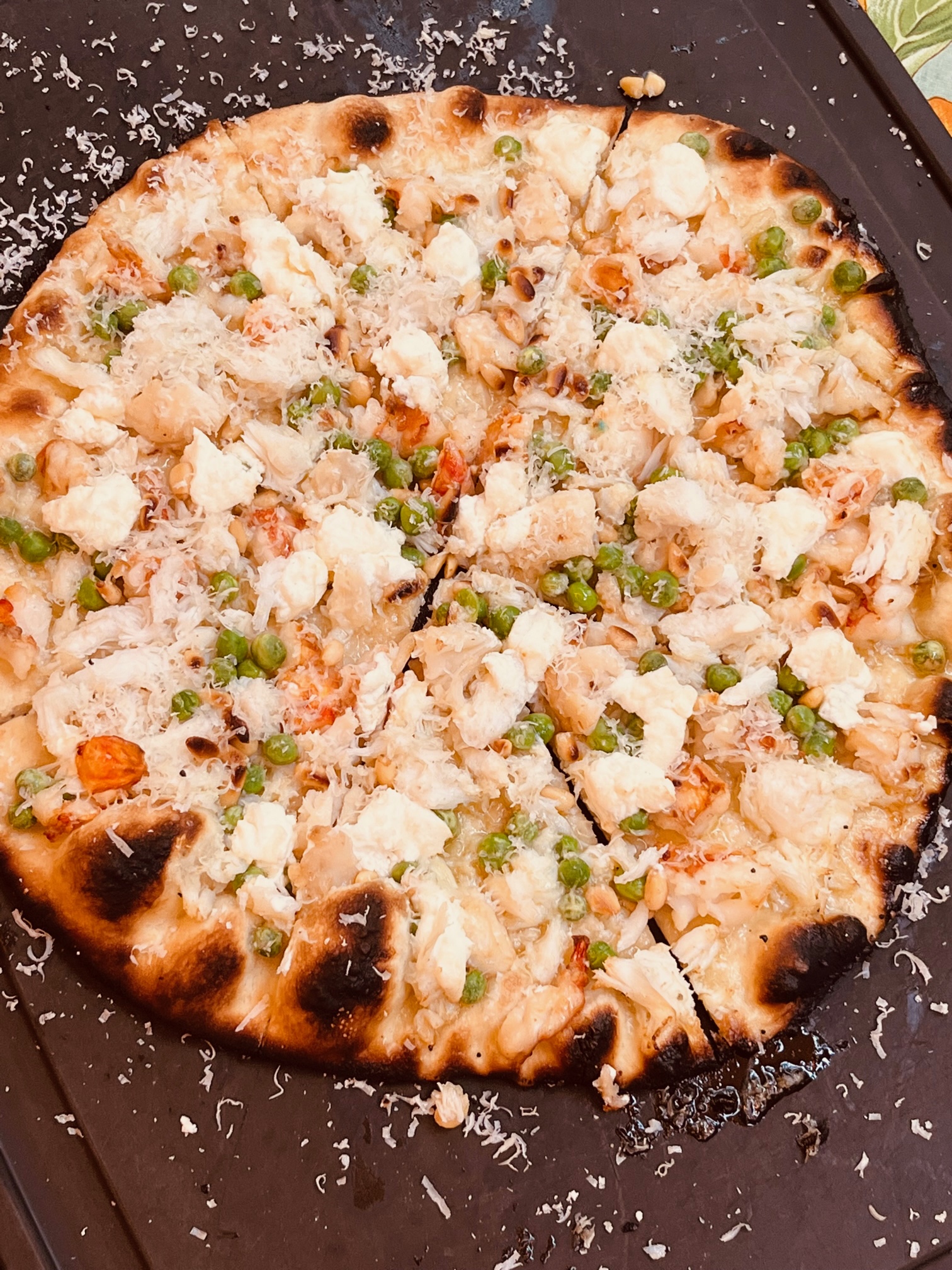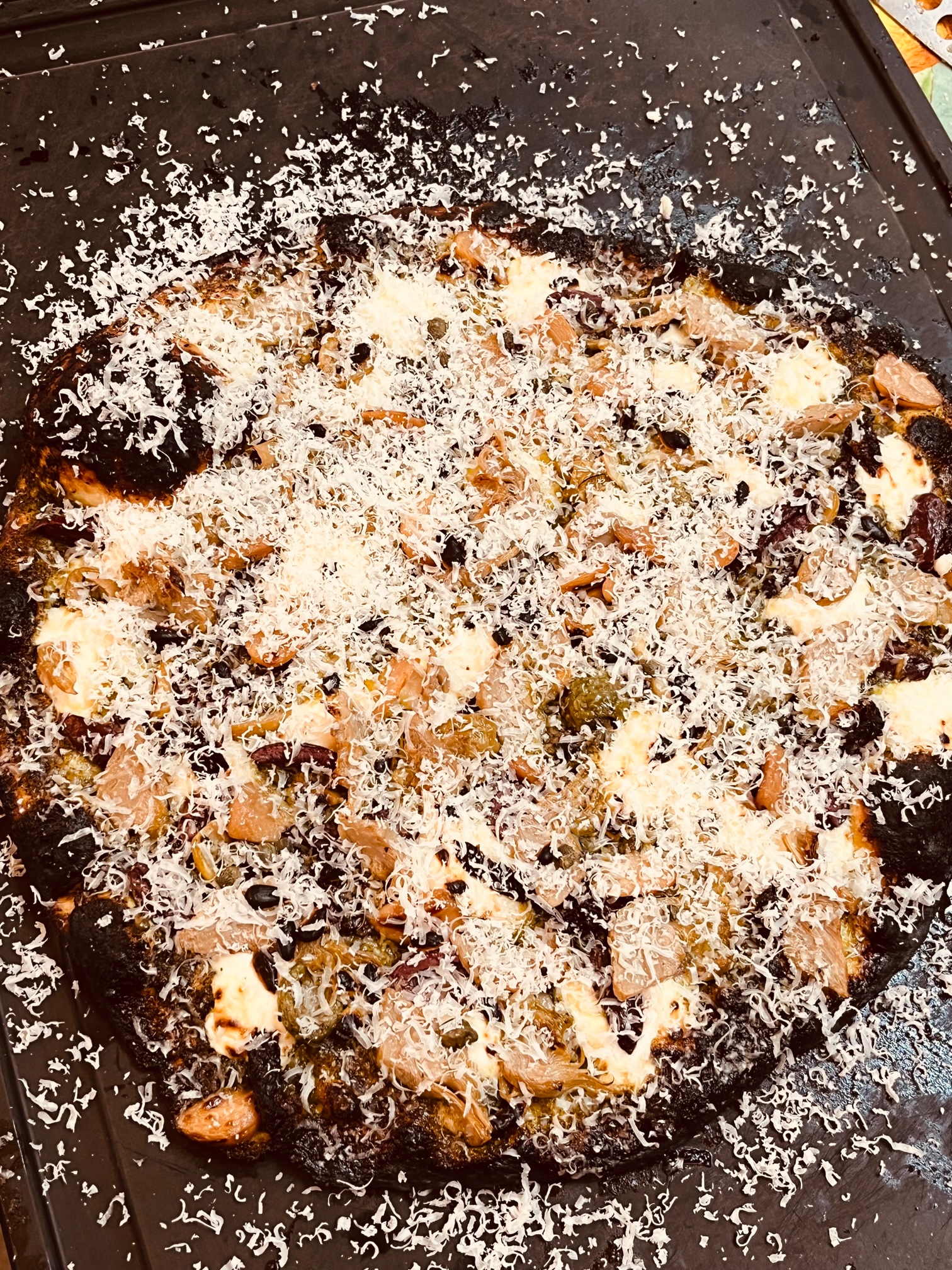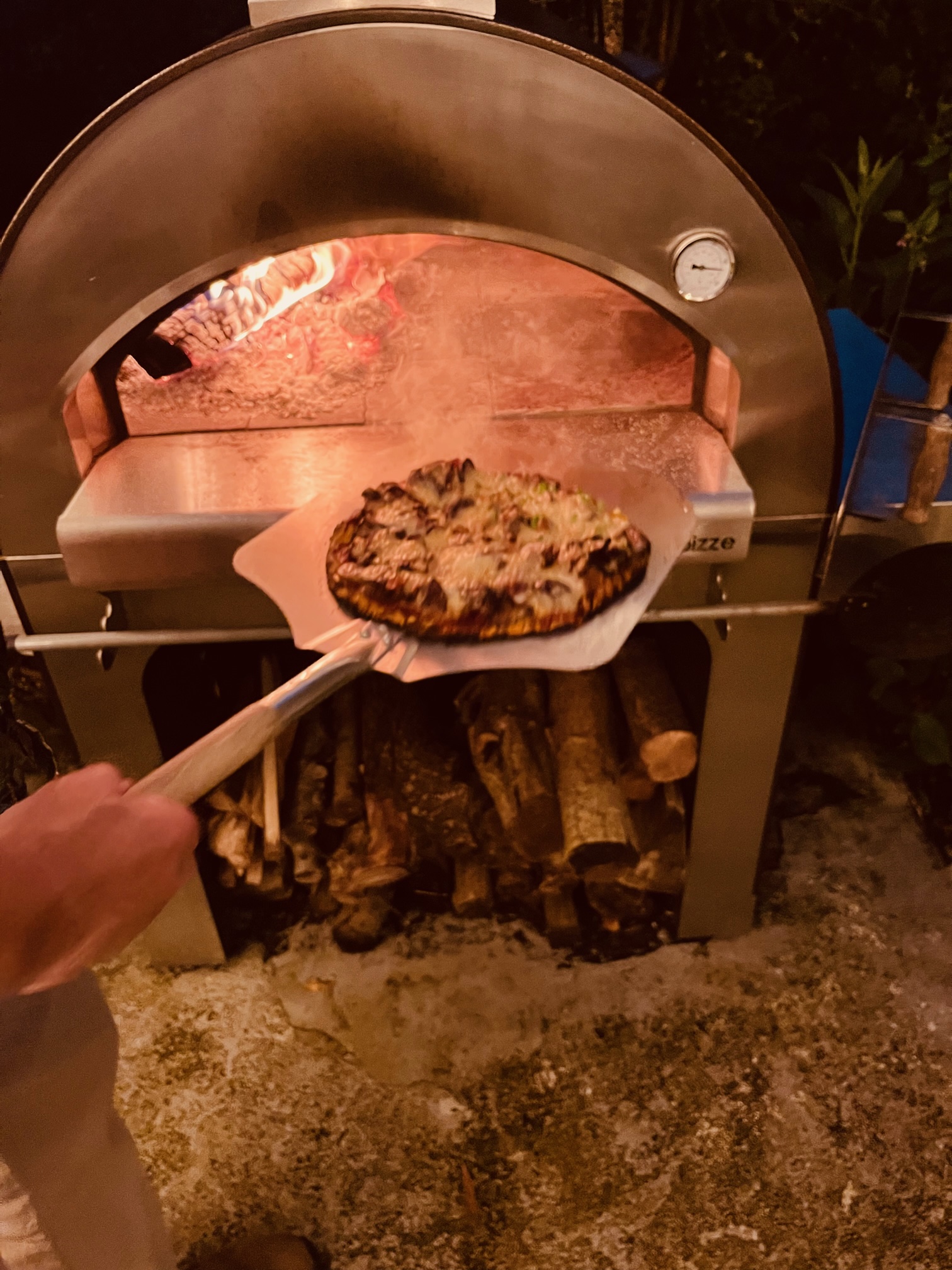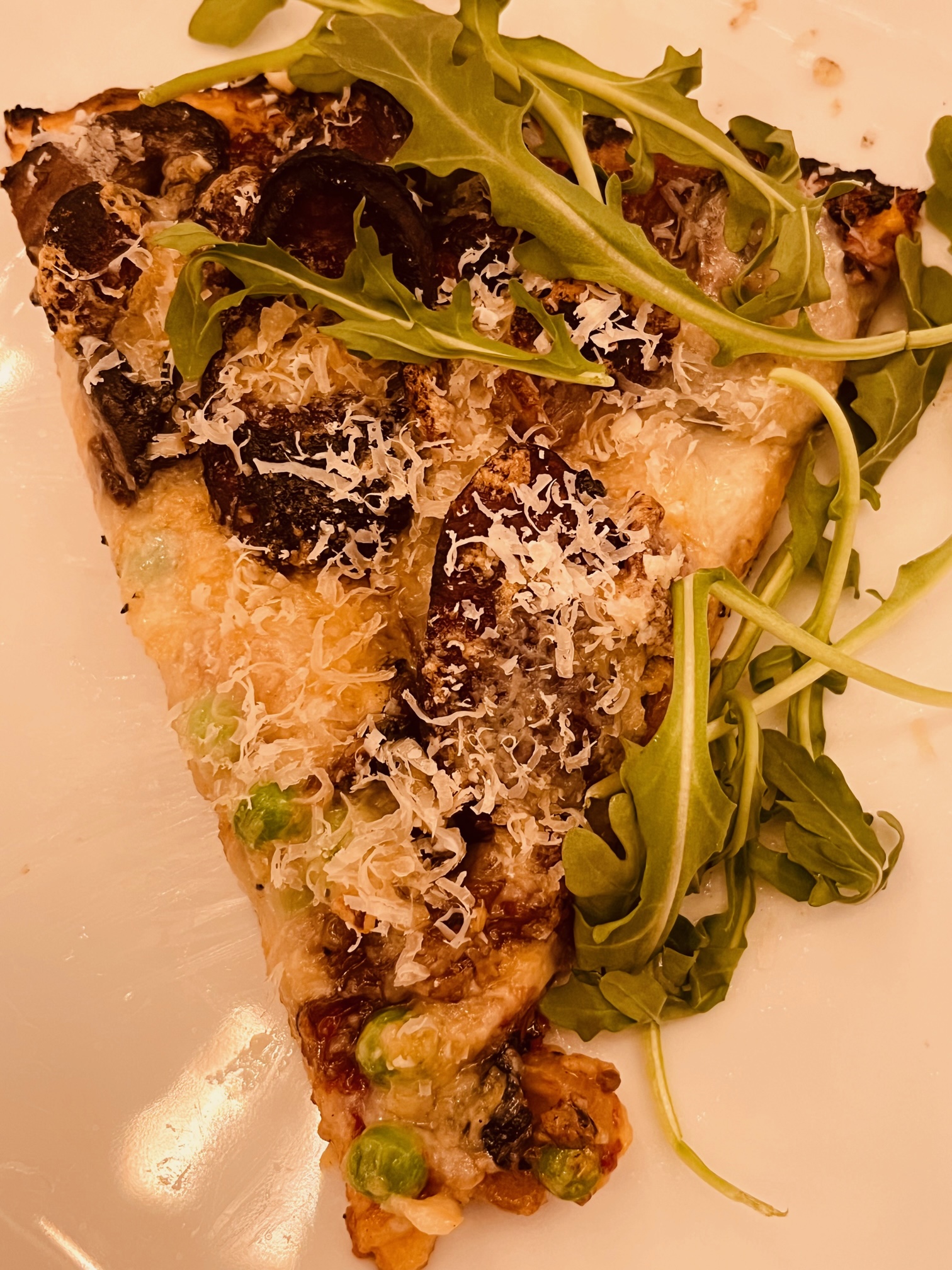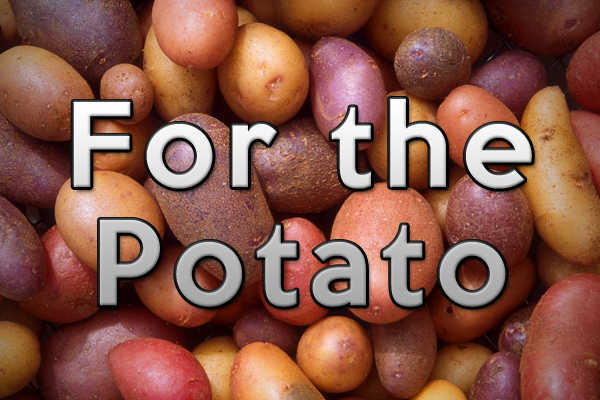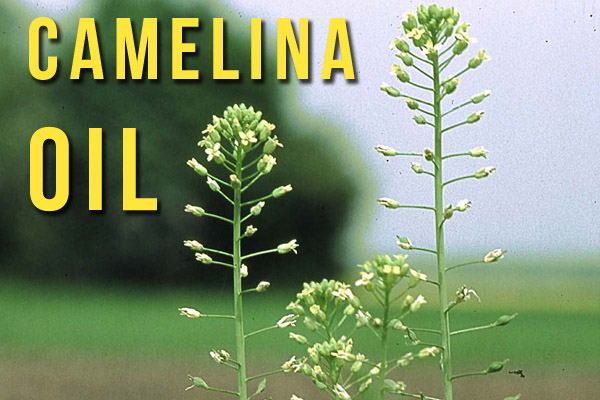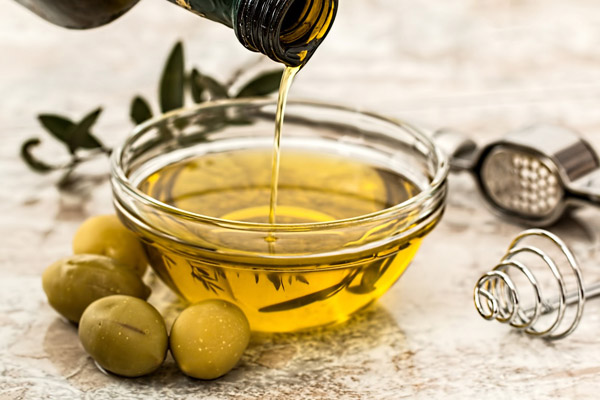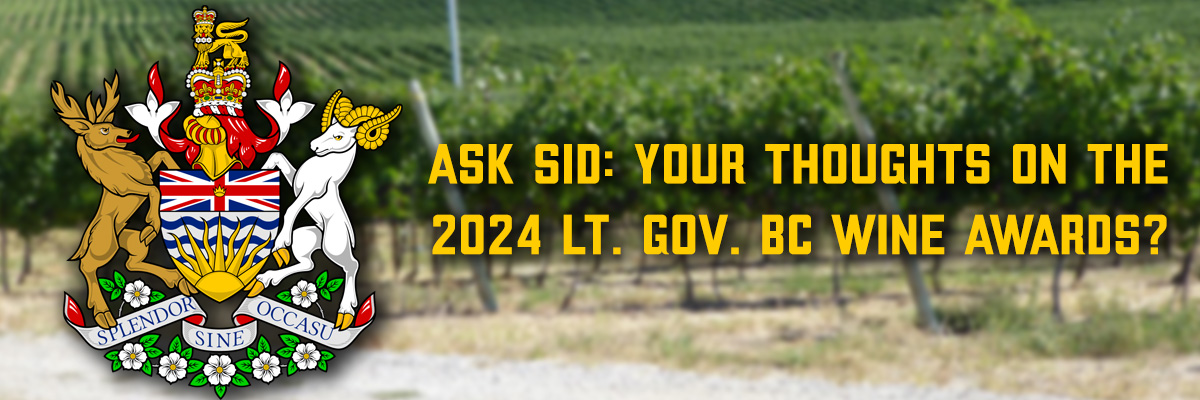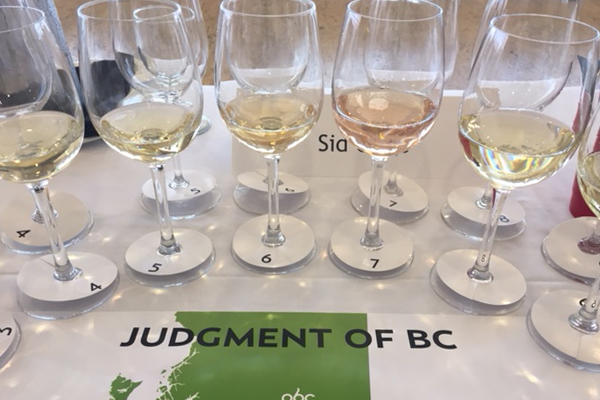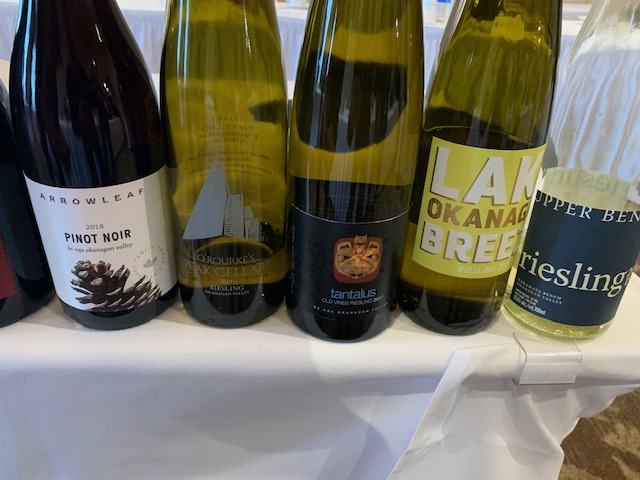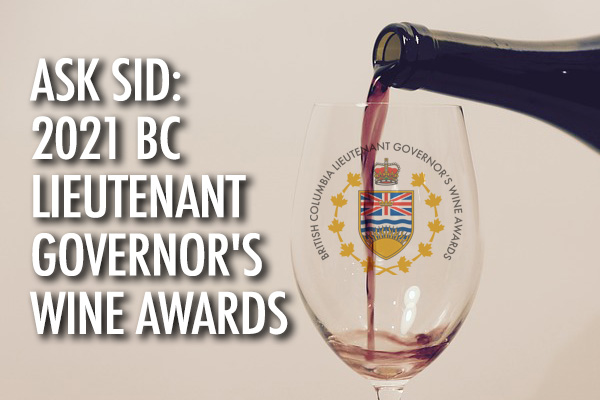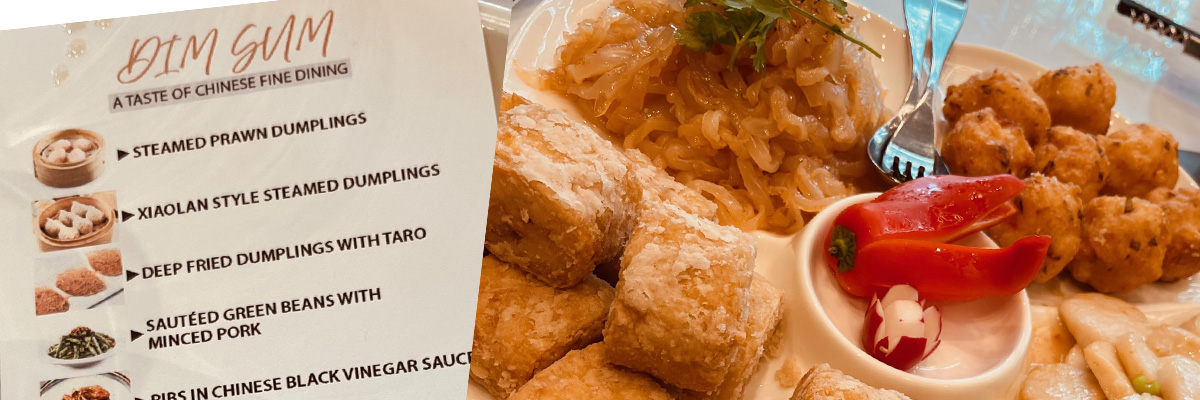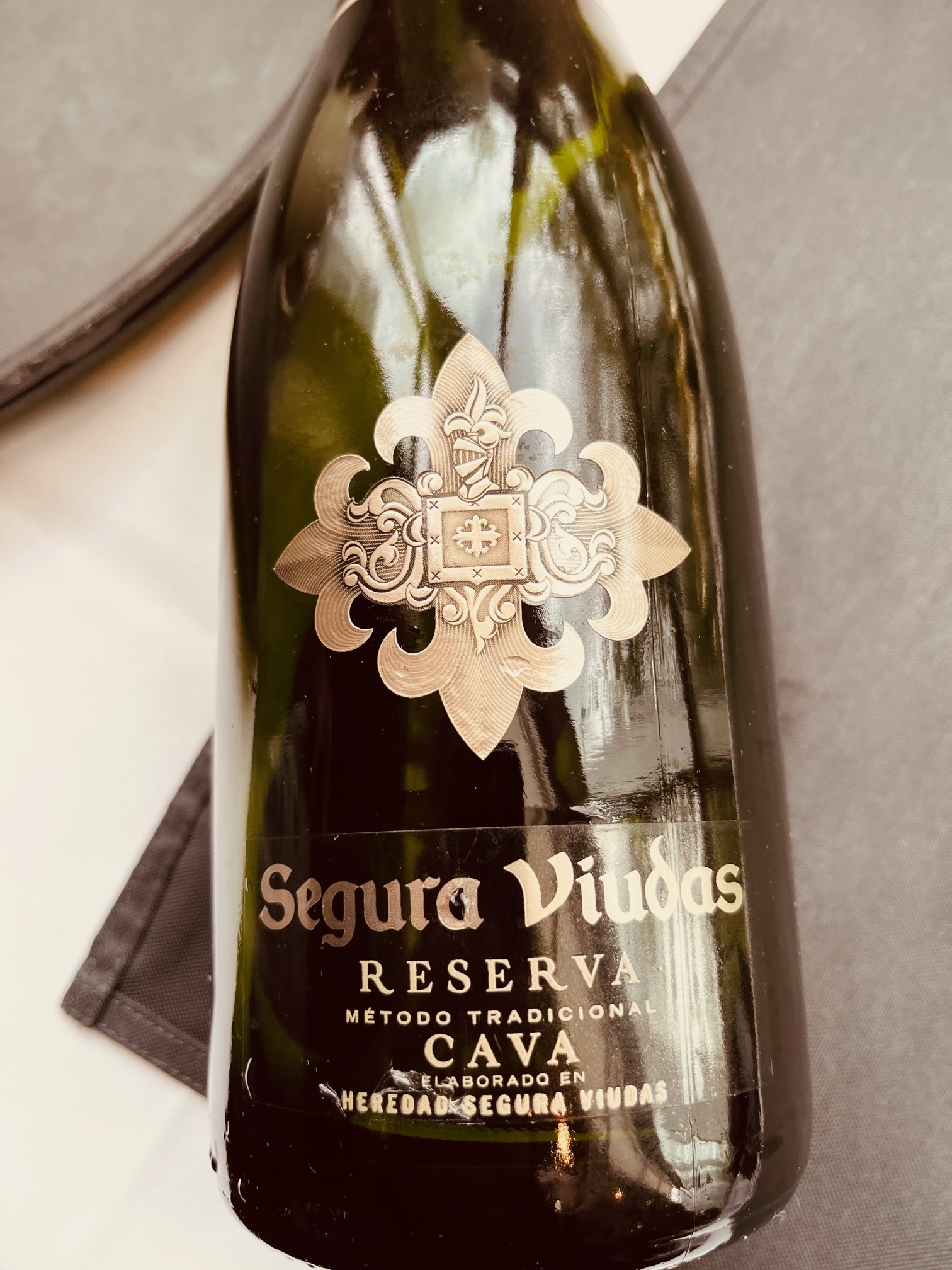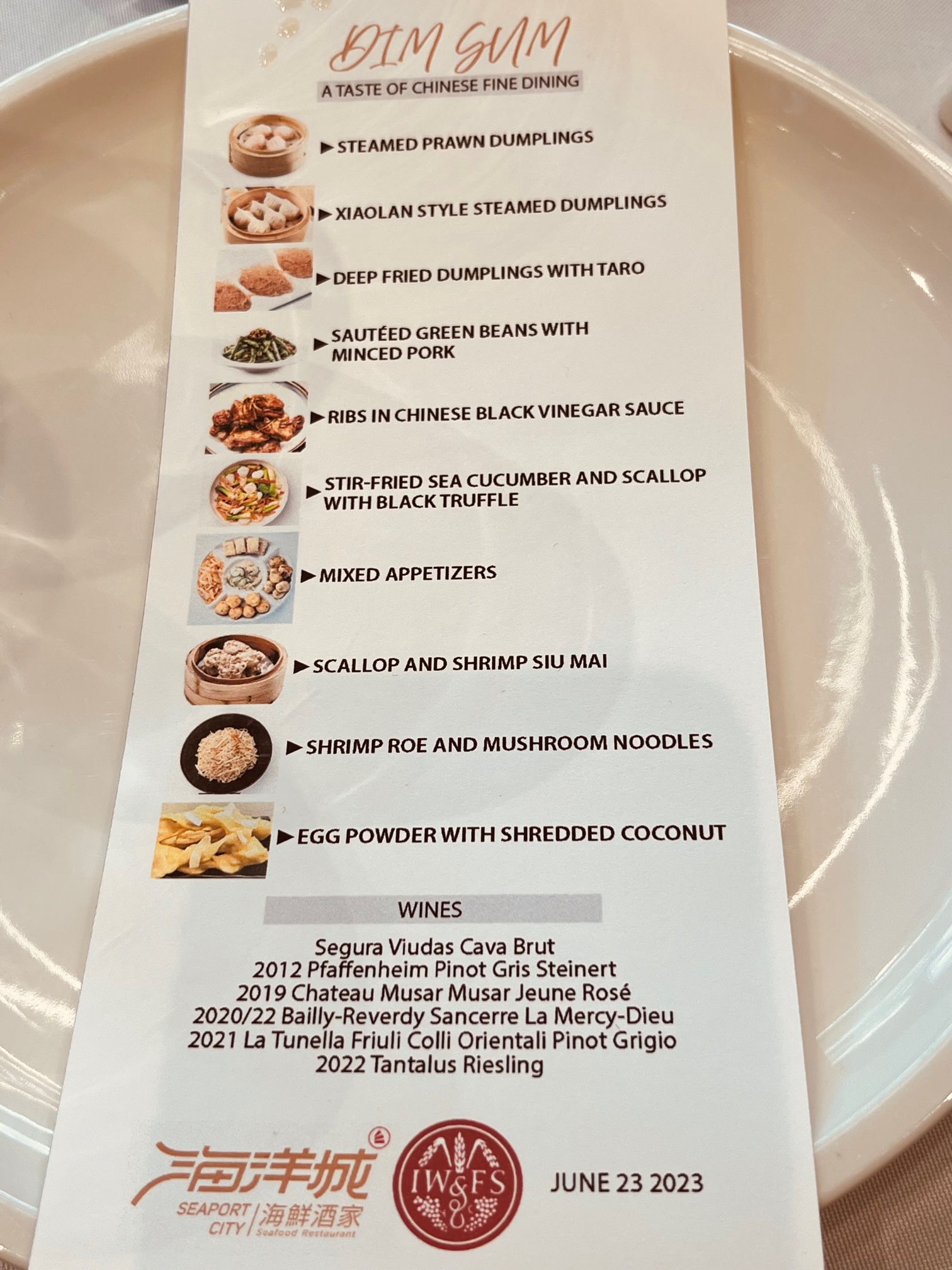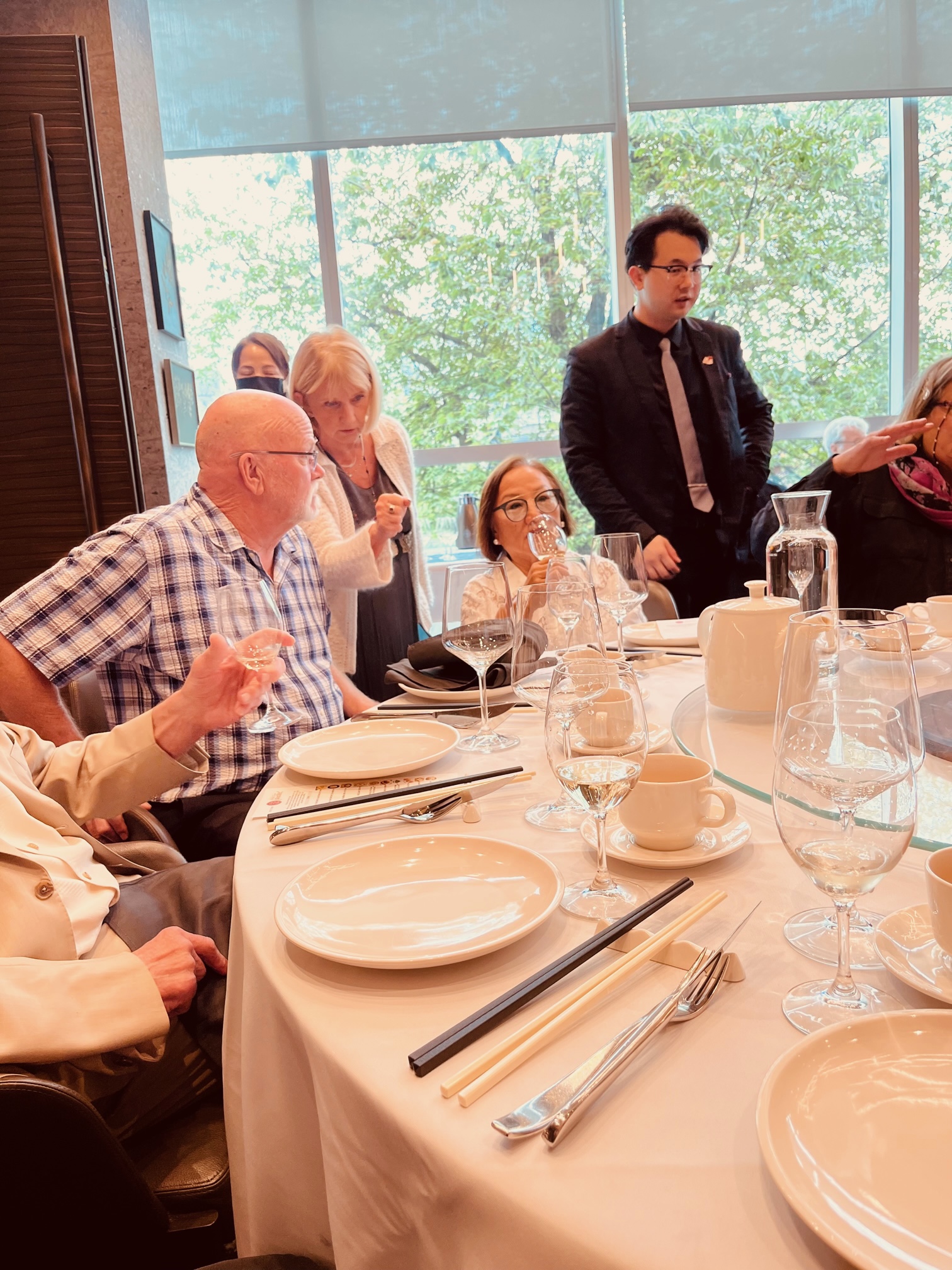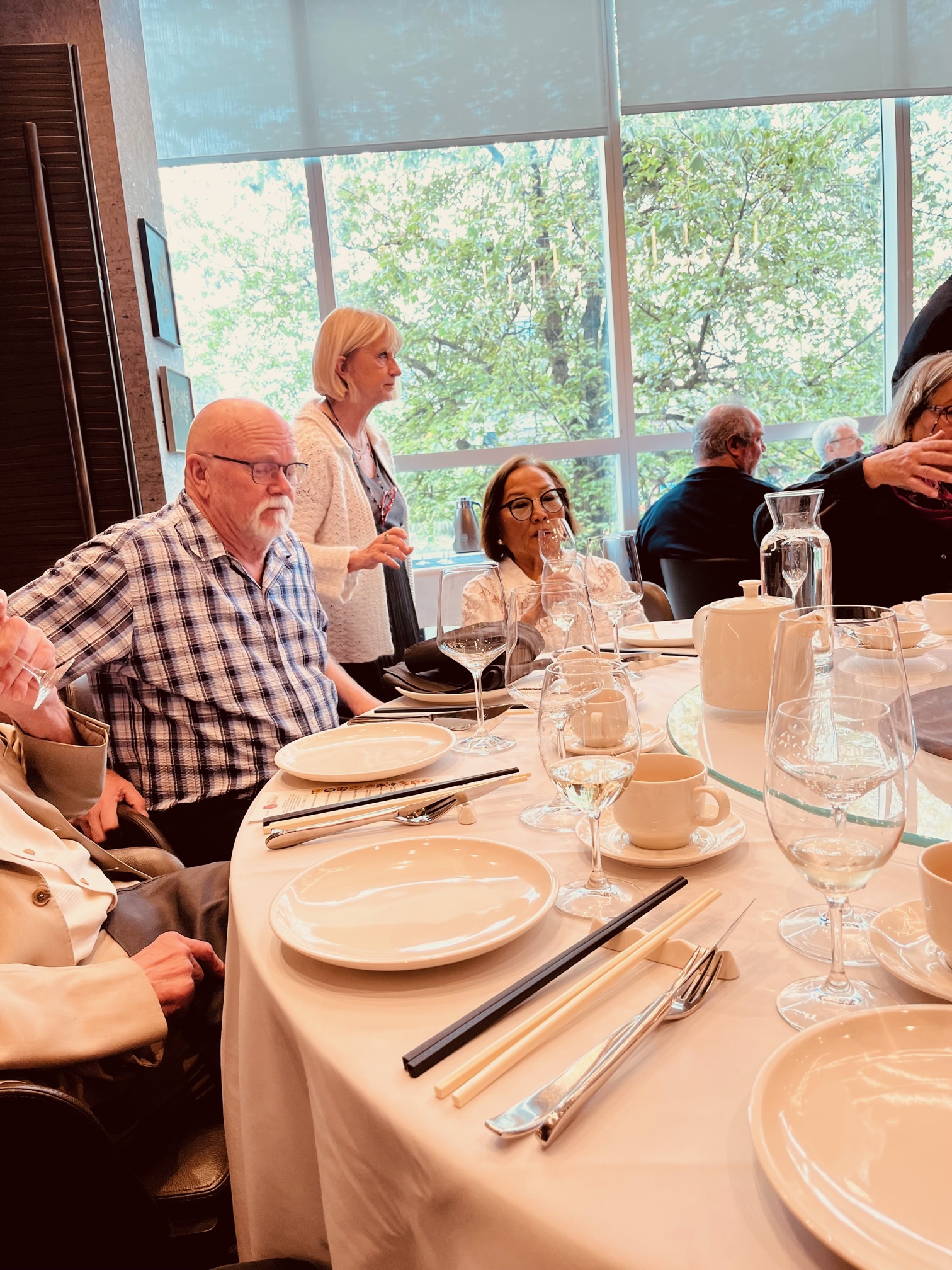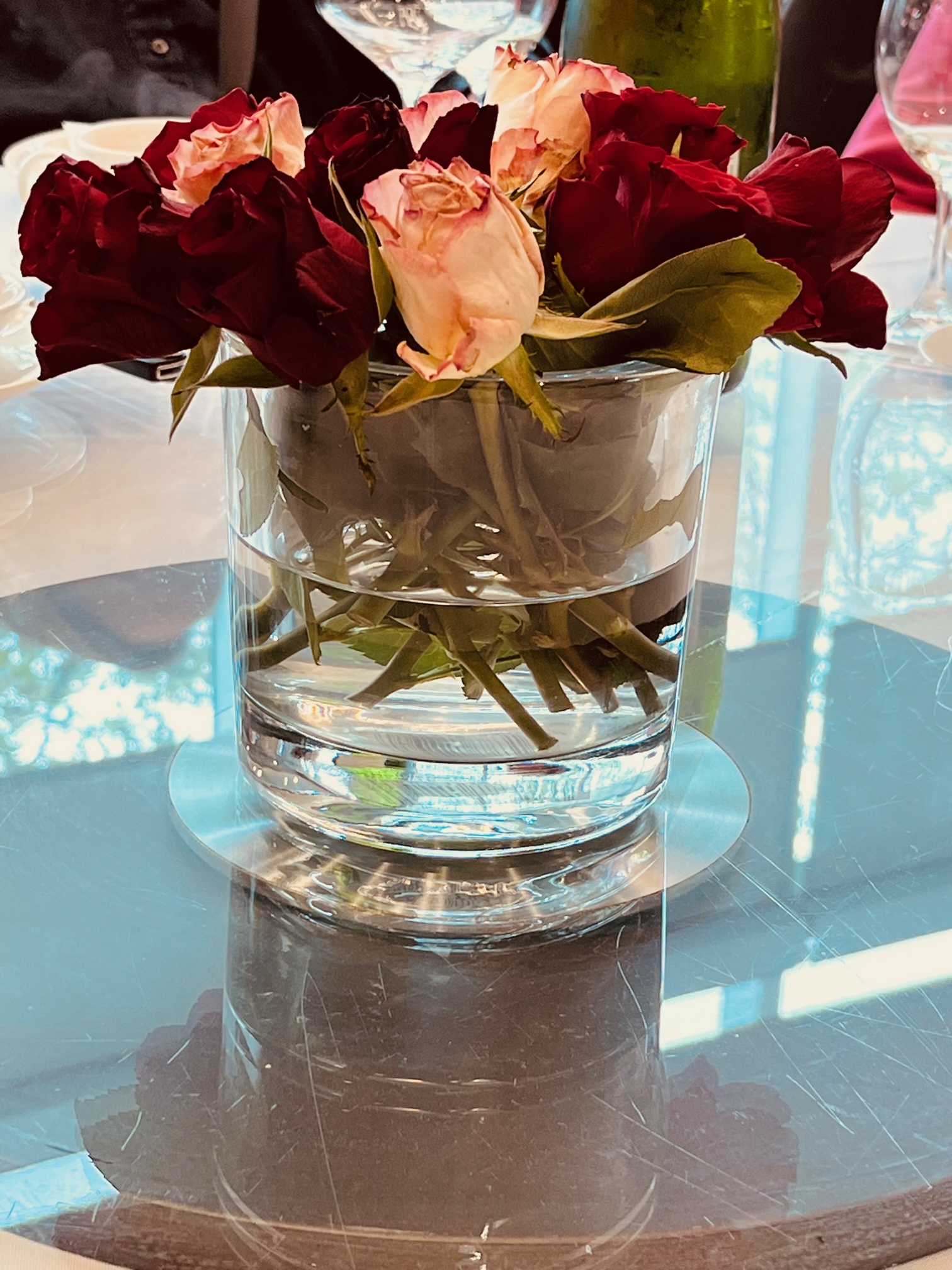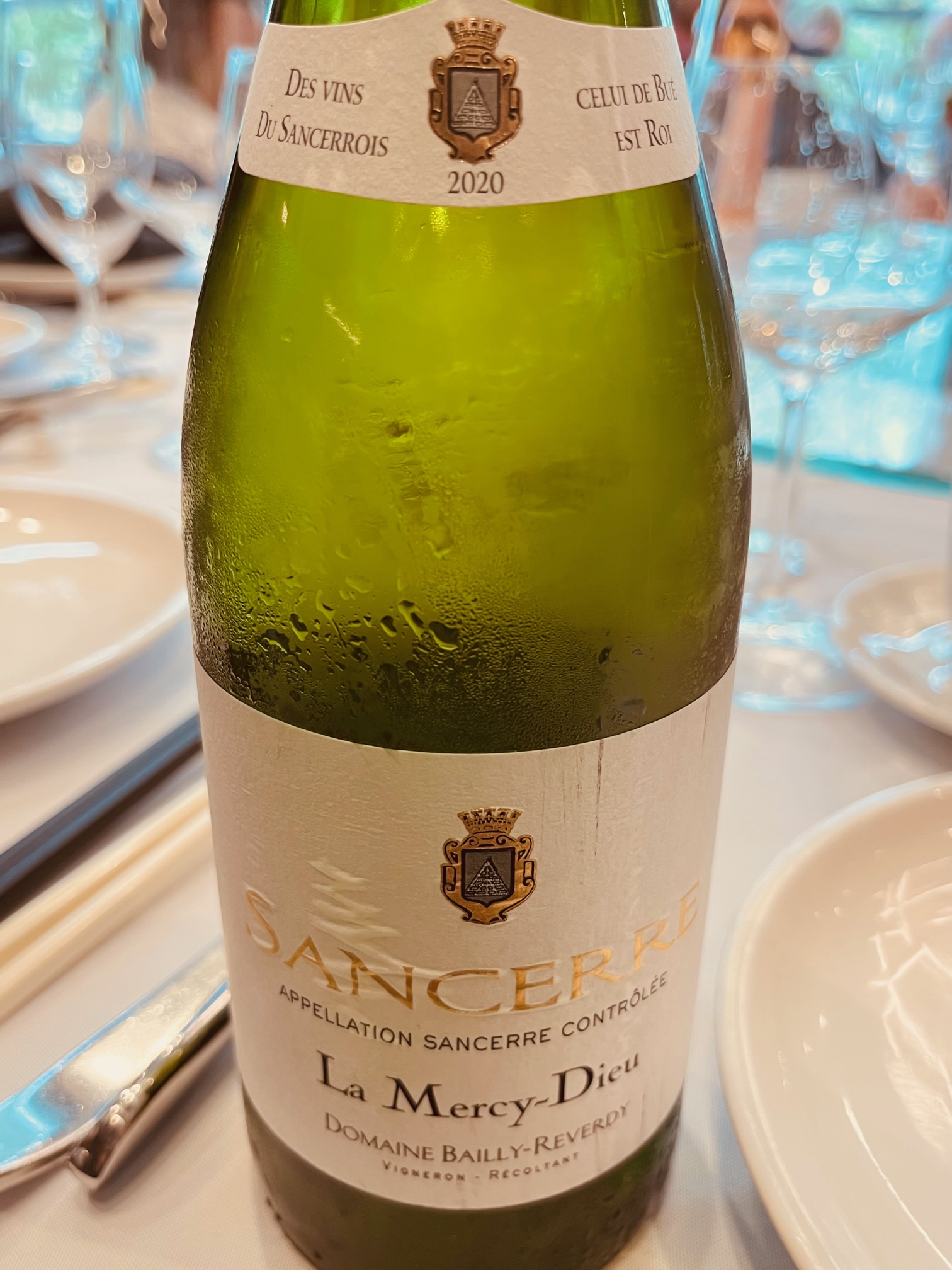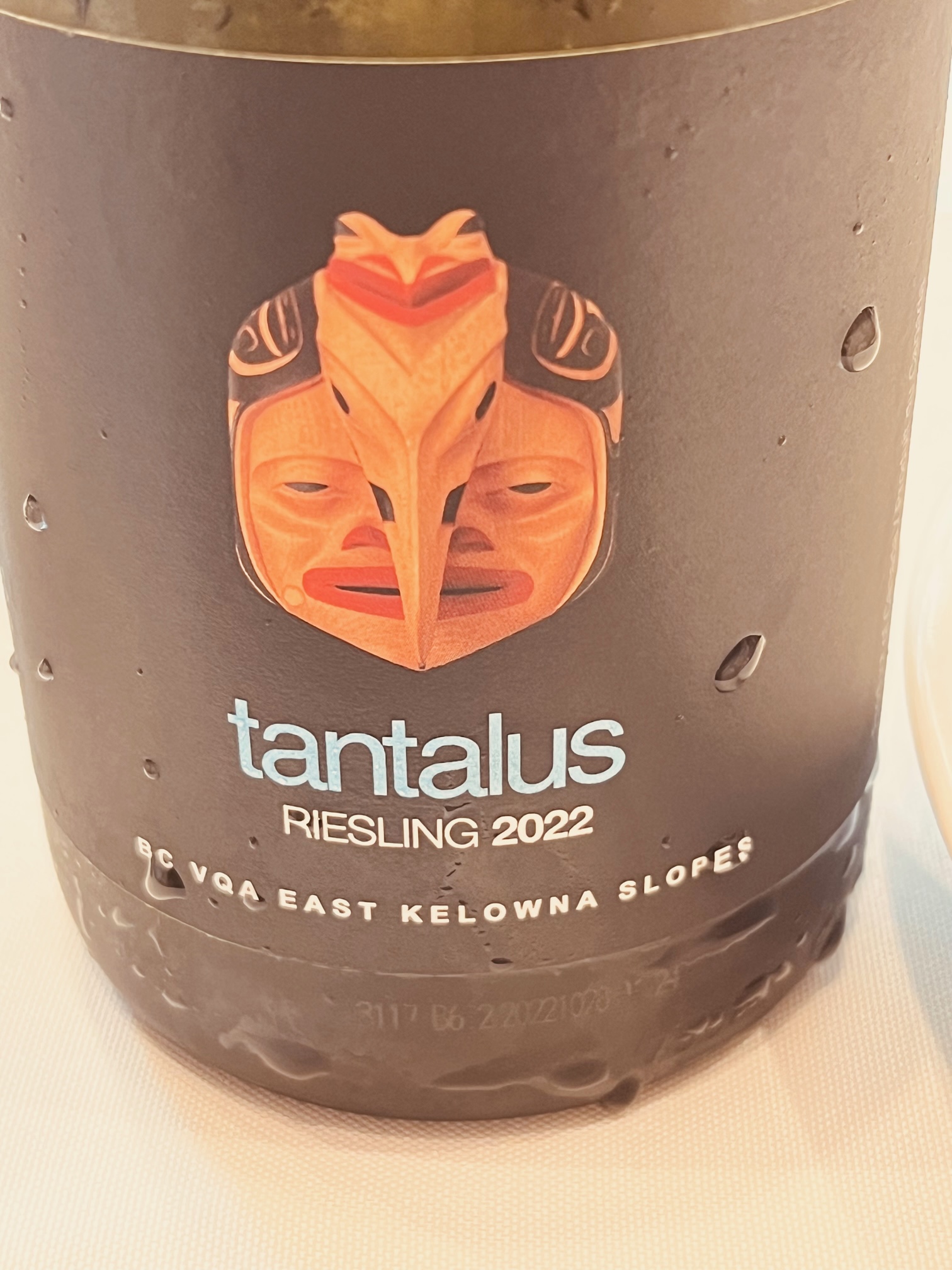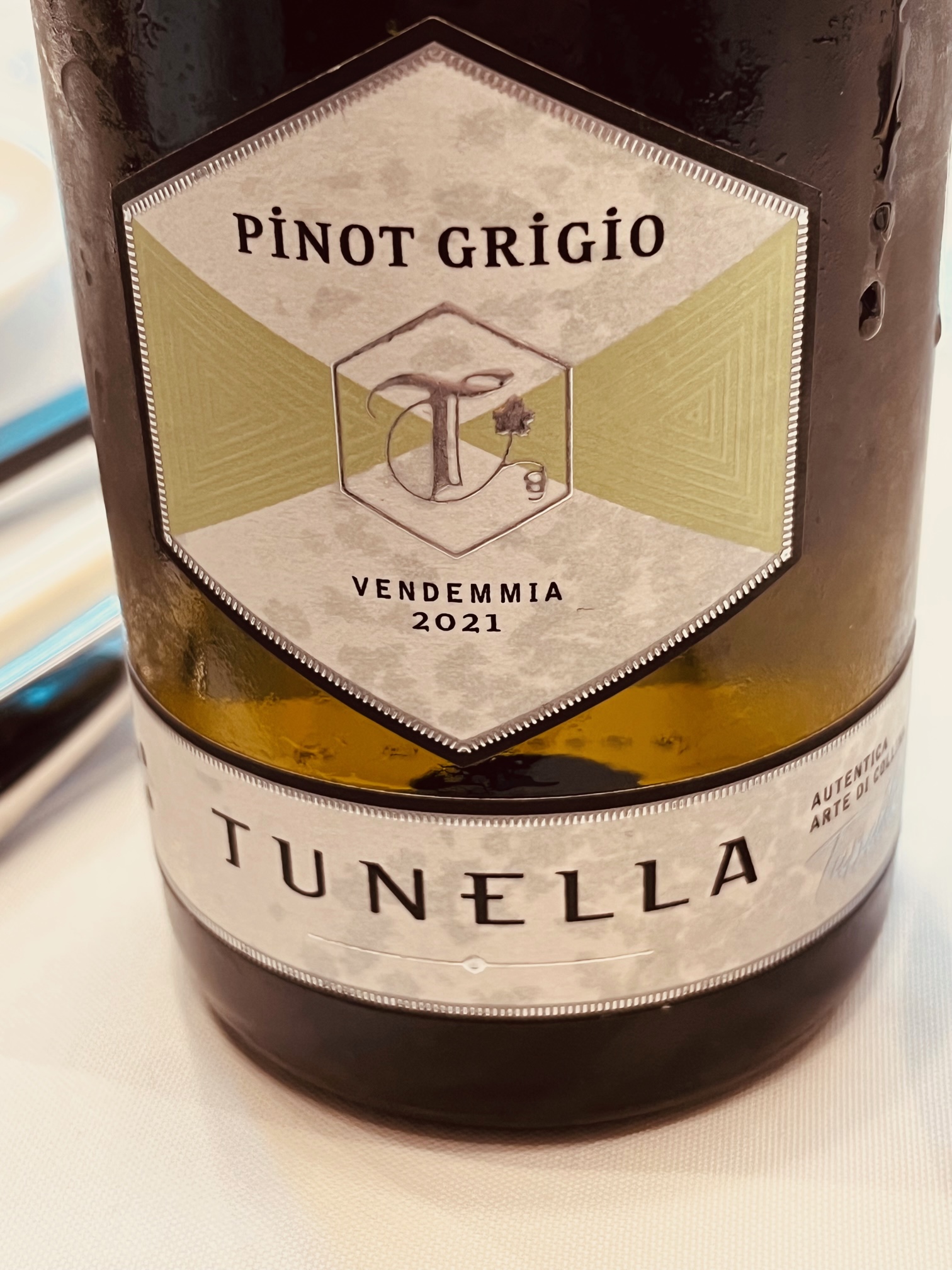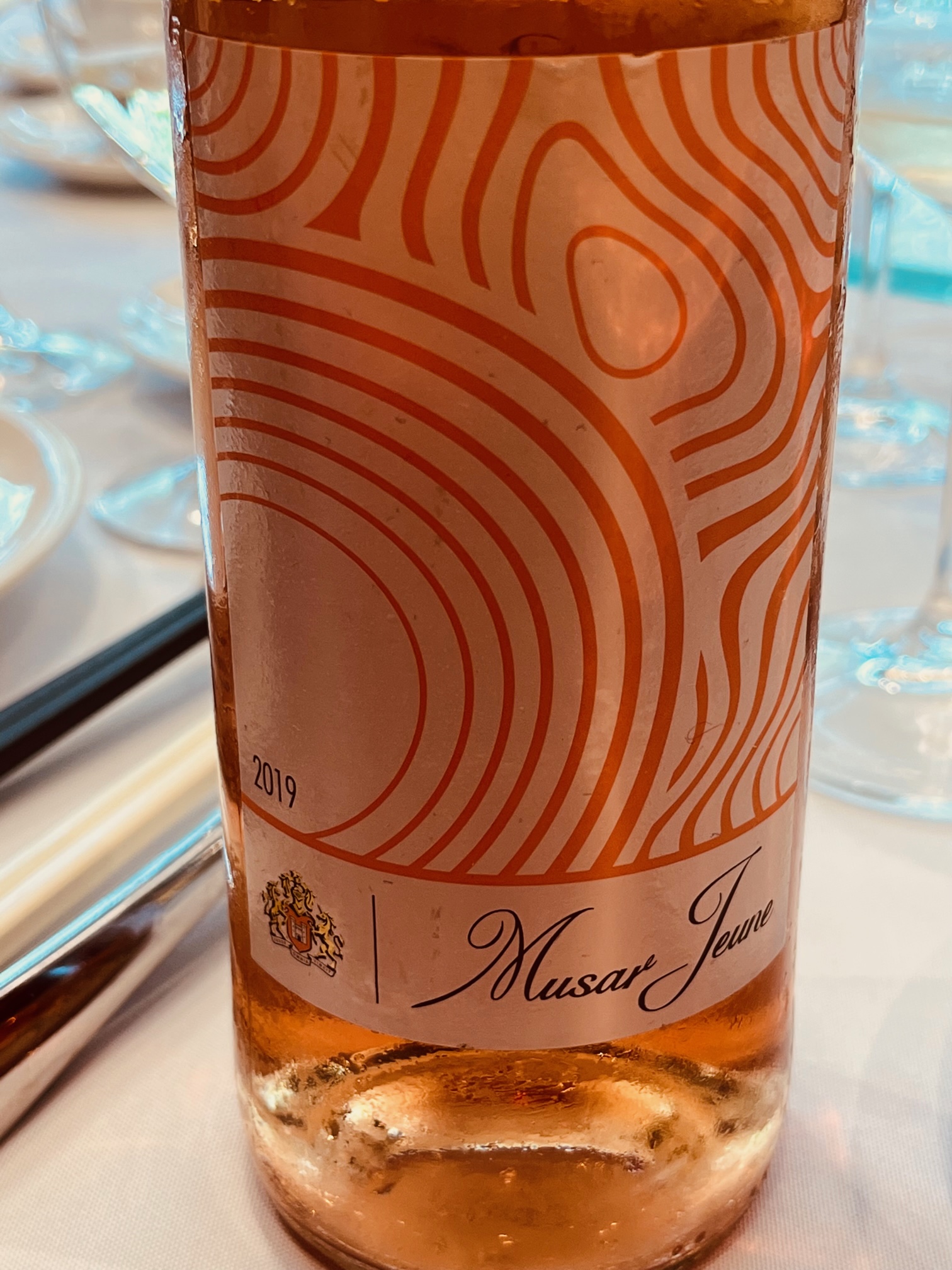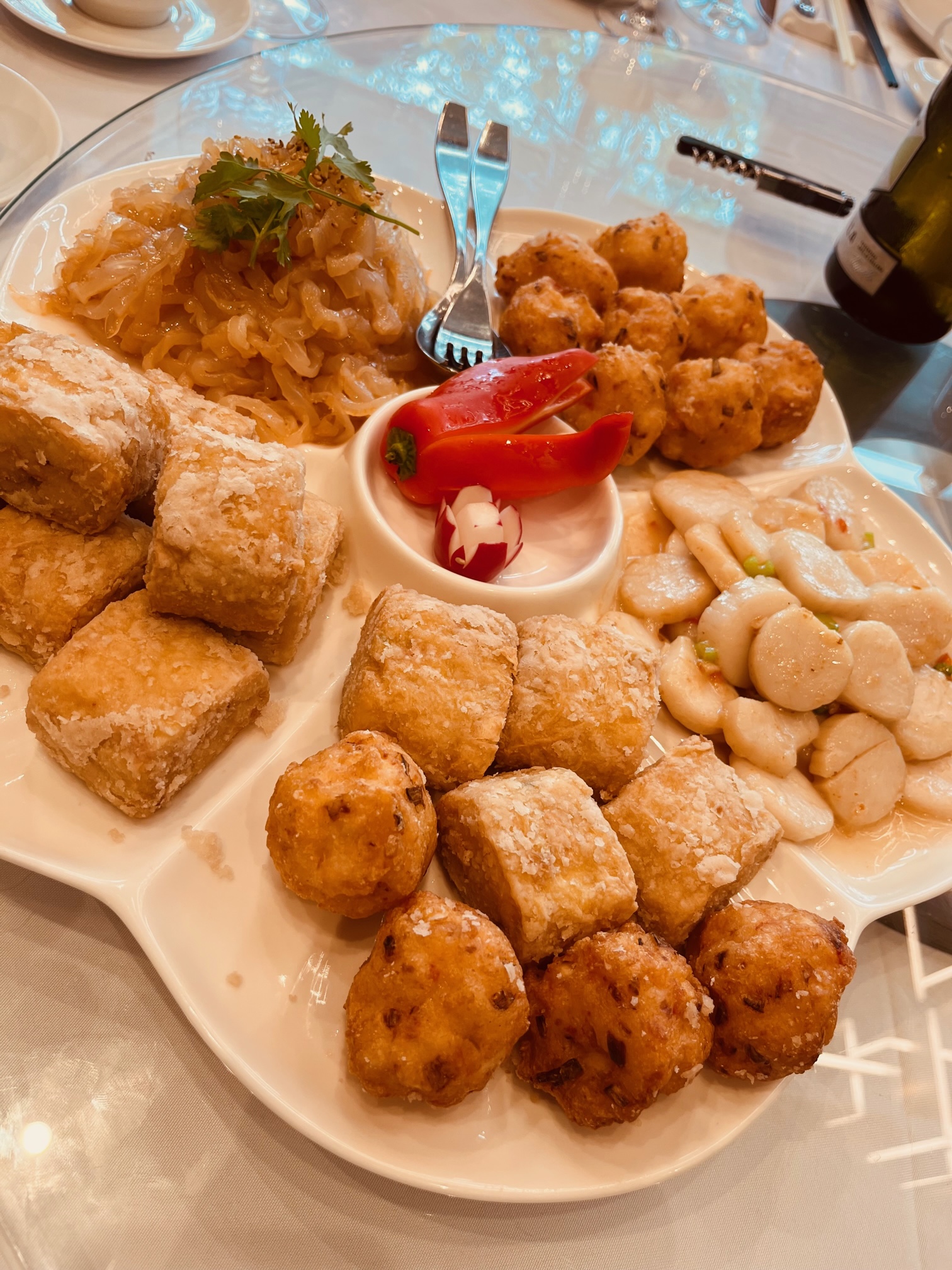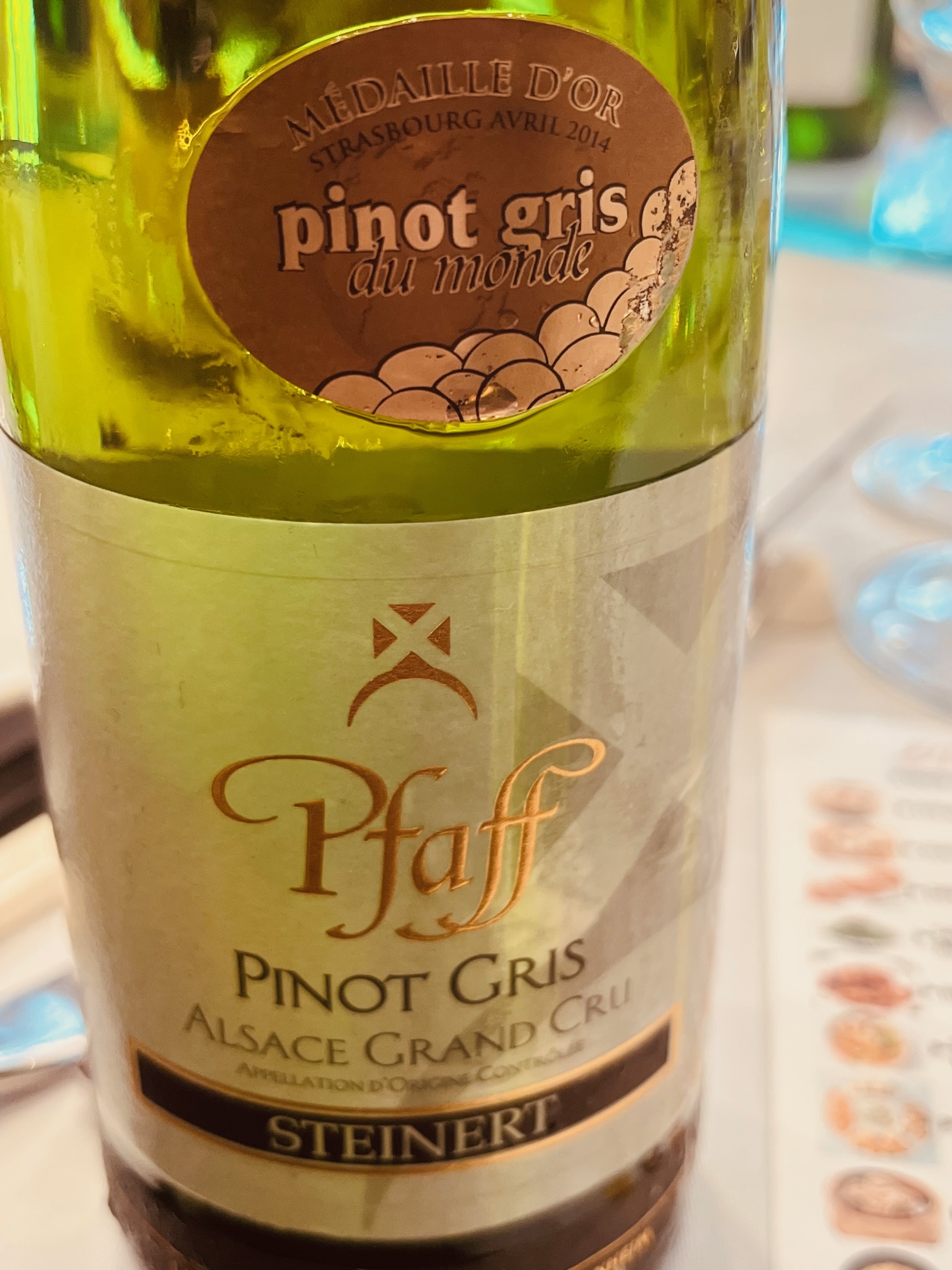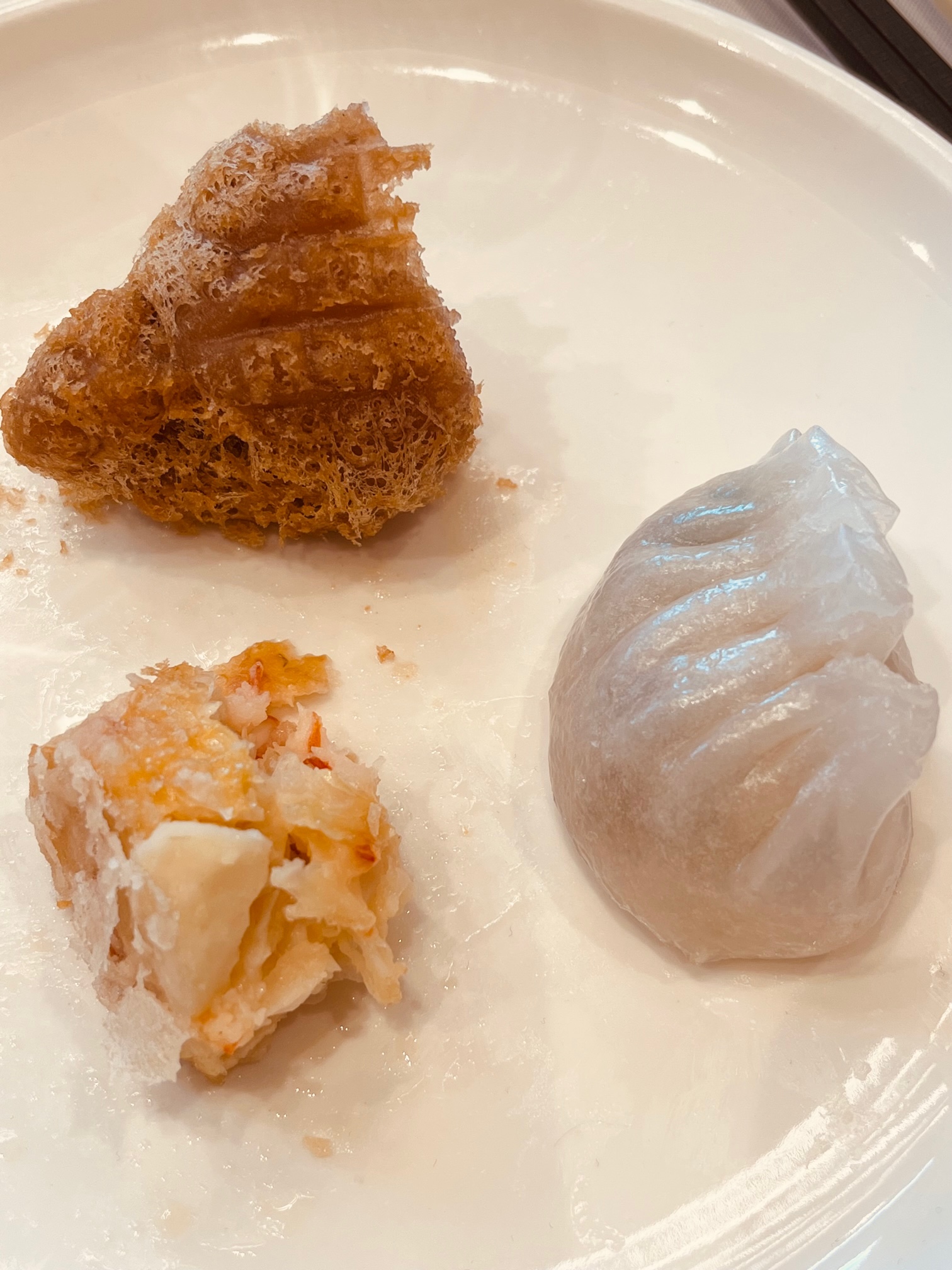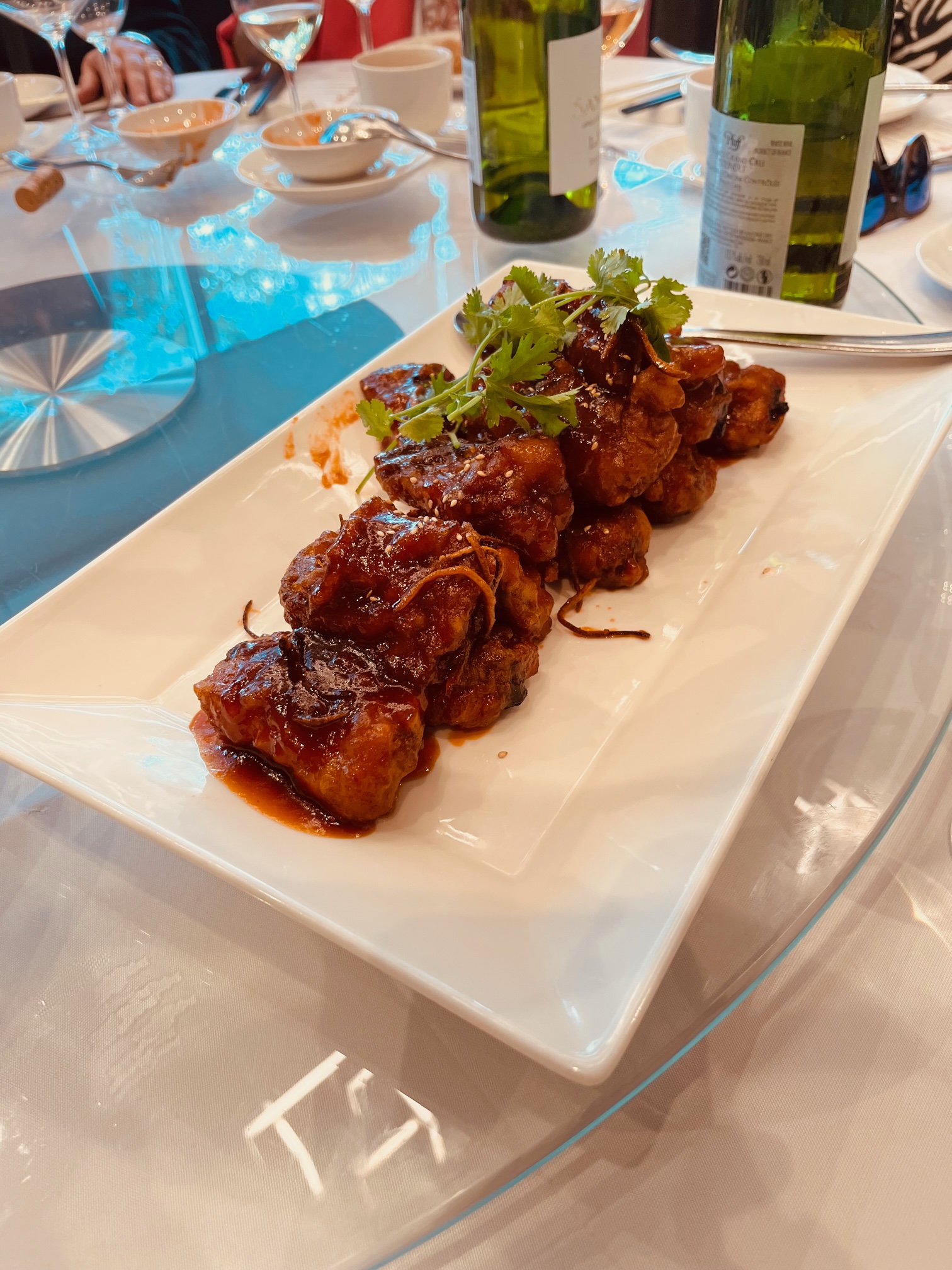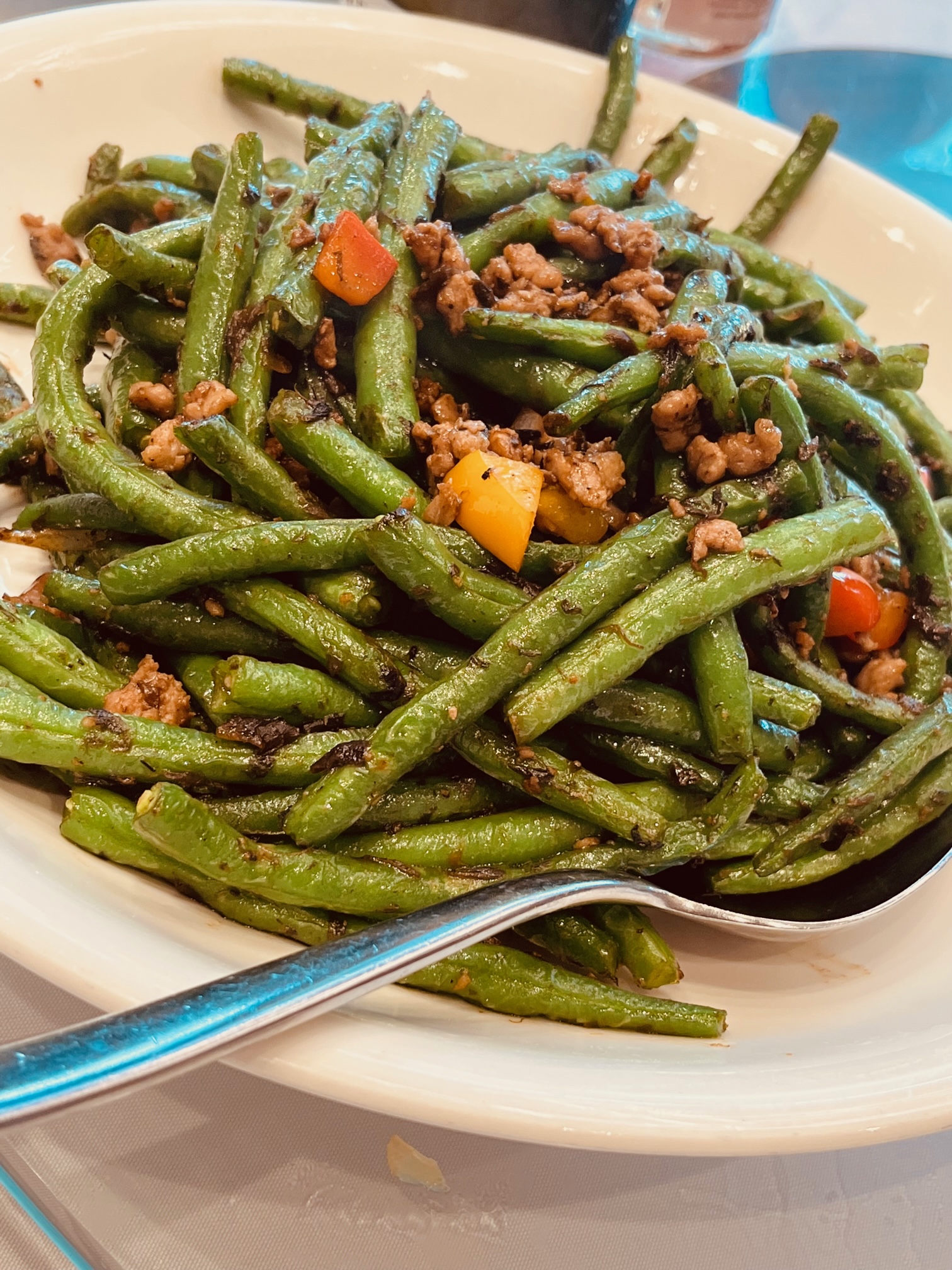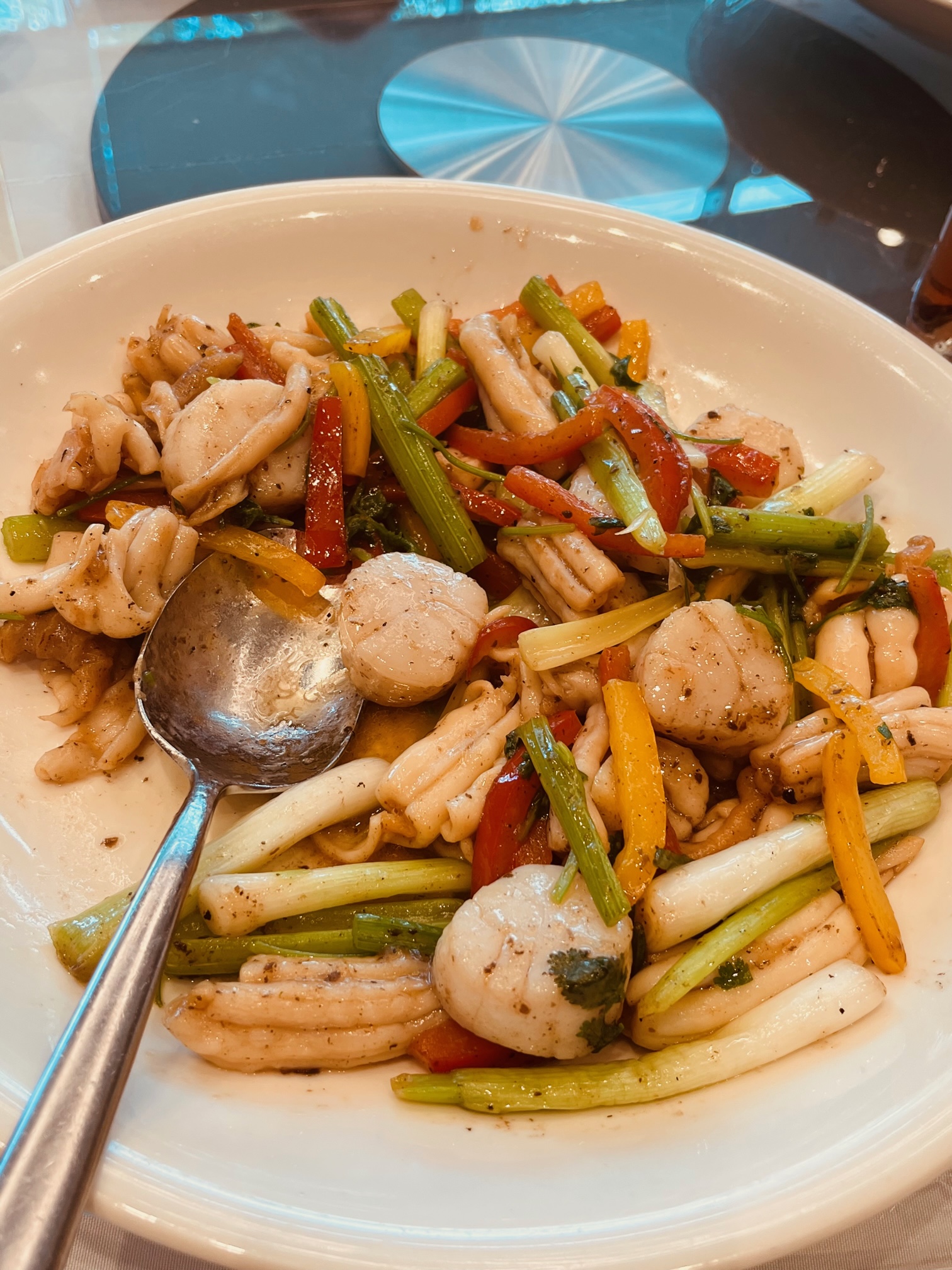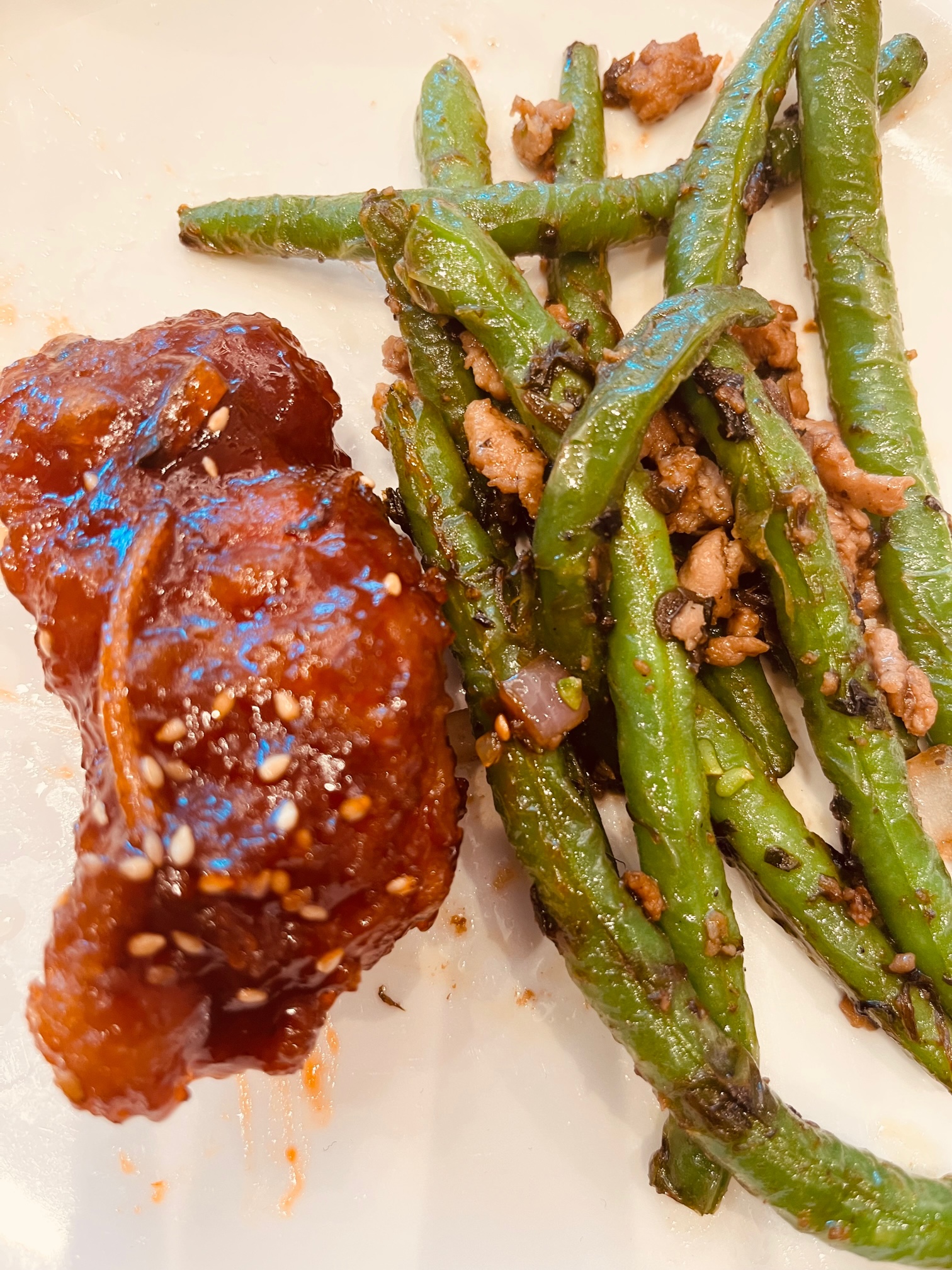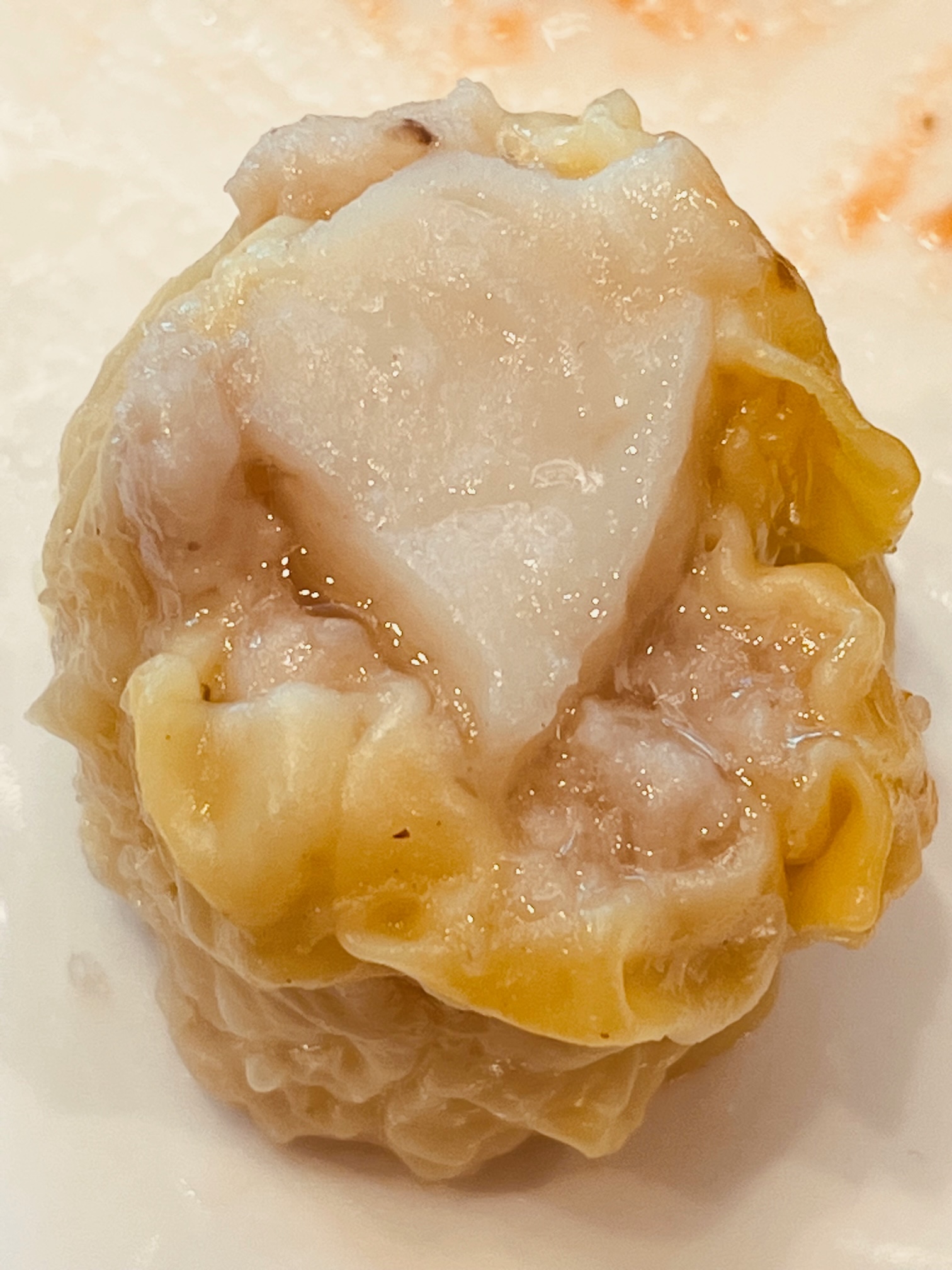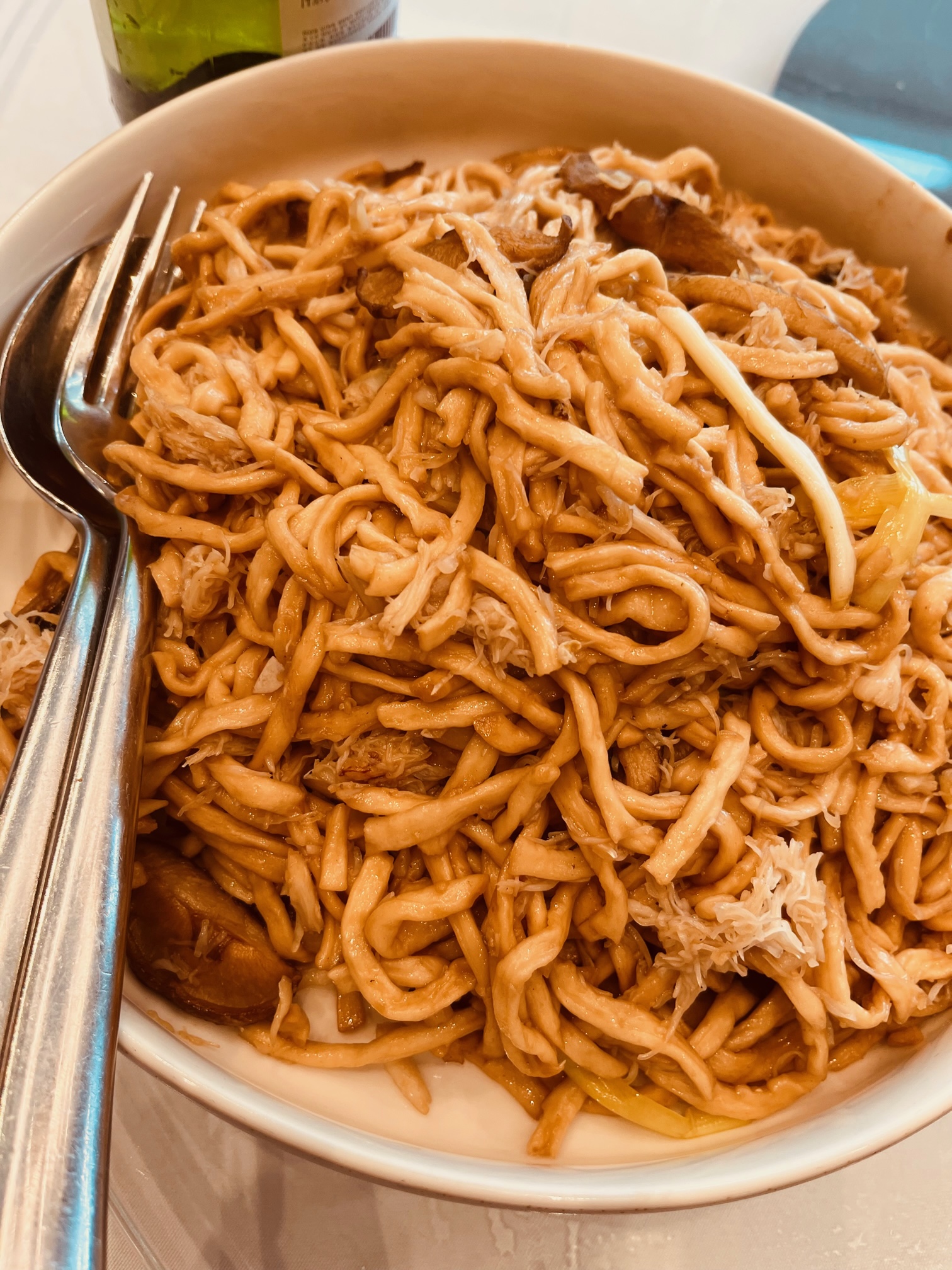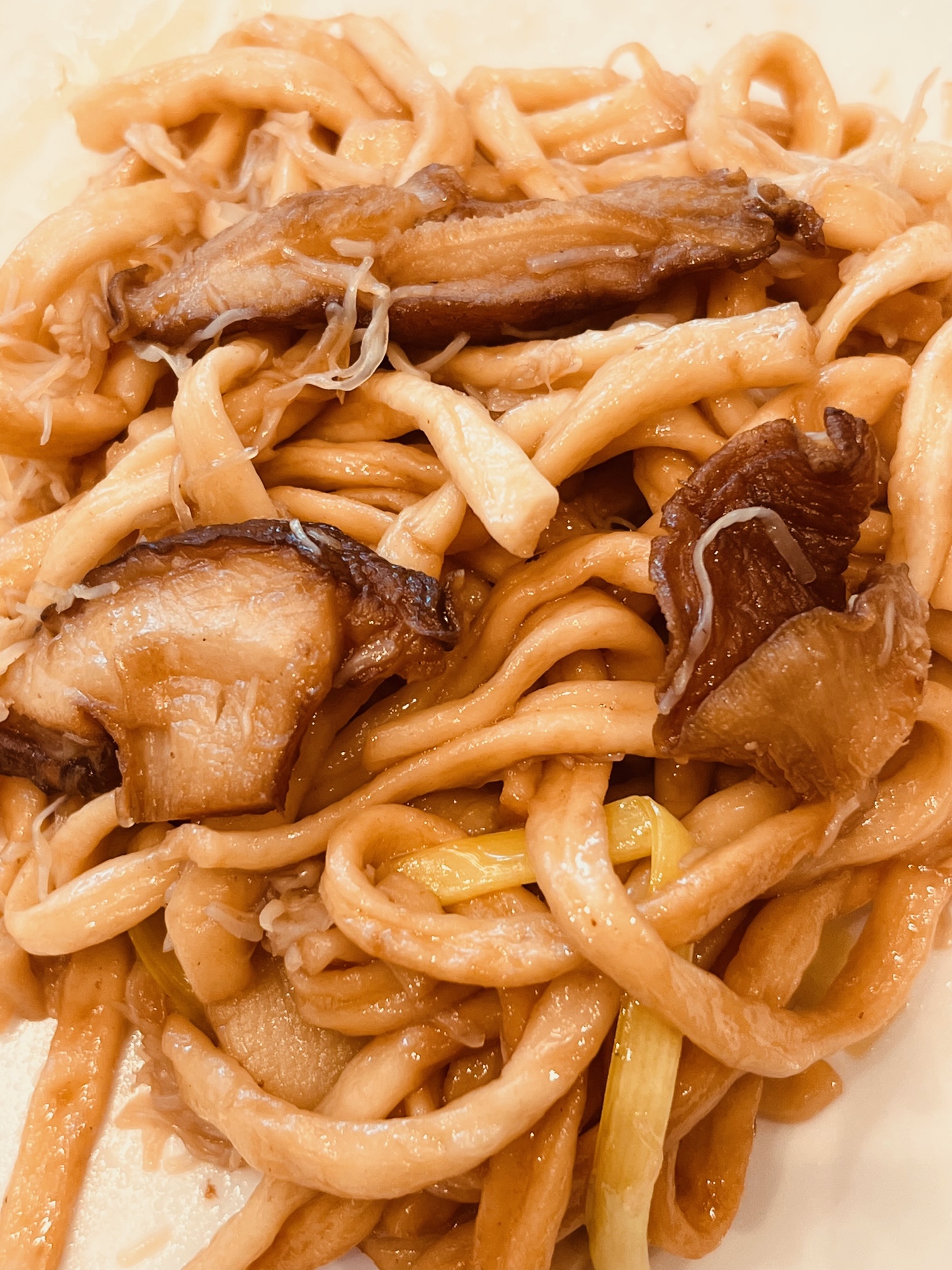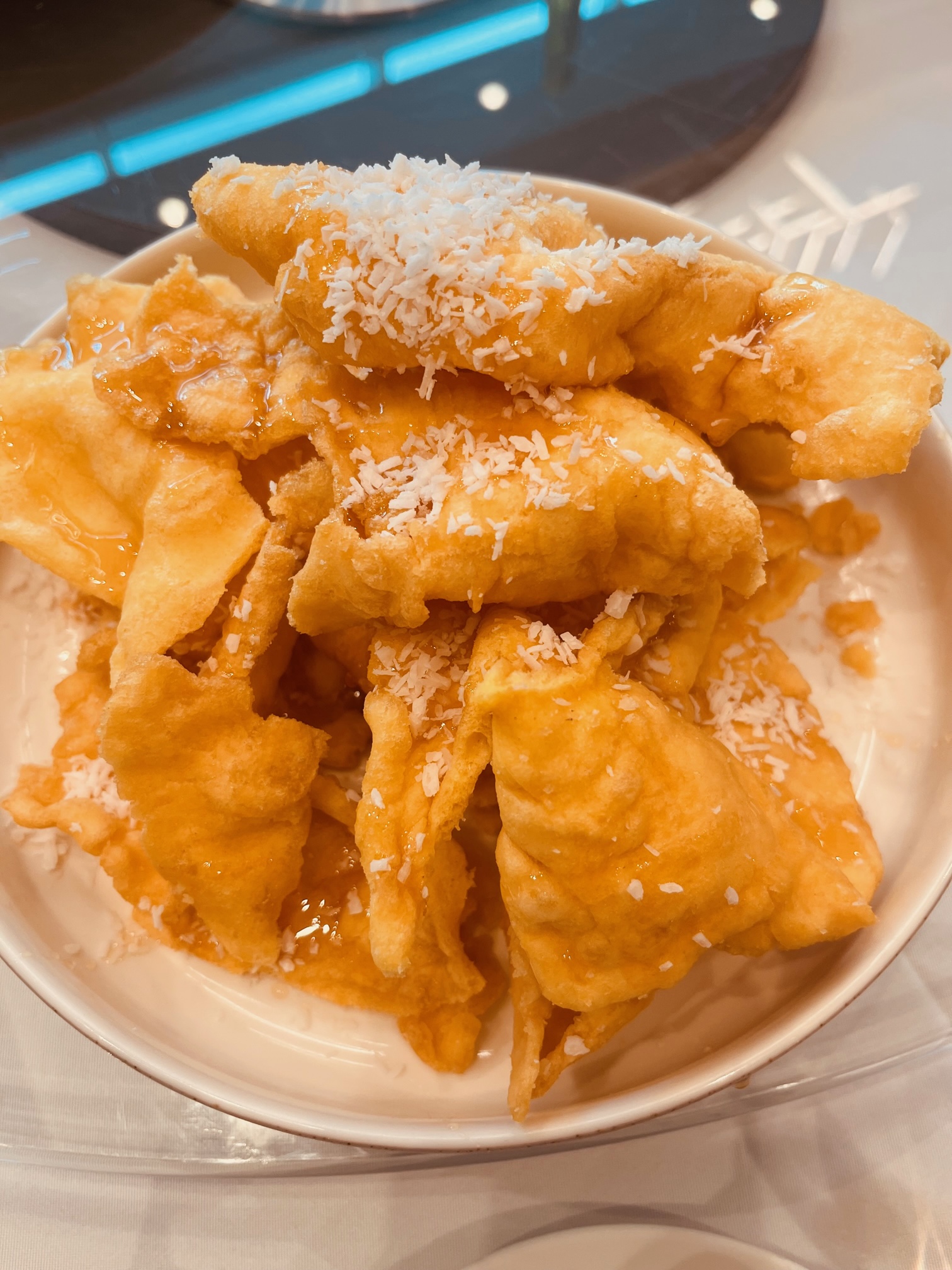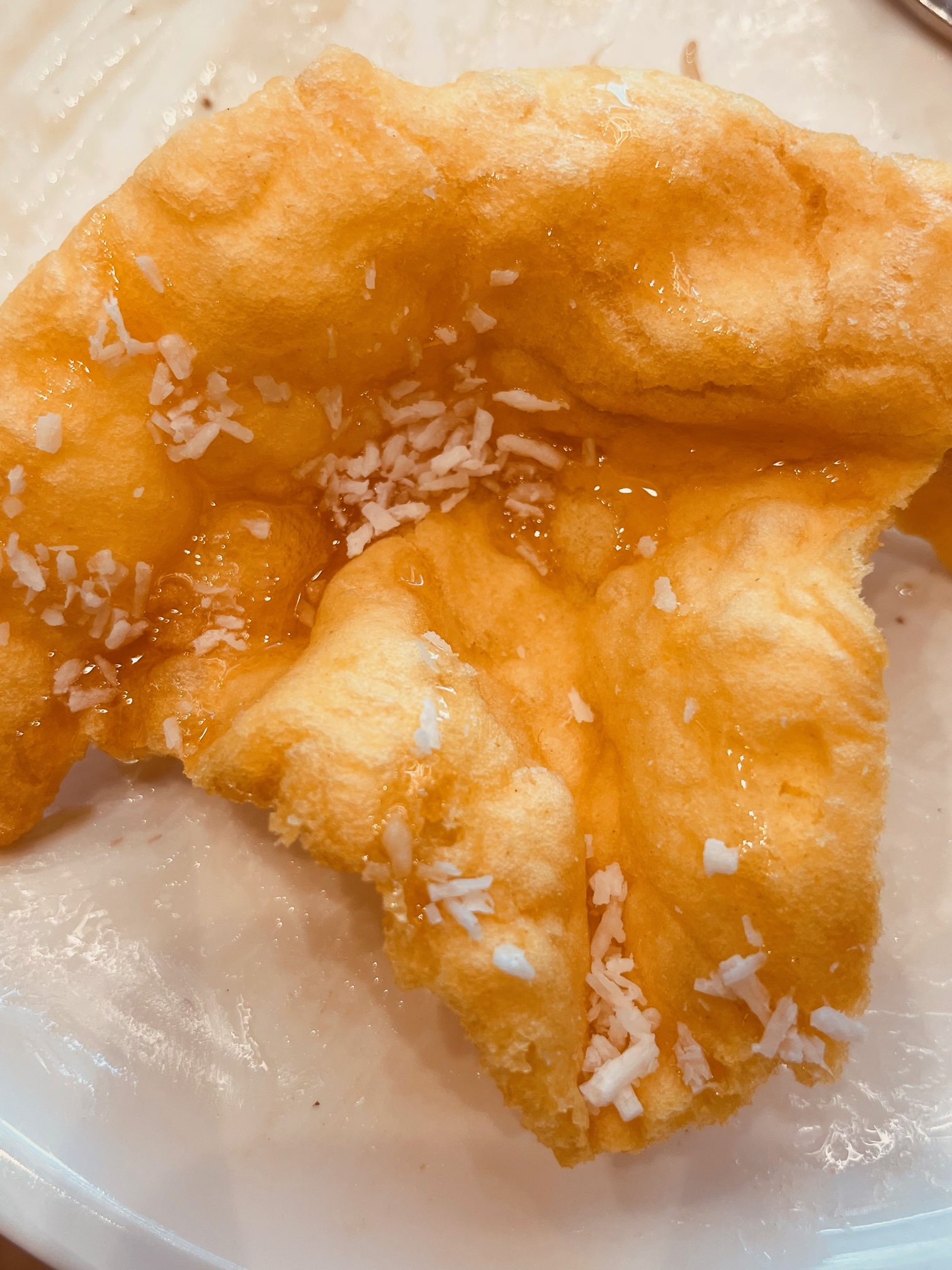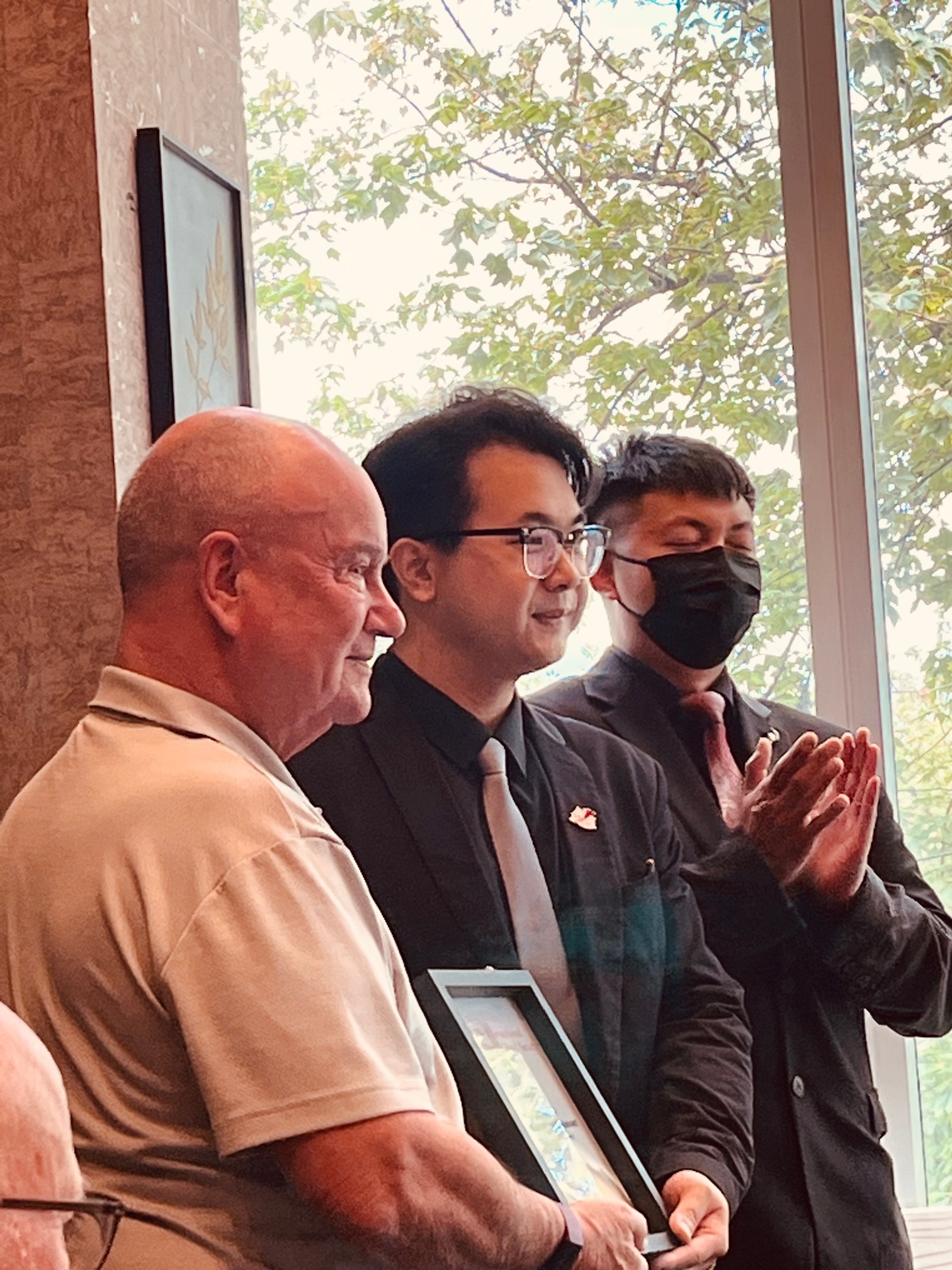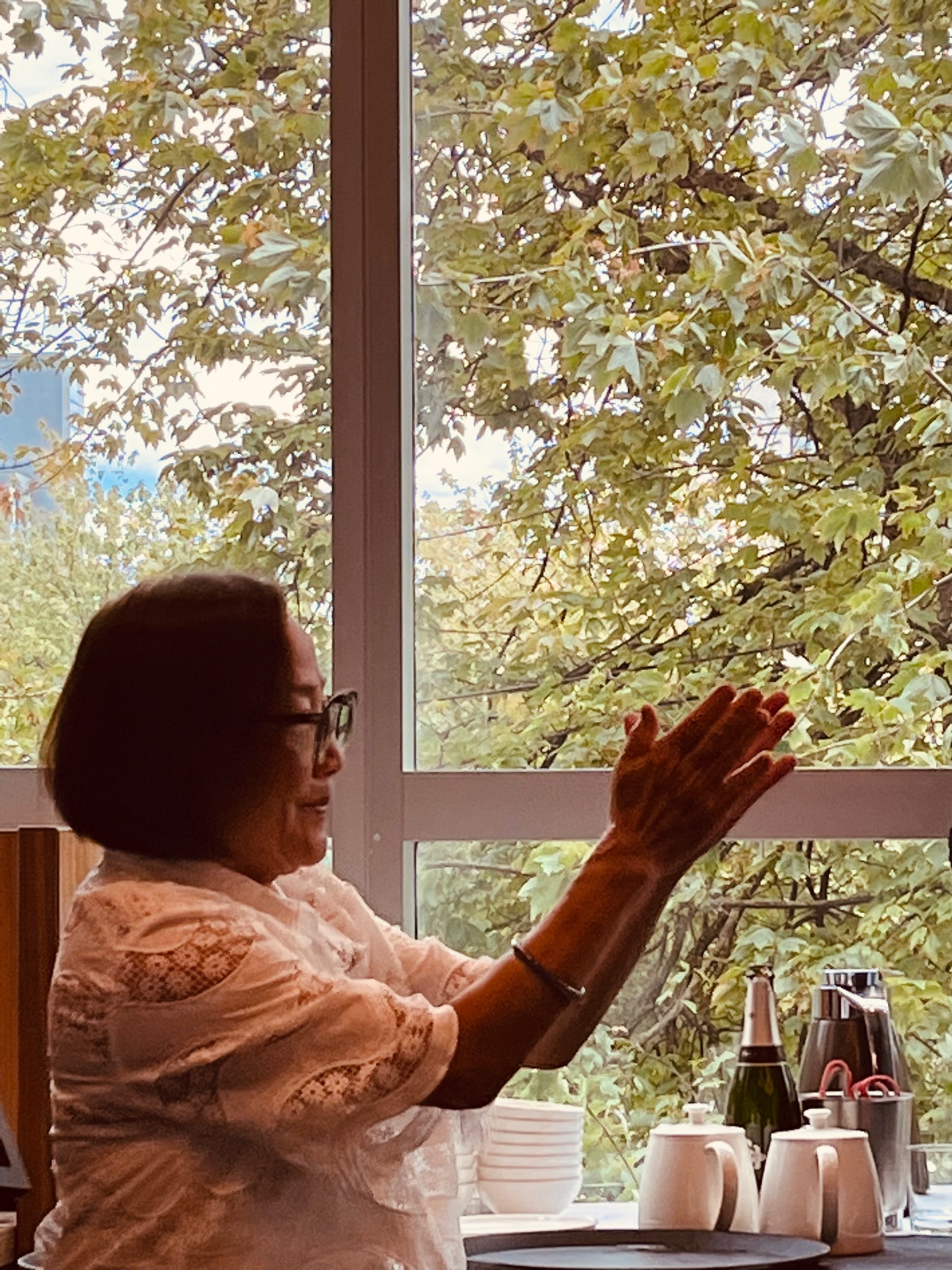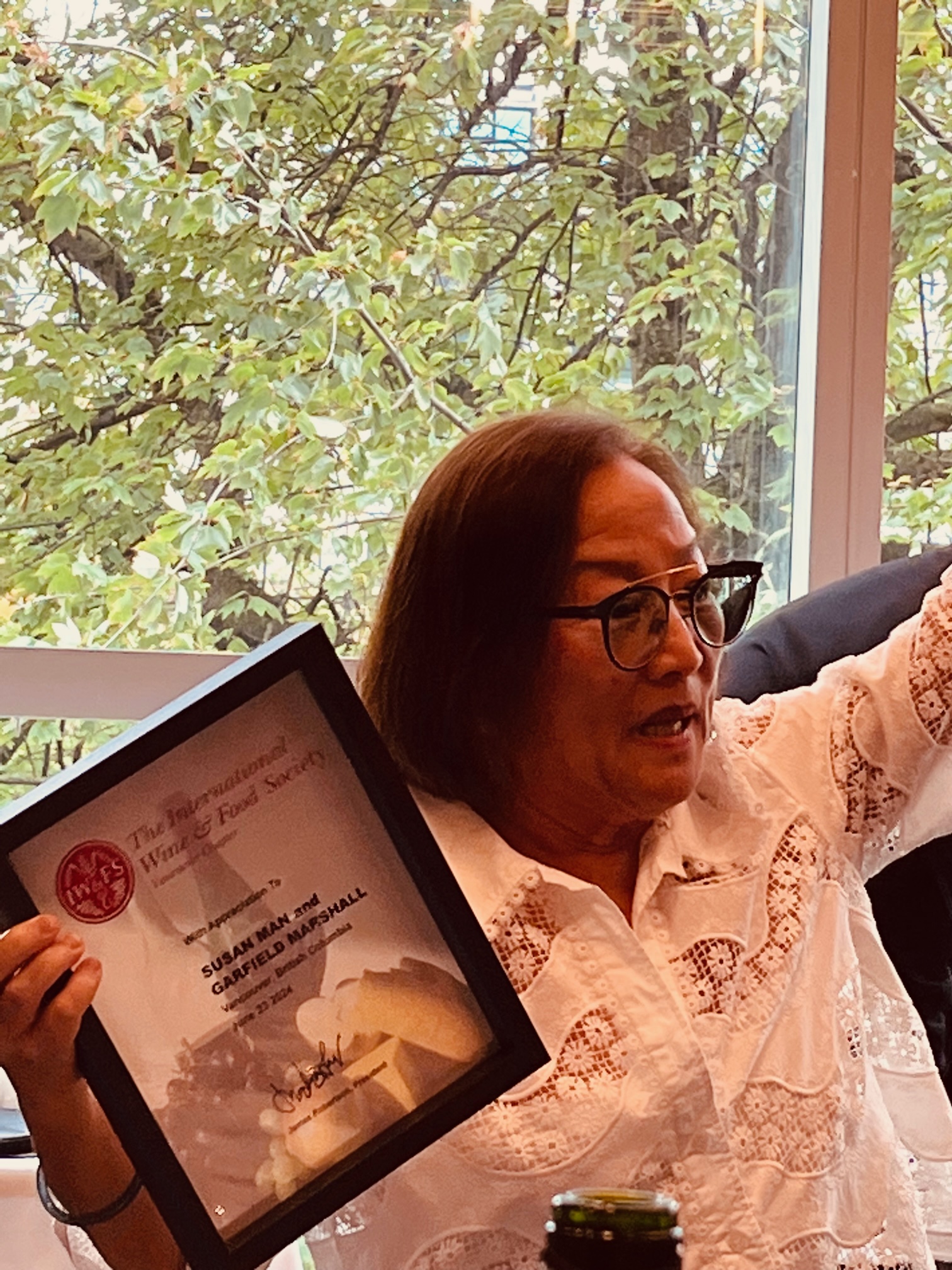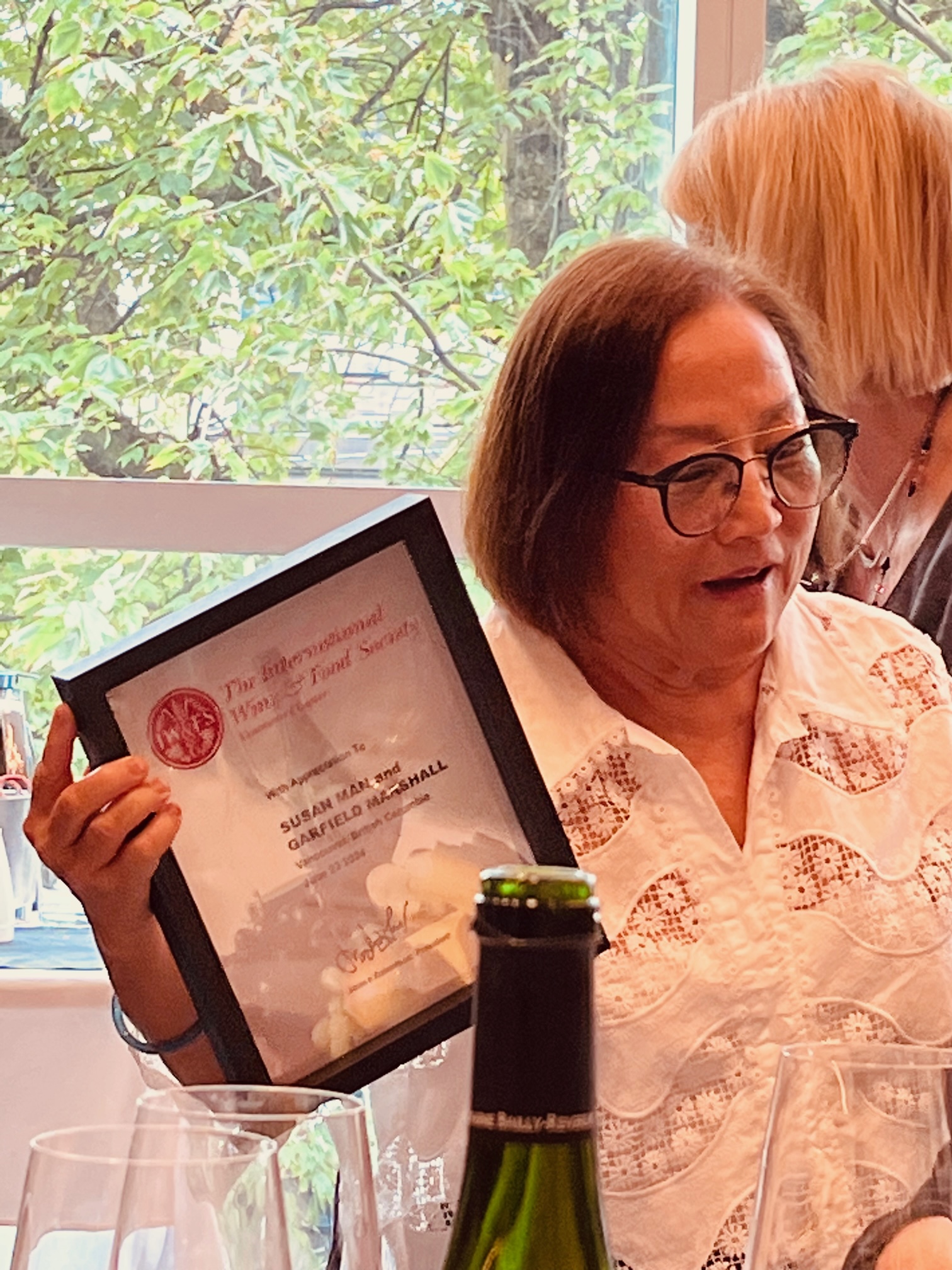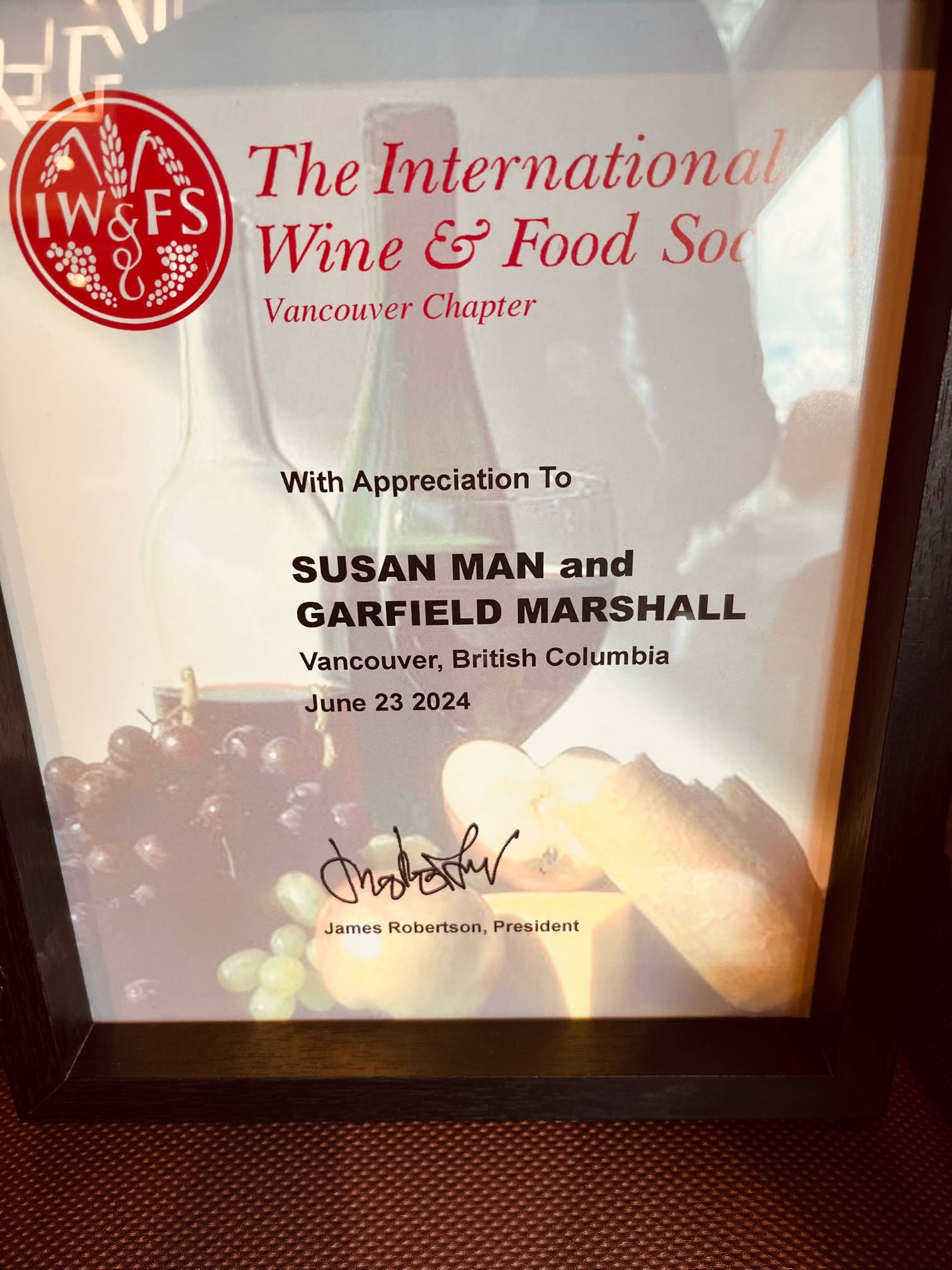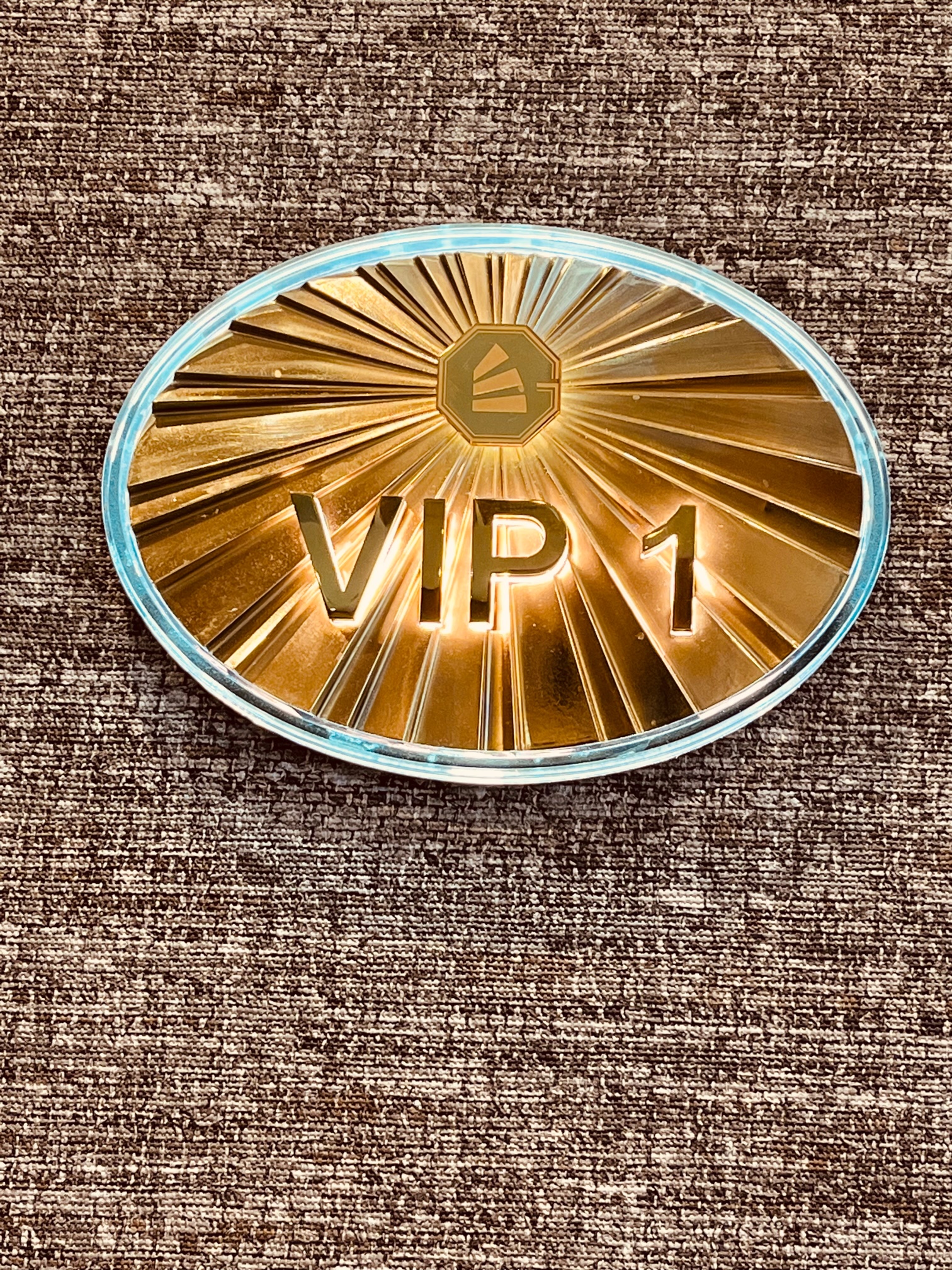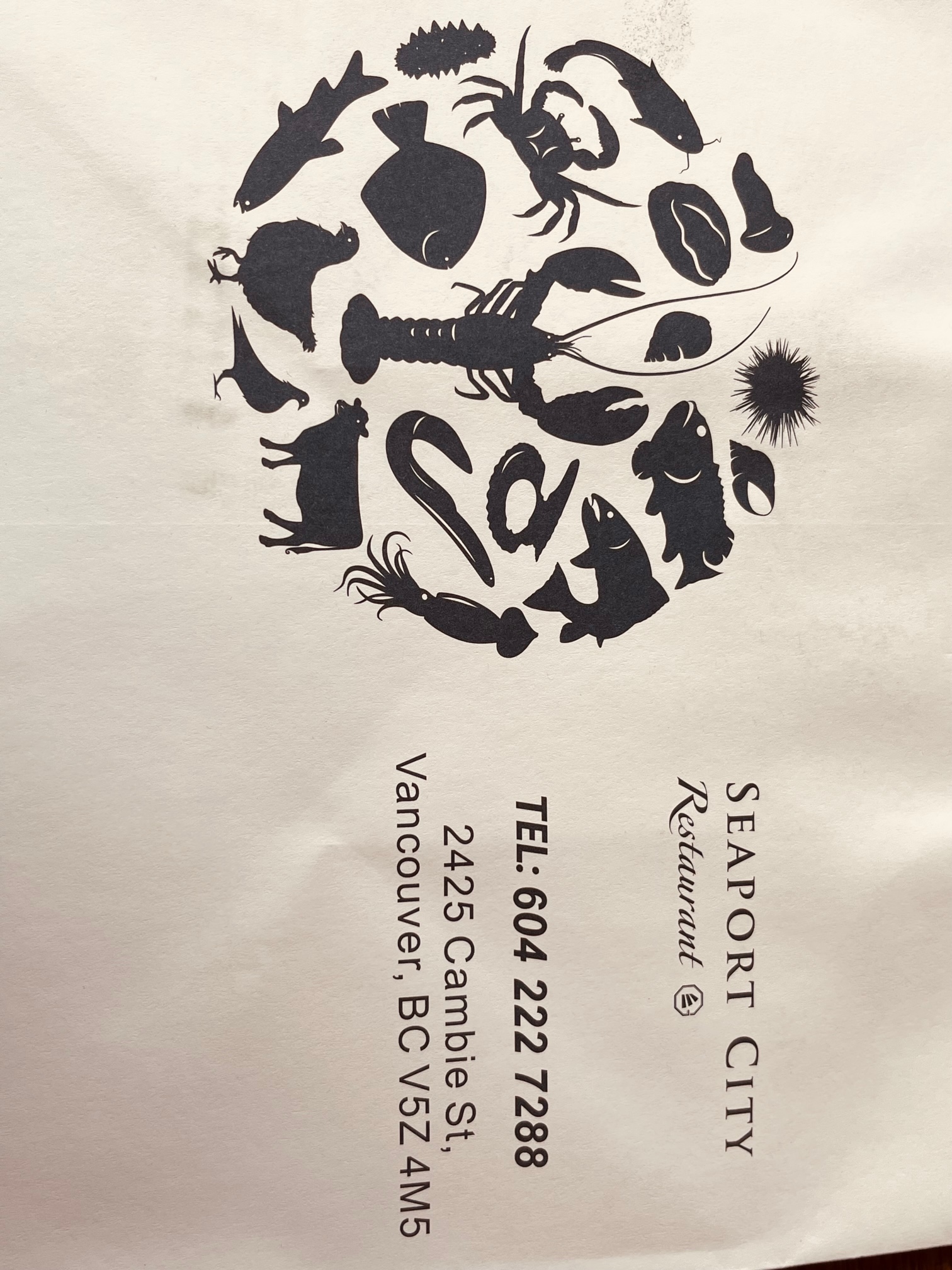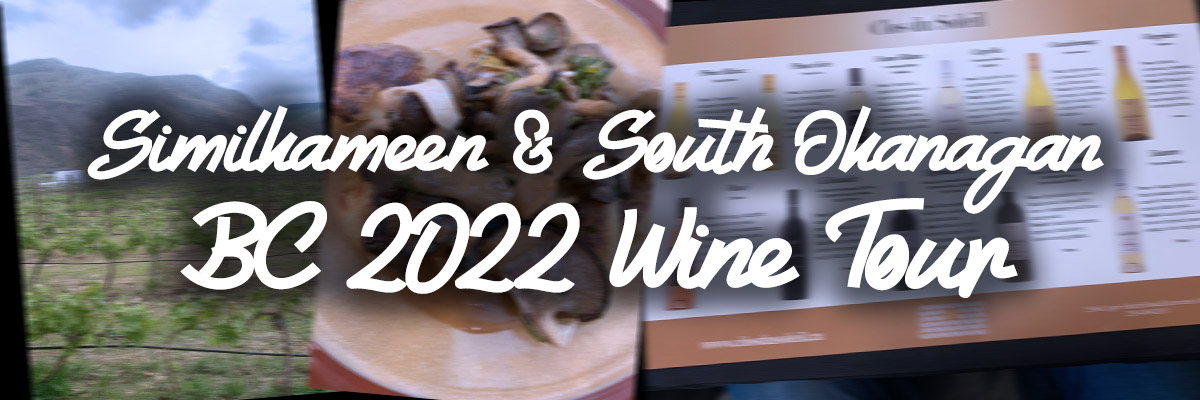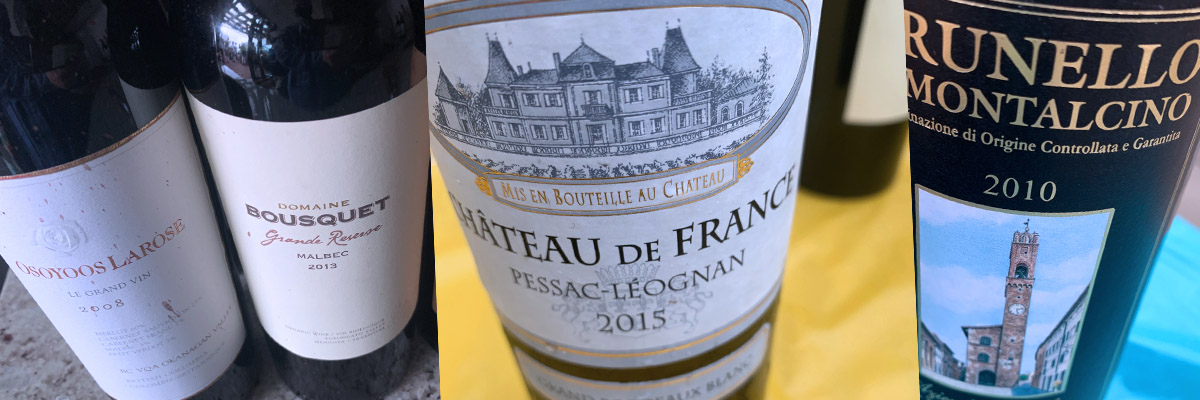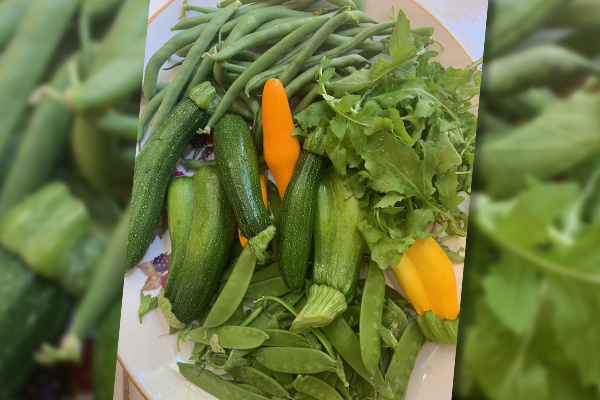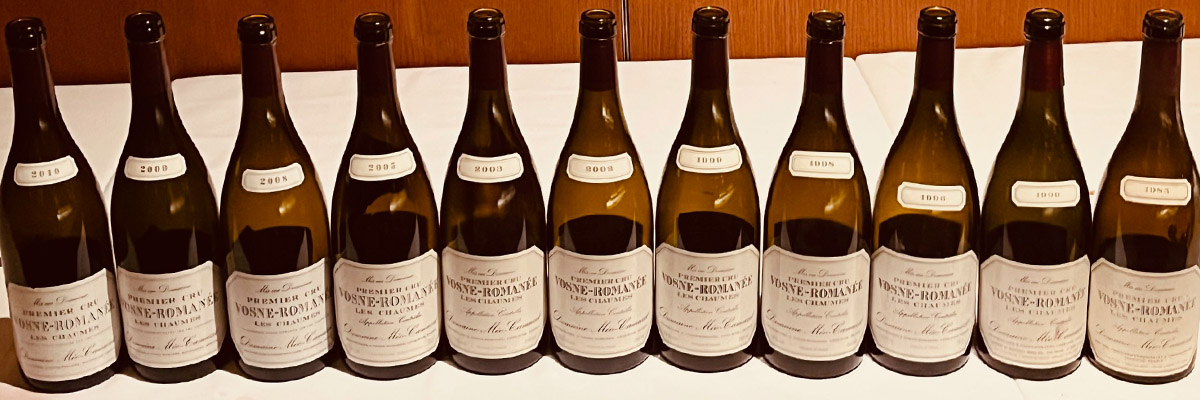
We are fortunate in Vancouver to have the wonderful wine meetings of the Group of Eight – many of them posted here on this Blog. We just enjoyed #122 on July 2nd at Blue Water Cafe over a dinner featuring a 11 vintage vertical of hard to find Vosne-Romanee Les Chaumes 1er Cru from Meo-Camuzet. Our story reminds your scribe of sharing wine experiences over time similar to those related in the interesting book “The Bordeaux Club” (1949-2019) by Neil McKendrick released by Academie du Vin Library. A highly recommended read. Our Group of eight is led by Ian Mottershead an experienced very knowledgeable aficionado of the finest wines in the world. Most remarkable is his foresight in collecting many outstanding bottles and his generous willingness to kindly share them with other enthusiastic members of this group. Such an amazing vertical wine experience would not be possible without him. Memorable.
This event started with the historic VINTAGE 2008 DOM PERIGNON BRUT. They describe it as a “Tale of a Vision shared by Richard Geoffroy and Vincent Chaperon, a complete Dialogue between two men and Nature”. This Legacy Edition is already impressive indeed with a vibrant freshness yet a rich creaminess that continues with time to evolve with more complexity.
Our main focus was on a so-called “lesser” Premier Cru of Vosne-Romanee named Les Chaumes from the respected producer Meo-Camuzet. Ian prepared for us a well researched Summary page of the region and aptly quoted “There are no common wines in Vosne”. Les Chaumes though is lower down the slope in the SW corner of Vosne with more clay and alluvial soils in the two plots of Meo-Camuzet planted in the late fifties and seventies. The founder in 1902 was Etienne Camuzet followed by Jean Meo (1969-1984) and the Domaine name changed in 1981 from Camuzet to Meo-Camuzet. Iconic winemaker Henri Jayer (1922-2006) worked for them including the 1945 vintage and retired in 1988. He provided valuable mentorship over 3 years to the present winemaker Jean-Nicolas Meo. Henri Jayer was a strong advocate against the inclusion of whole bunches & stems in the fermentation process. Jean-Nicolas has followed that generally but is using more experimentation with stems like 10% in 2017 Cros Parantoux & 15% in 2010 Les Chaumes – the first wine of this vertical. Some brief comments:
2010 VOSNE-ROMANEE LES CHAUMES MEO-CAMUZET Small crop. Less red colour depth pale rim – possibly because of stems addition. Fresh, more elegant with some charm but leaner than expected. Approachable. Slightly disappoints. Question mark. Try again.
2009 VOSNE-ROMANEE LES CHAUMES MEO-CAMUZET Deep dark red to the edge. Riper richer fuller fruit at 13.5 abv. but better structure than expected. Give more time.
2008 VOSNE-ROMANEE LES CHAUMES MEO-CAMUZET Lively vibrancy but a bit too much acidity for the fruit. Refreshing with the tasty grilled langoustine course.
2005 VOSNE-ROMANEE LES CHAUMES MEO-CAMUZET Most colour depth of the first flight at 13 abv. Best stylish aromas with perfect balanced structure for longer classic aging. Developing silky textures already. Impressive.
2003 VOSNE-ROMANEE LES CHAUMES MEO-CAMUZET Heat waves produced more concentrated wines. Some earthy figgy fruit here but not raisiny. Not too big. Surprise of the first flight.
2002 VOSNE-ROMANEE LES CHAUMES MEO-CAMUZET Perfumes. Purity of floral delicate fruit is lovely. Beautiful grace, finesse, and elegance of the terroir even at 13.5 abv
1999 VOSNE-ROMANEE LES CHAUMES MEO-CAMUZET Darker with more intensity. Bit reluctant on the nose but developed well in the glass and later on with airing. Admirable depth of excellent fruit with power at 13 abv. Would like to have bottles of this in the cellar. With patience this should be truly outstanding.
1998 VOSNE-ROMANEE LES CHAUMES MEO-CAMUZET More austere with lighter fruit statements. Floral but simpler and ready to start drinking now.
1996 VOSNE-ROMANEE LES CHAUMES MEO-CAMUZET Deeper look than 1998 but rather stewed pinot noir. Perhaps picked too late or used too much extraction? Thinking California but like their NICOLAS JAY Oregon project more than this bottle.
1990 VOSNE-ROMANEE LES CHAUMES MEO-CAMUZET A bit cloudy from sediment. Bigger roasted body but with less delicacy. Not singing presently. Aloof. Concentration of 13.3 abv shows potential. Popular among our group. My similar reaction to many 1990 red Burgundies – expecting other bottles and with more age to show better refinement.
1985 VOSNE-ROMANEE LES CHAUMES MEO-CAMUZET Bought from Martine Saunier as first vintage through Kermit Lynch imports. Initially had a BBQ overly smokey heavily charred oak burnt timbers nose. Too much. It had improved immensely at my Christmas dinner in 1996 against the same wine & vintage from Domaine Rion (showed less pinot variety more Rhone-like). Now nearing 40 years it is ready or past it but has that “Henri Jayer delicate” delicious drinking and different from the ten other ones but truly exquisite with magret de canard. Gives hope and promise to the other younger wines for further development in bottle.
2015 SCHARZHOFBERGER RIESLING AUSLESE EGON MULLER A young vibrant treasure at 7.5 abv. Long way to go for this outstanding Riesling. Also enjoyed the 1999 Auslese on October 8, 2022 in Germany with a more developed bouquet and richer flavours than 2015 but only at 8 abv. Love the intense fruit at low alcohol. Fond memories of visits to this property and enjoying a magnum of this vineyard as Trockenbeerenauslese 2005 at only 5.5 abv. No rush. Brilliant unique matching dessert with surprising flavour elements – including foie gras.
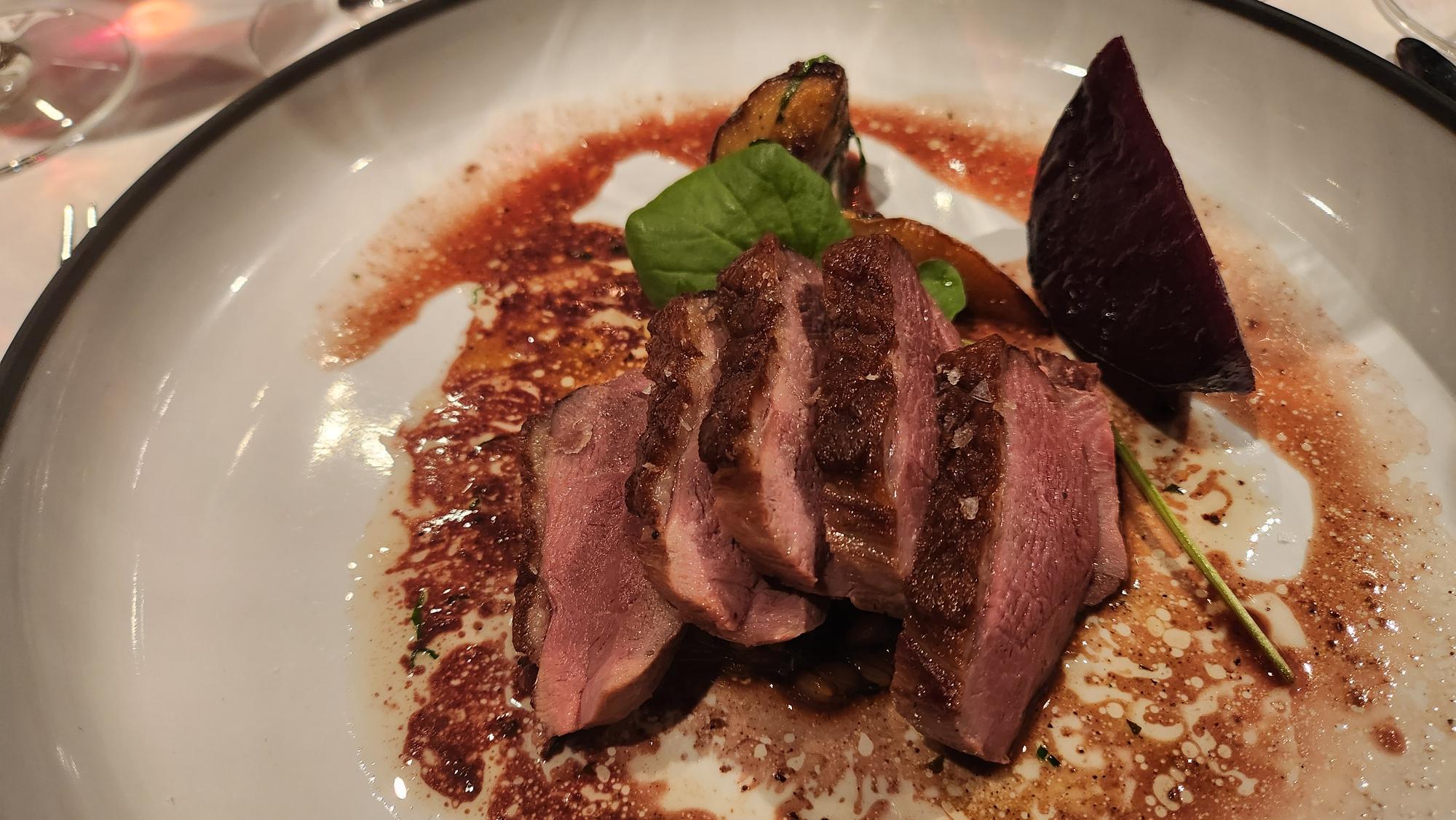
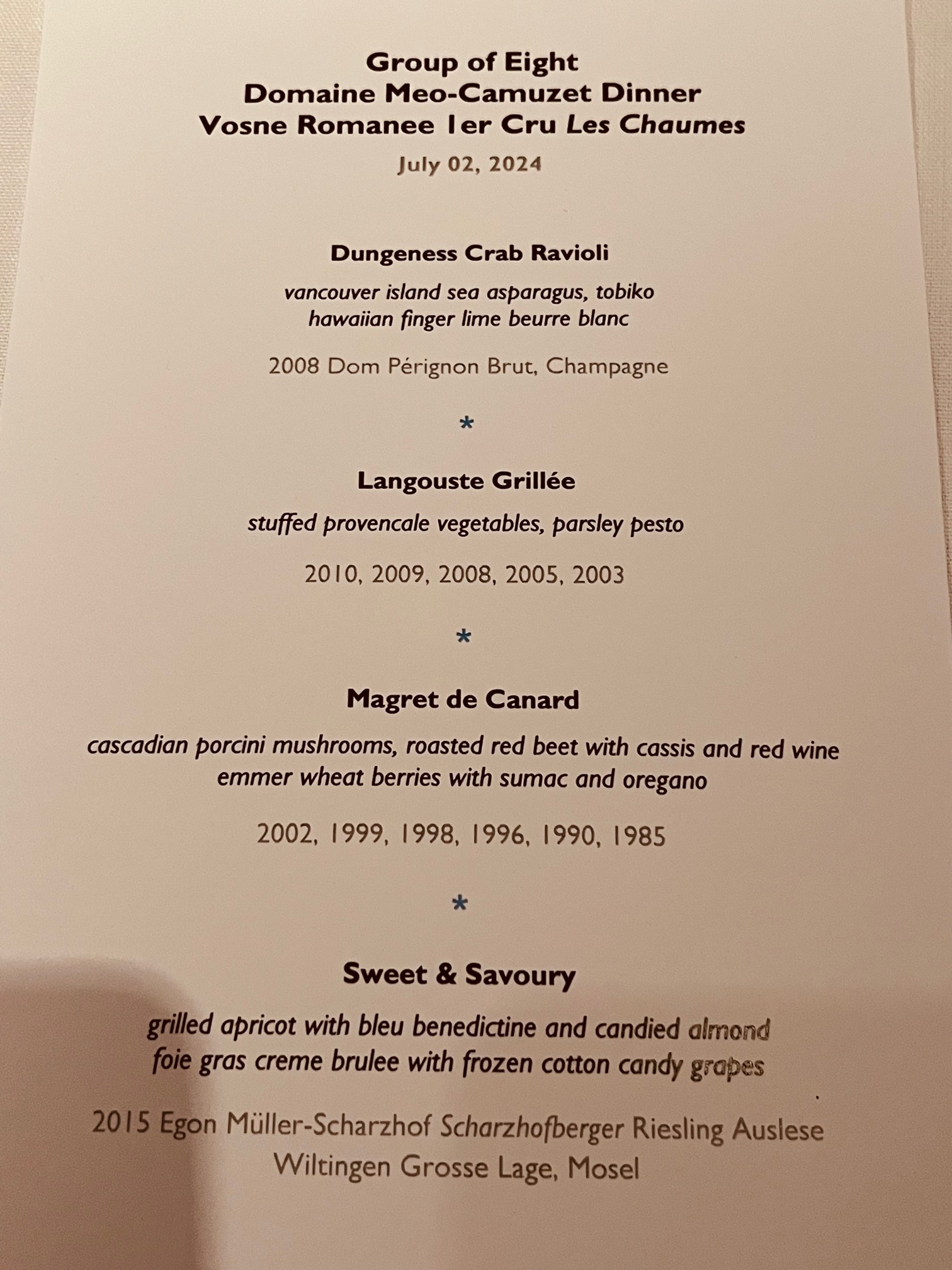
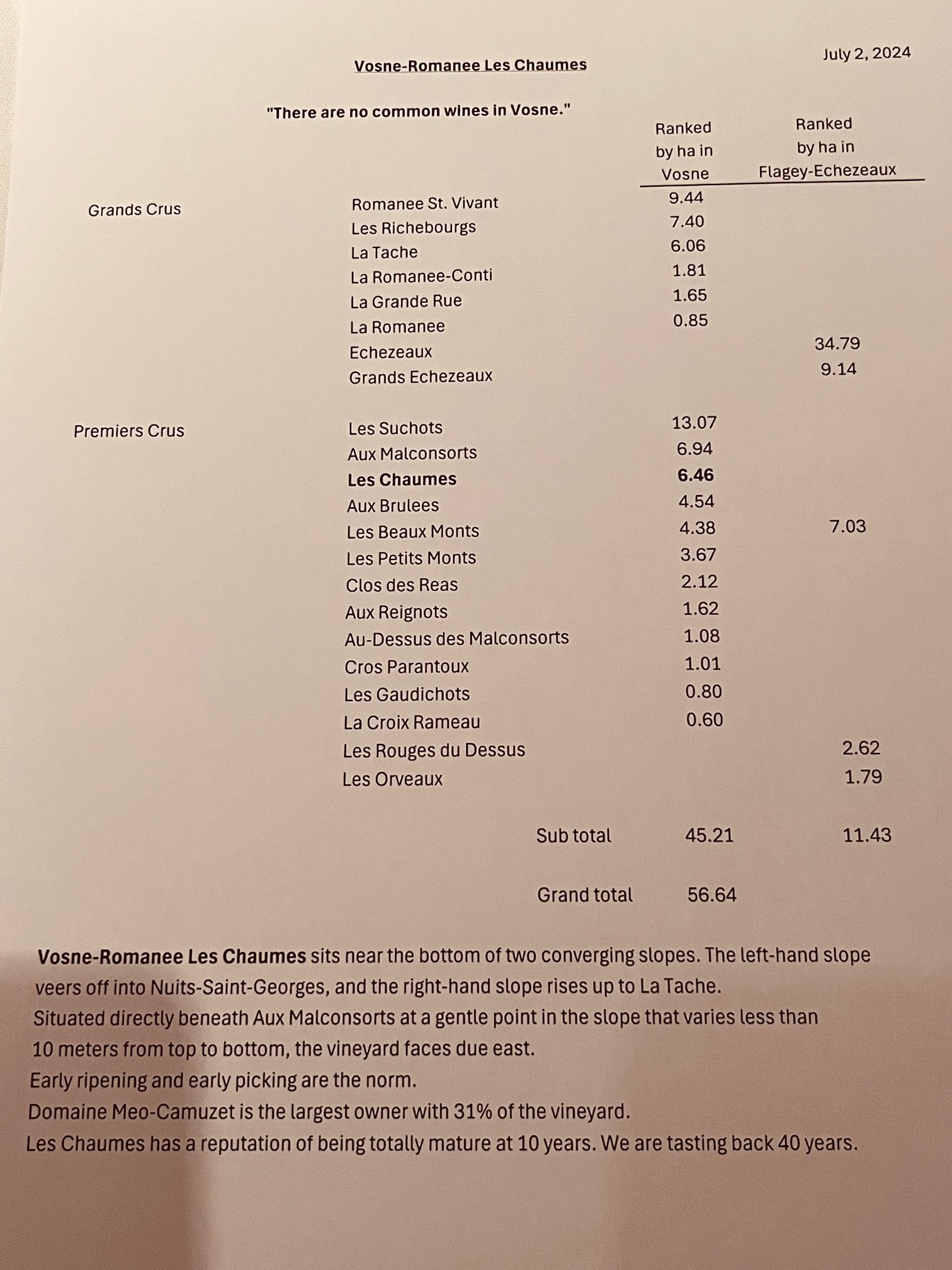
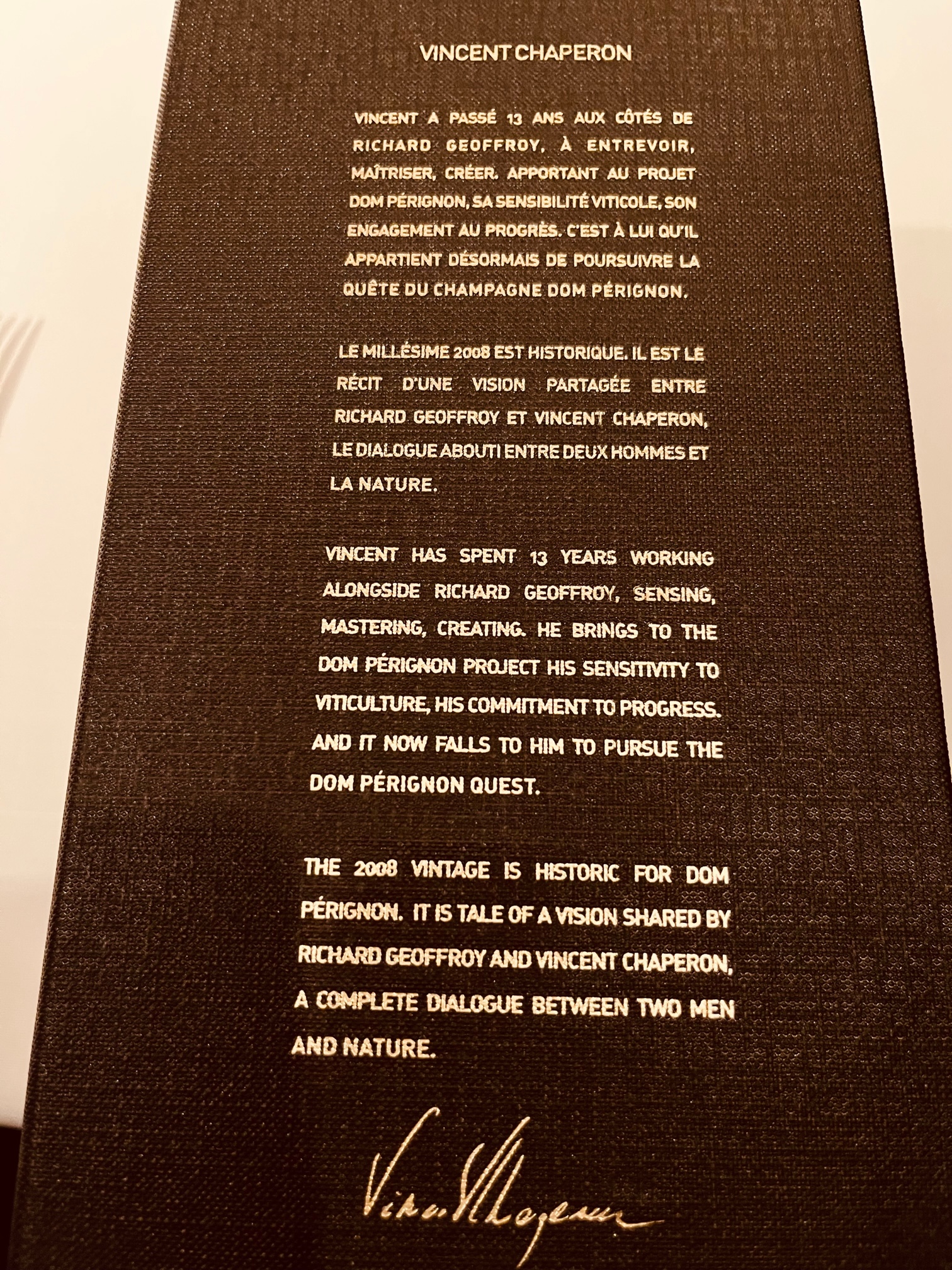
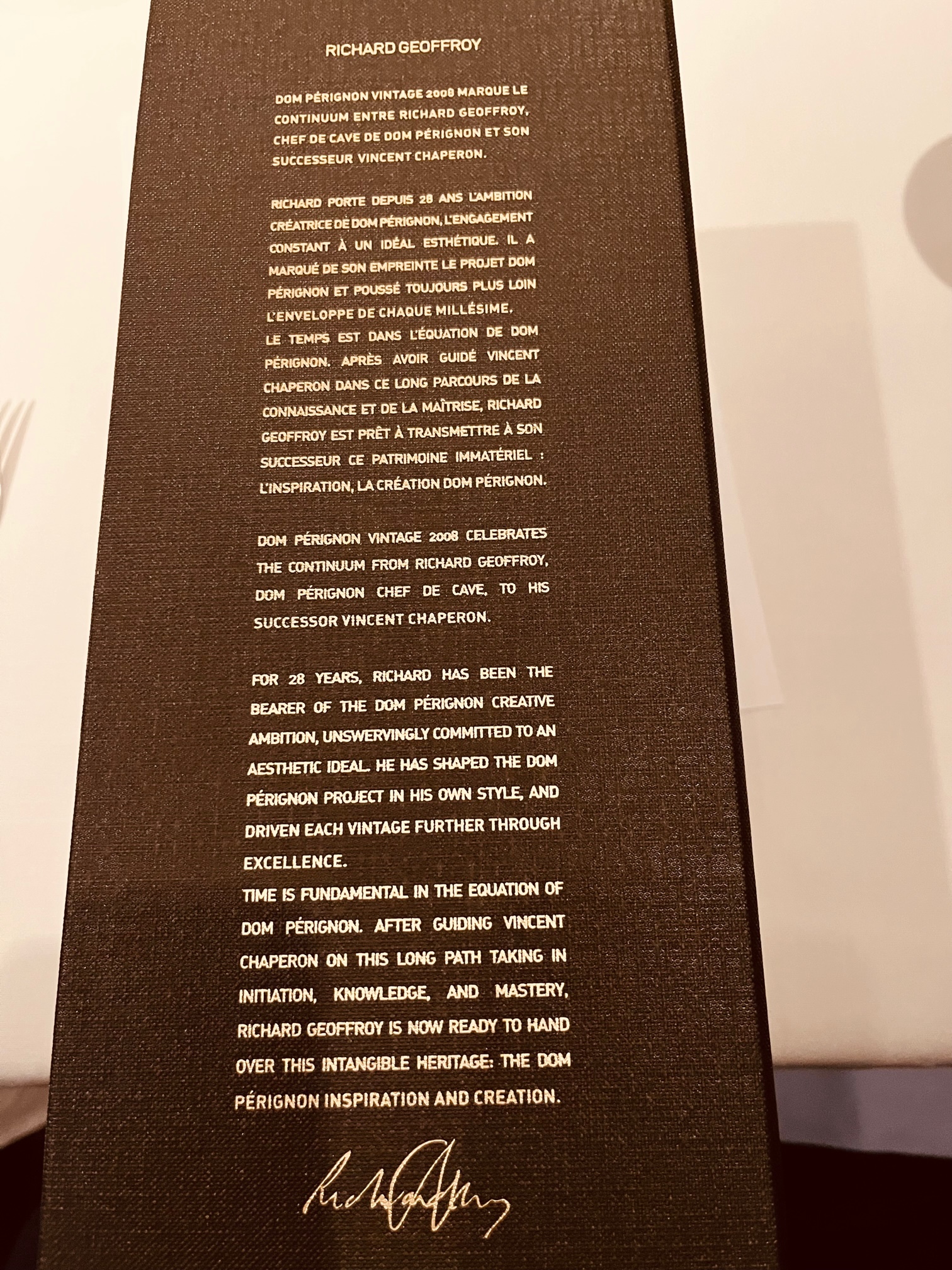
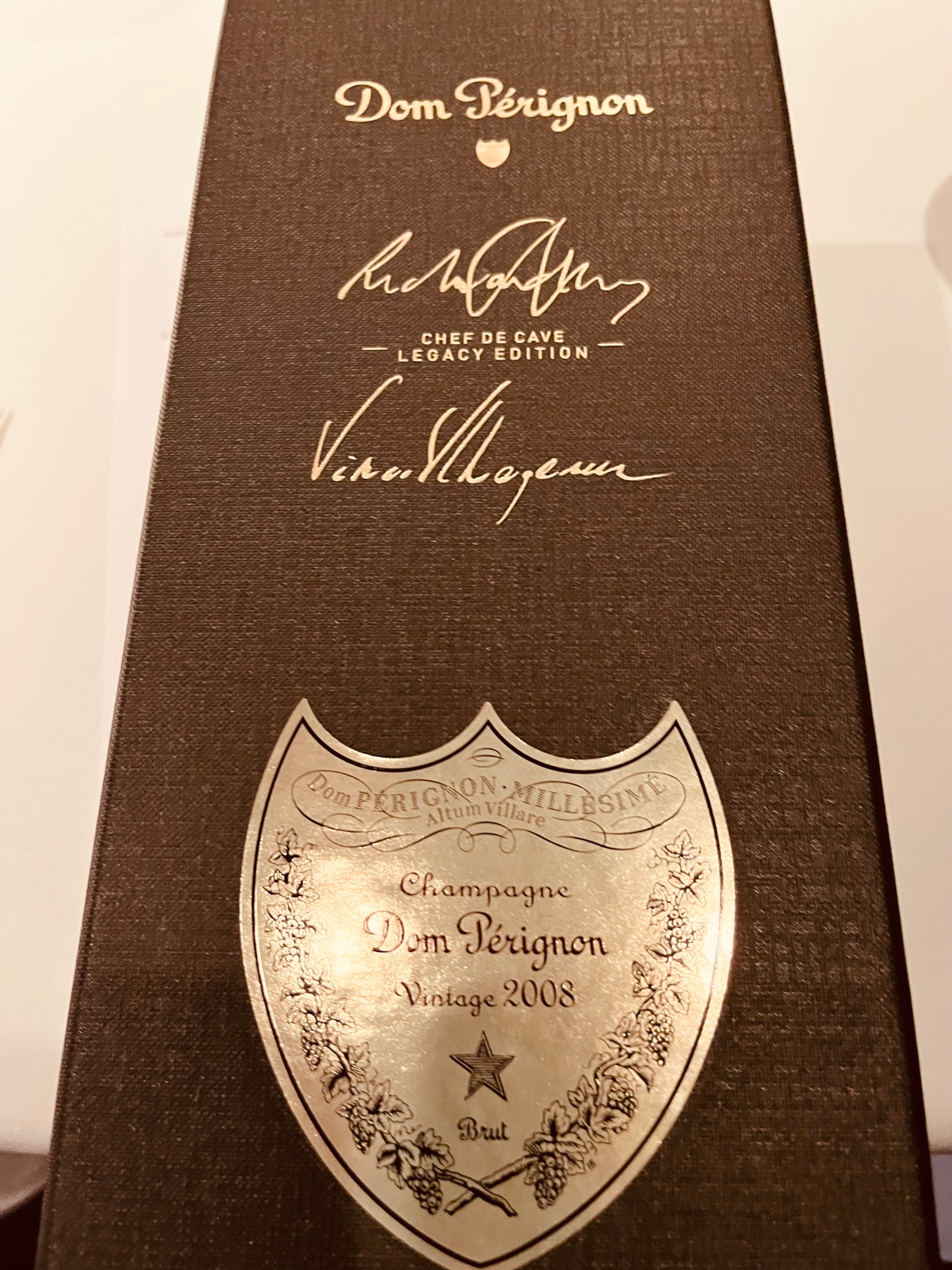
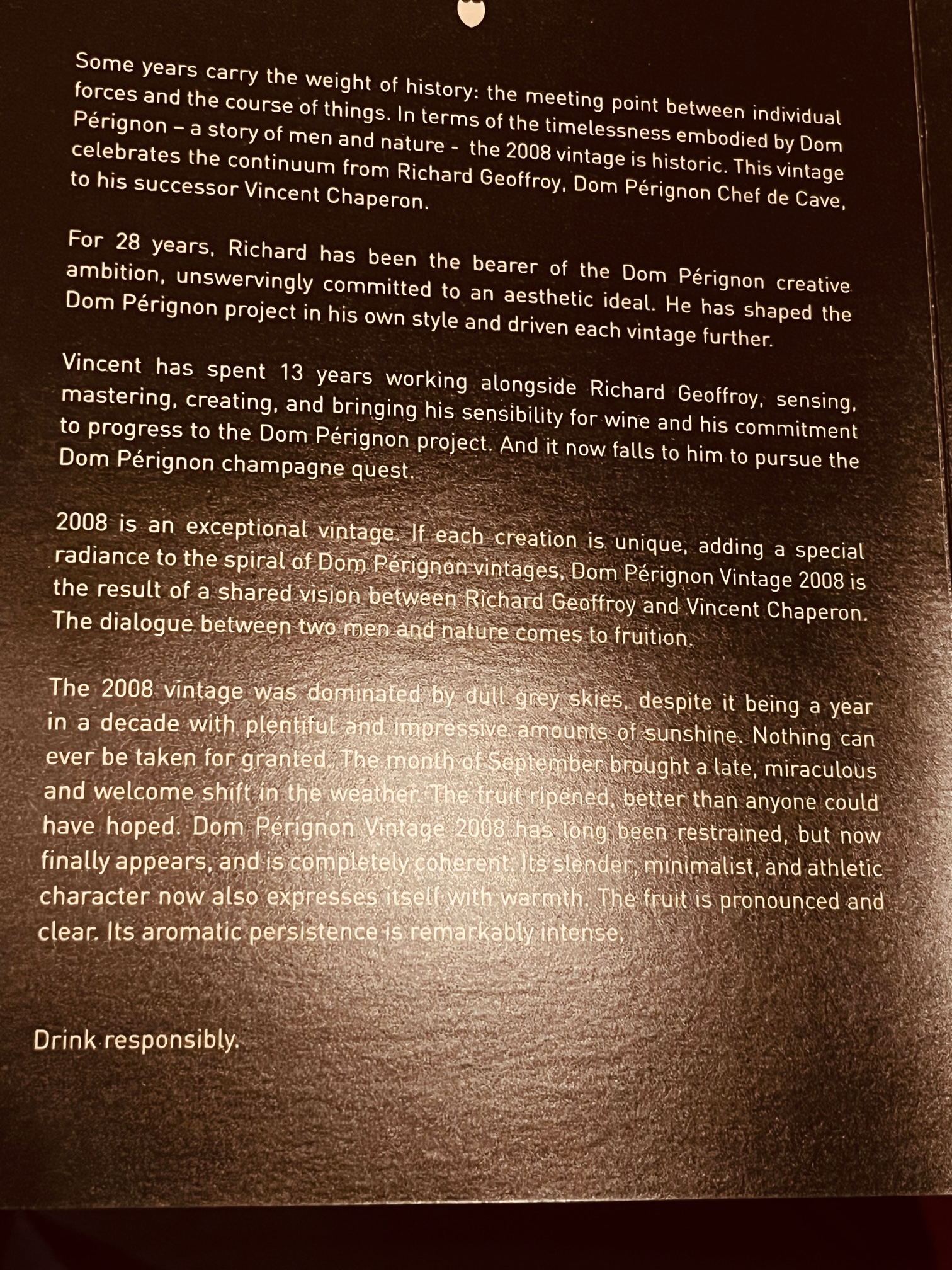
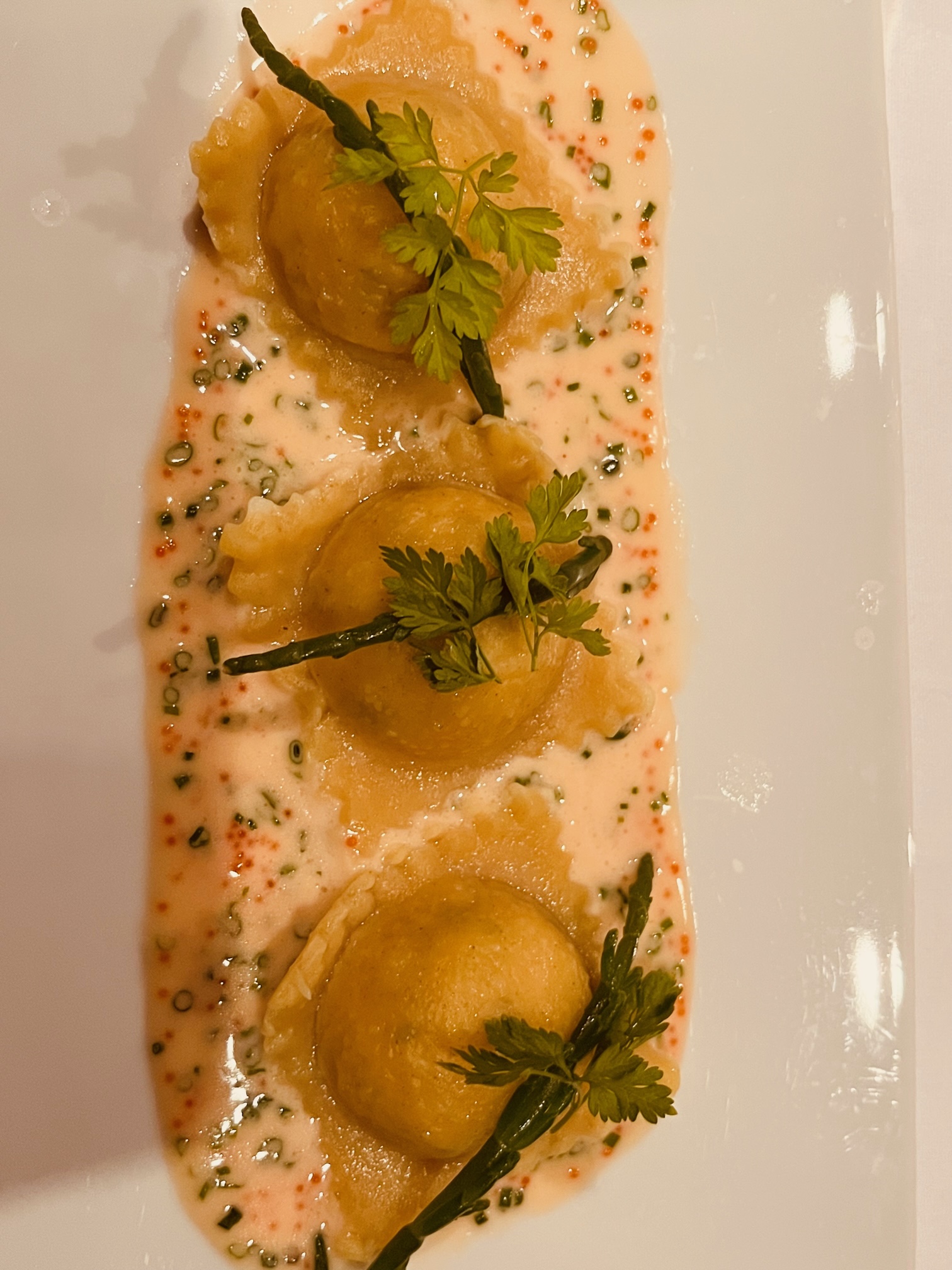
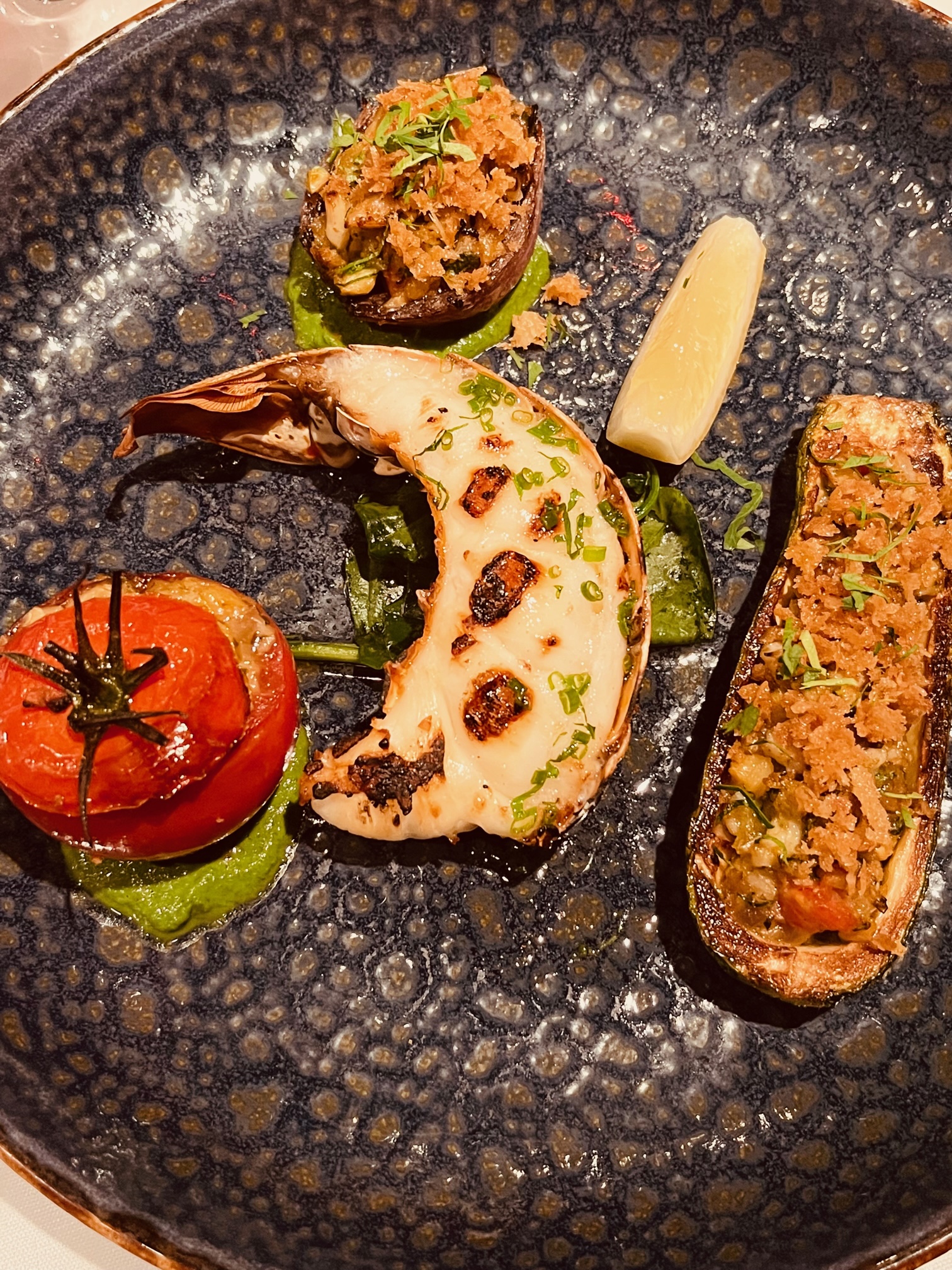
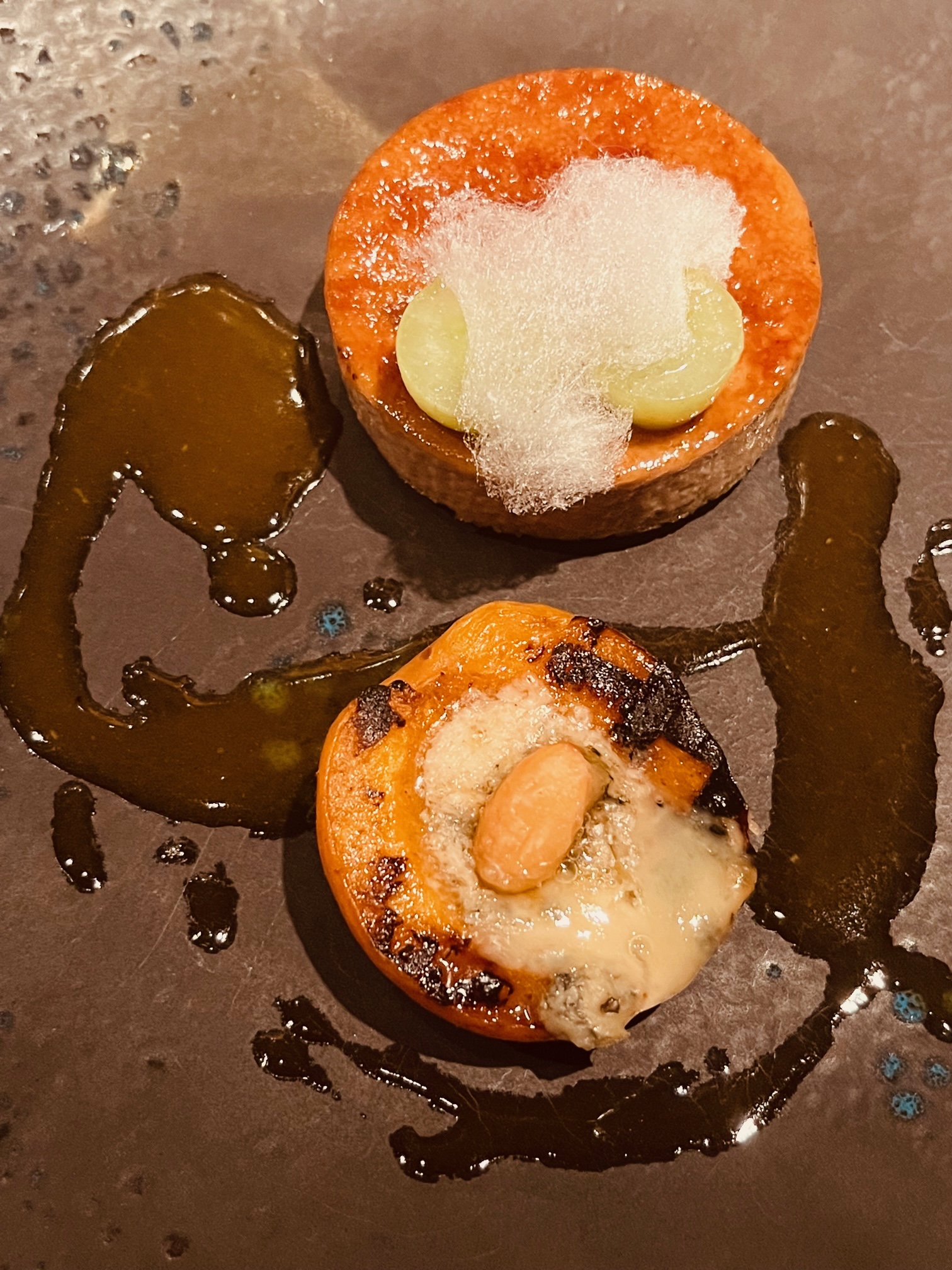
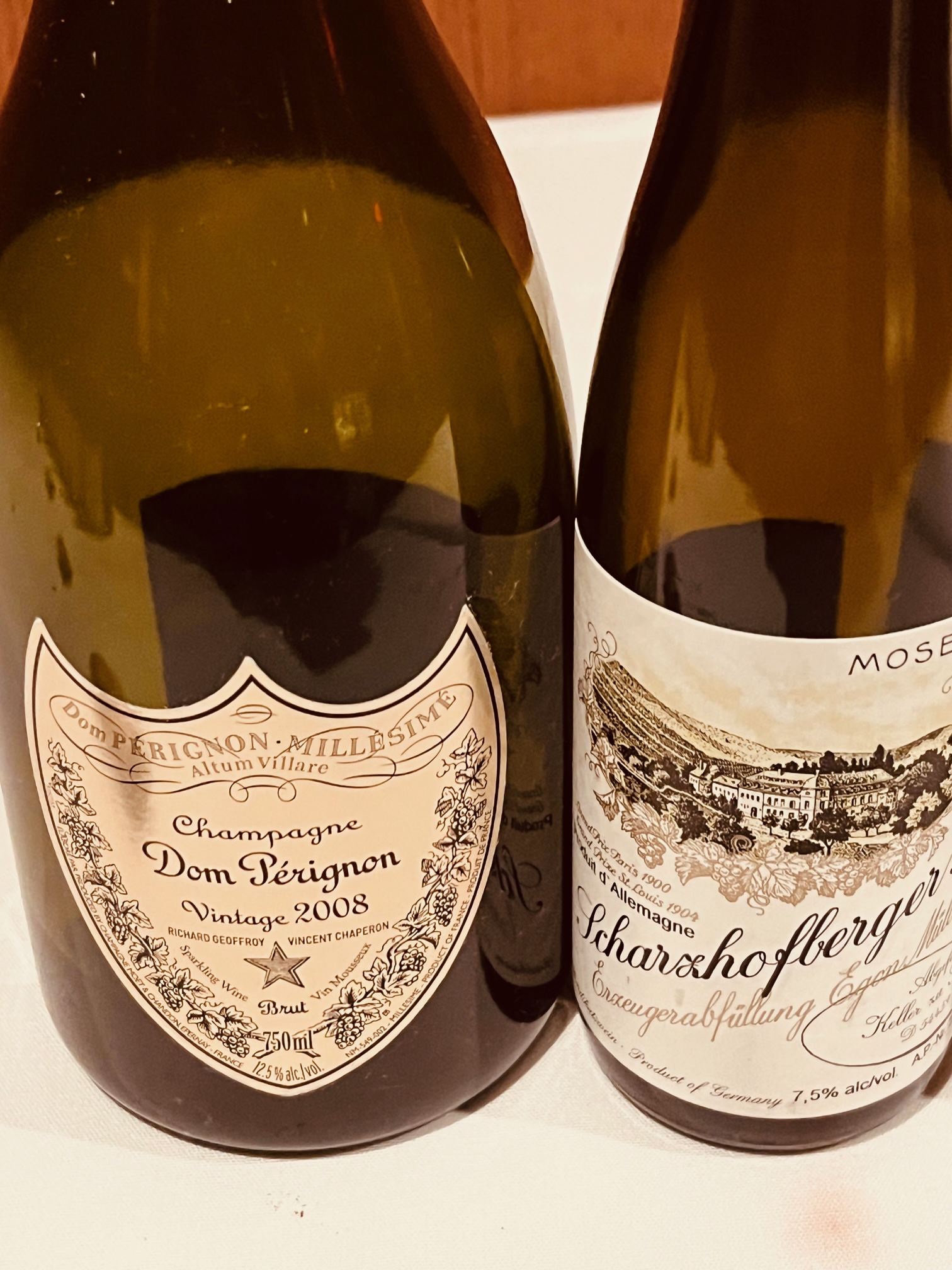
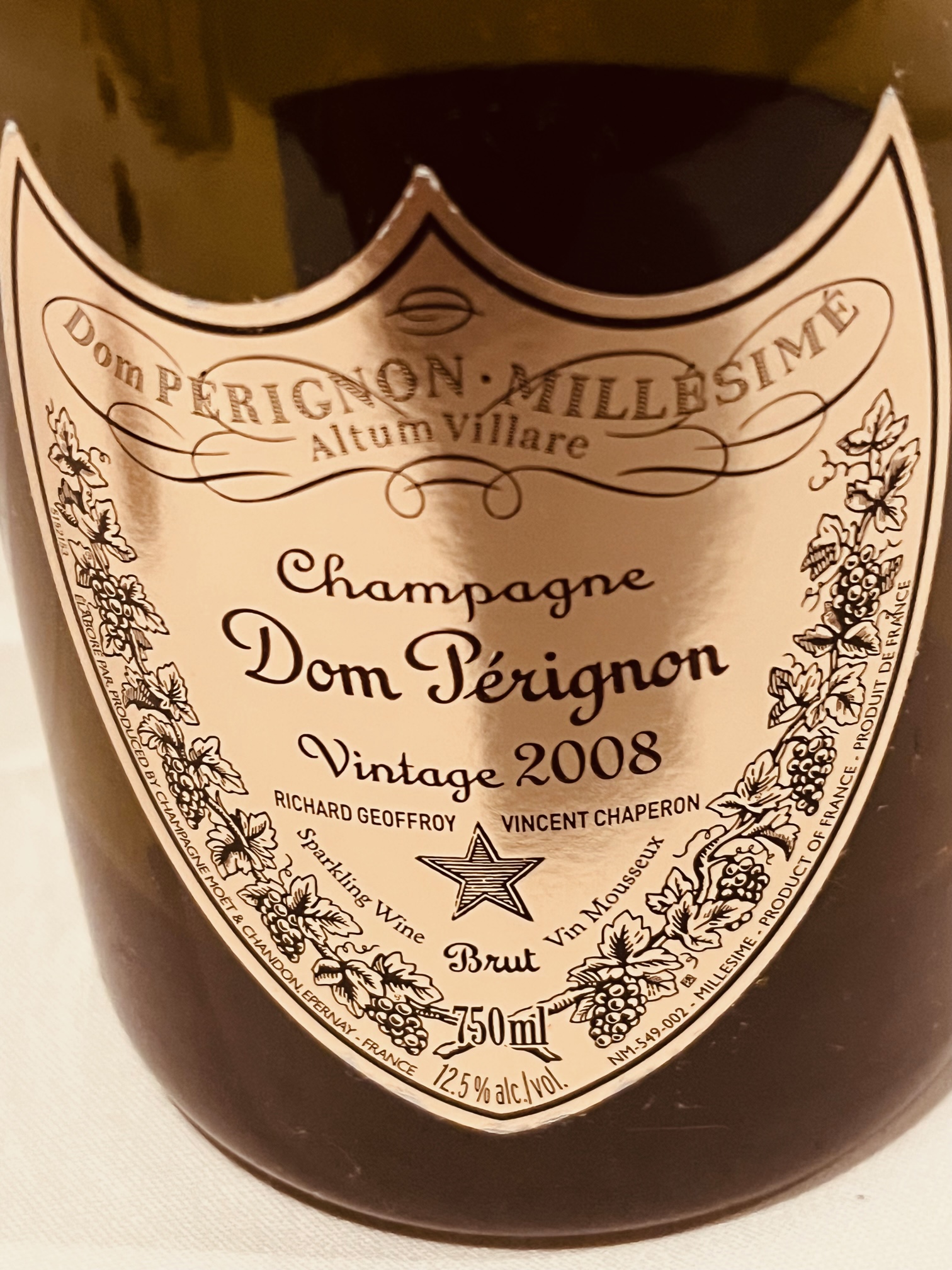
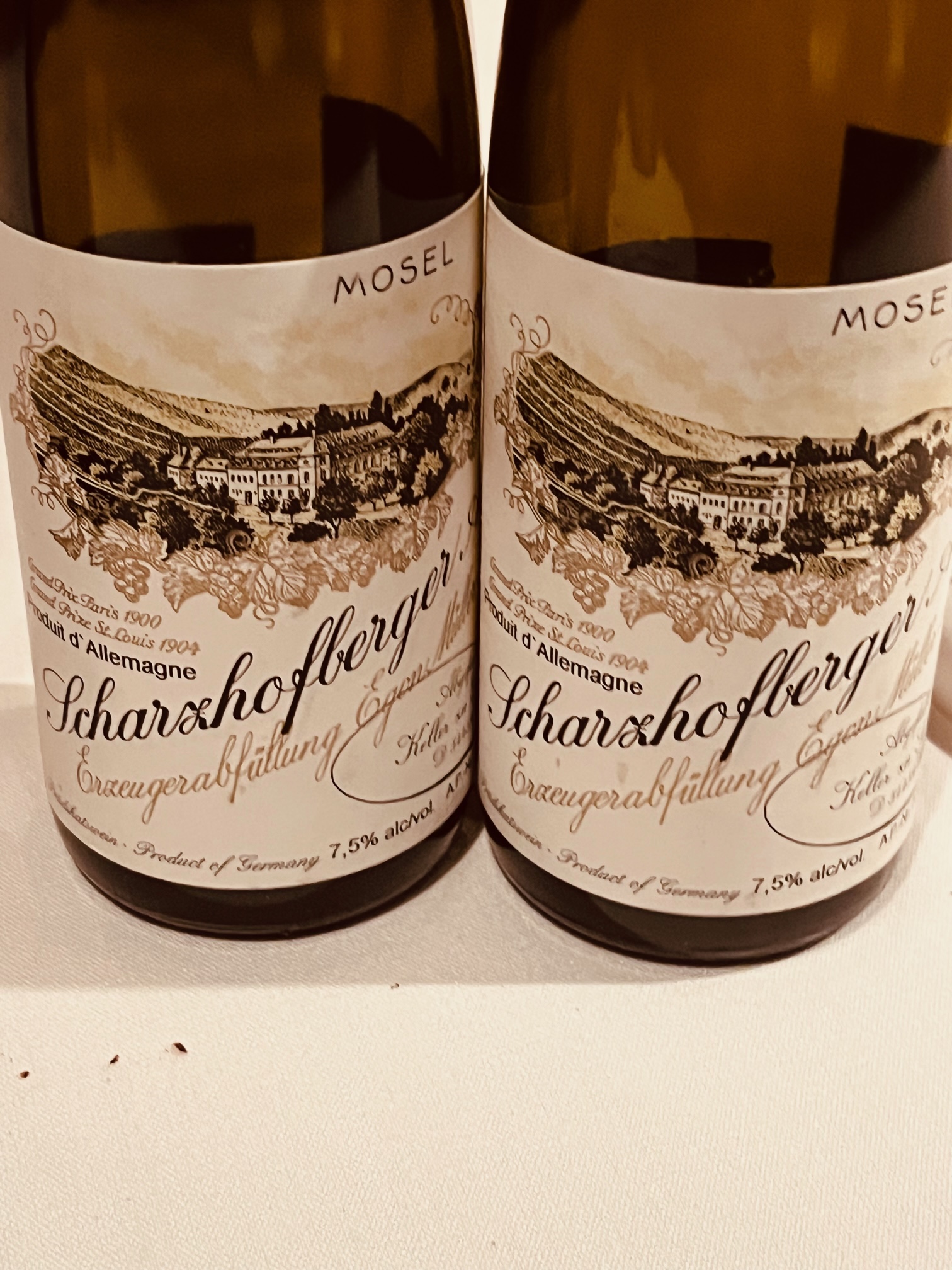
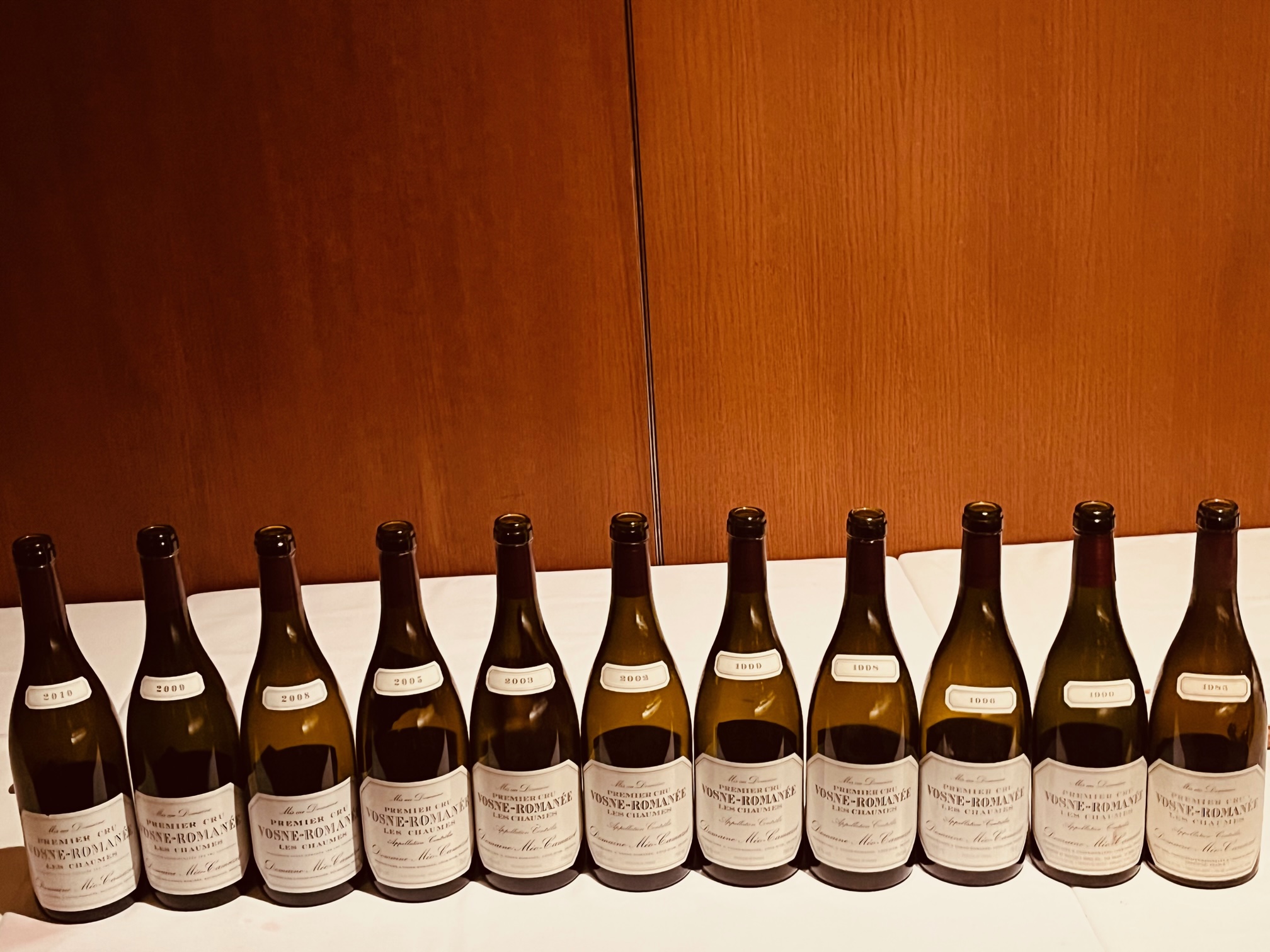
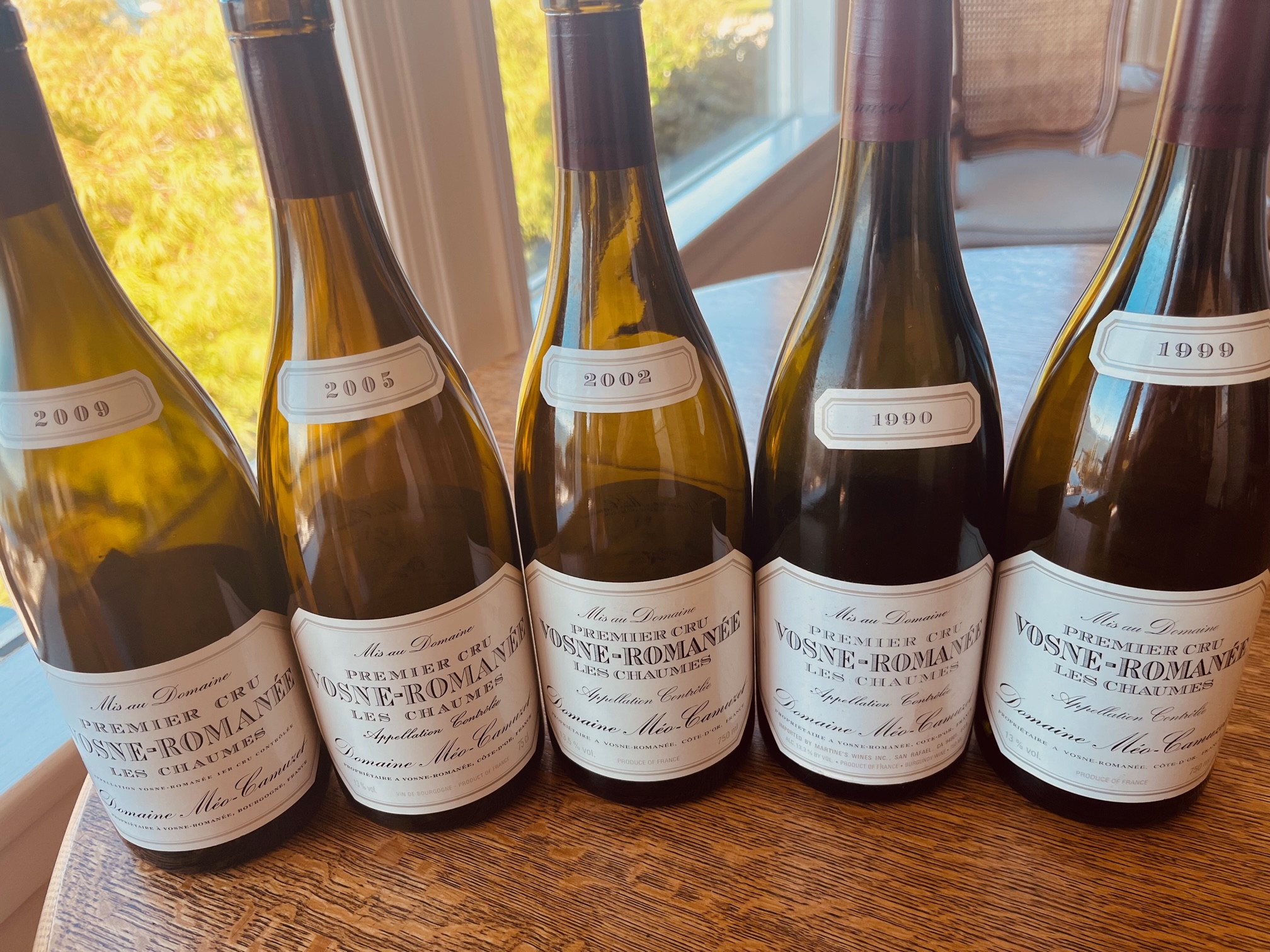
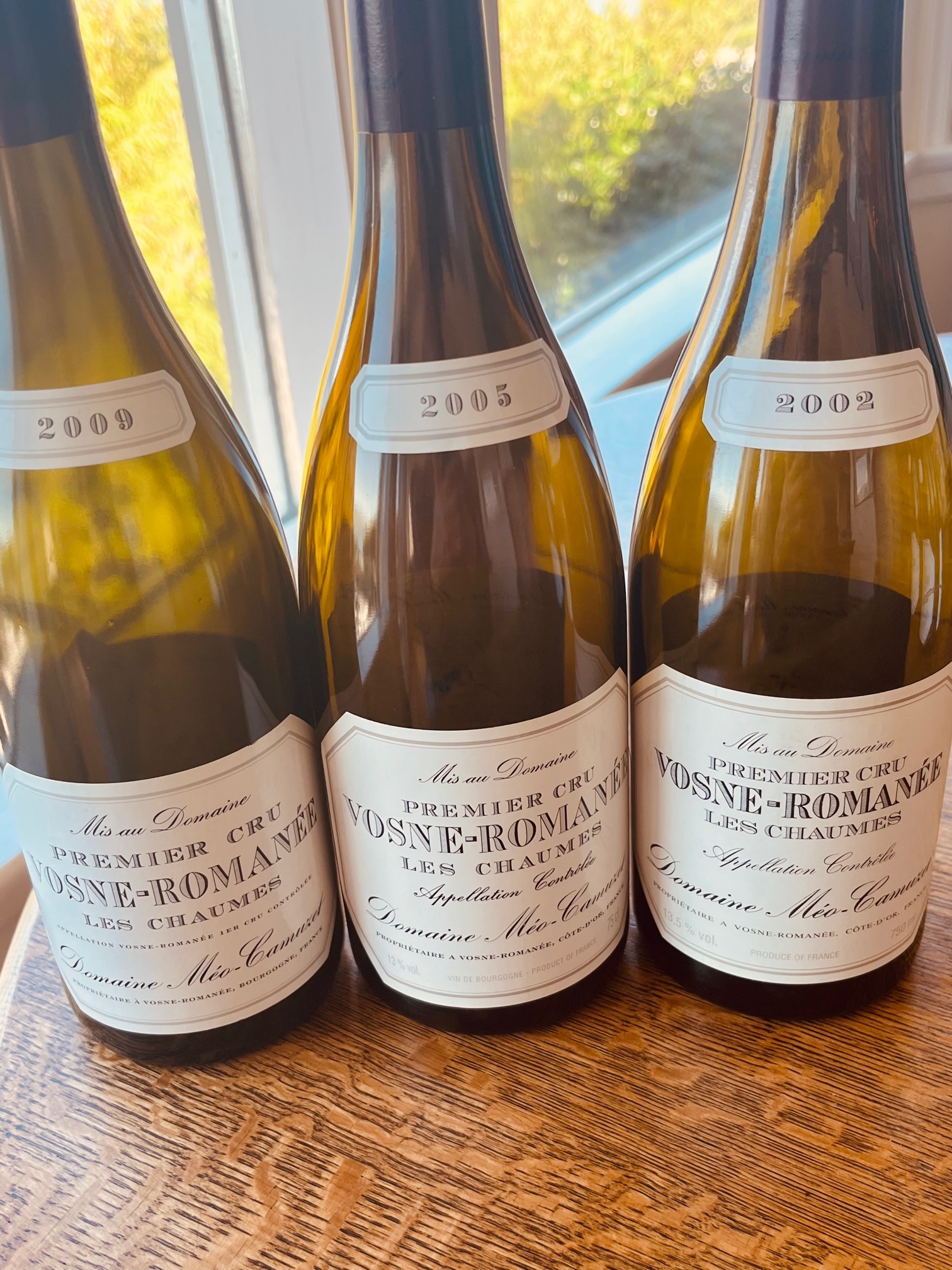
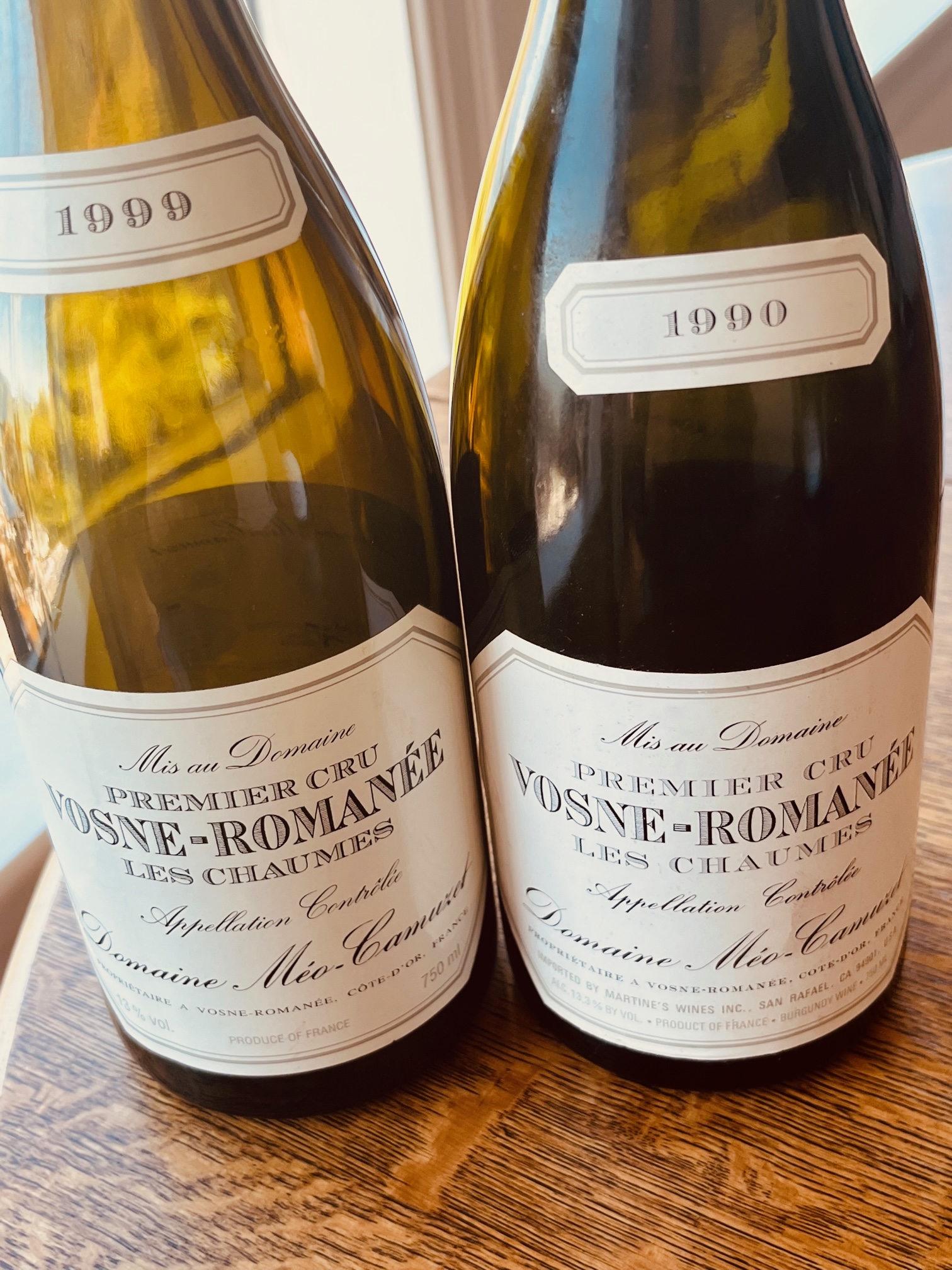
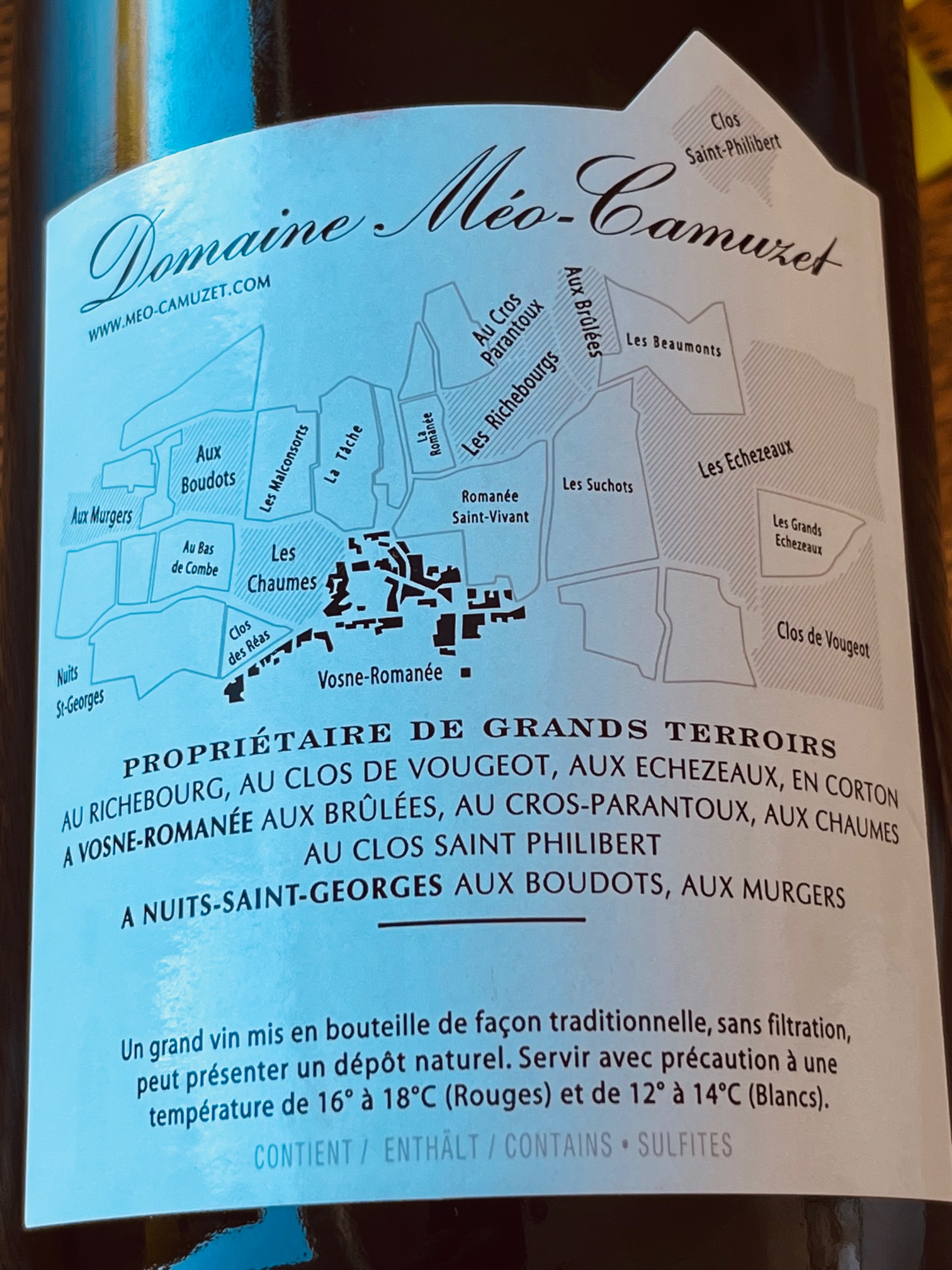
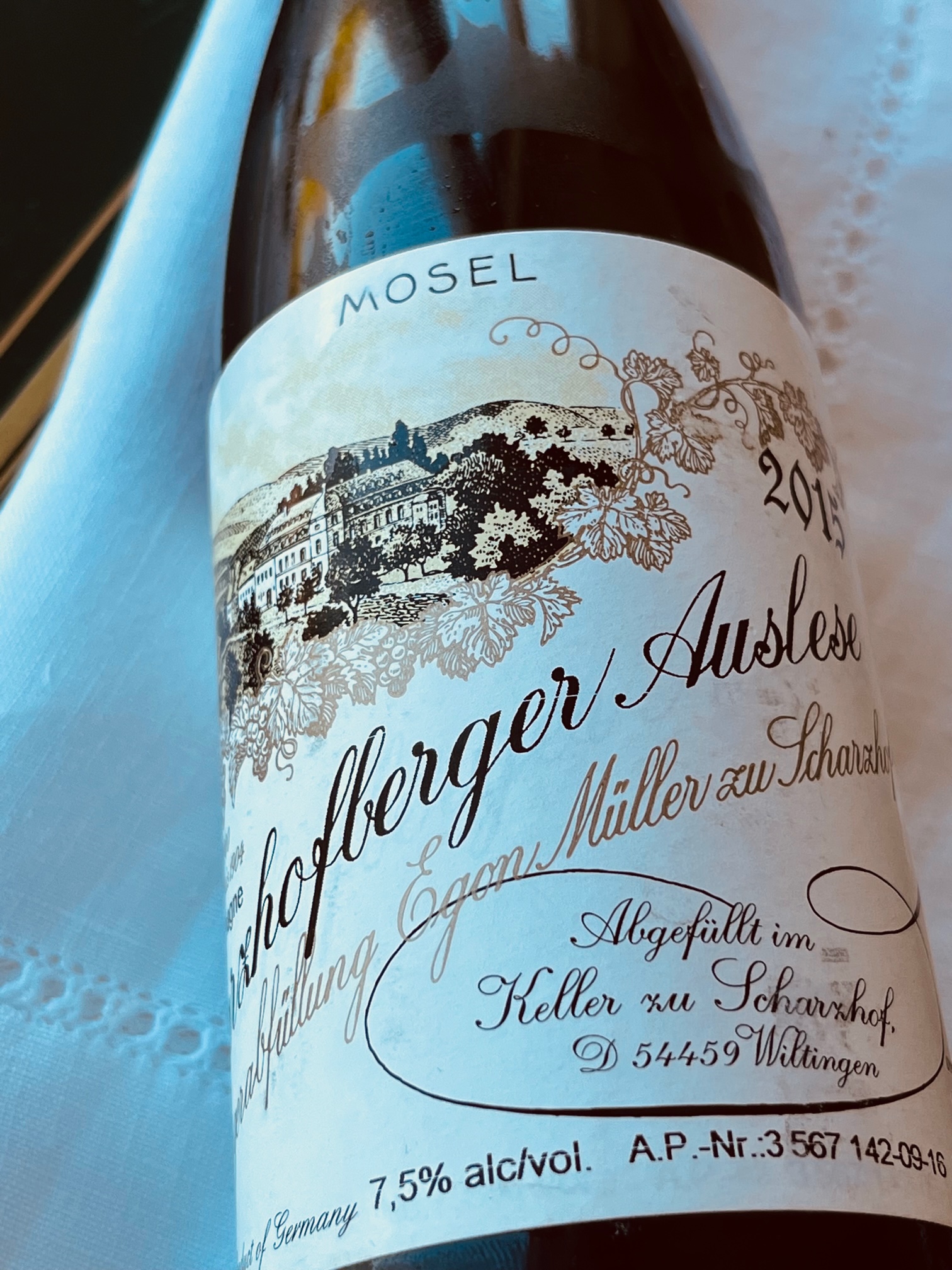
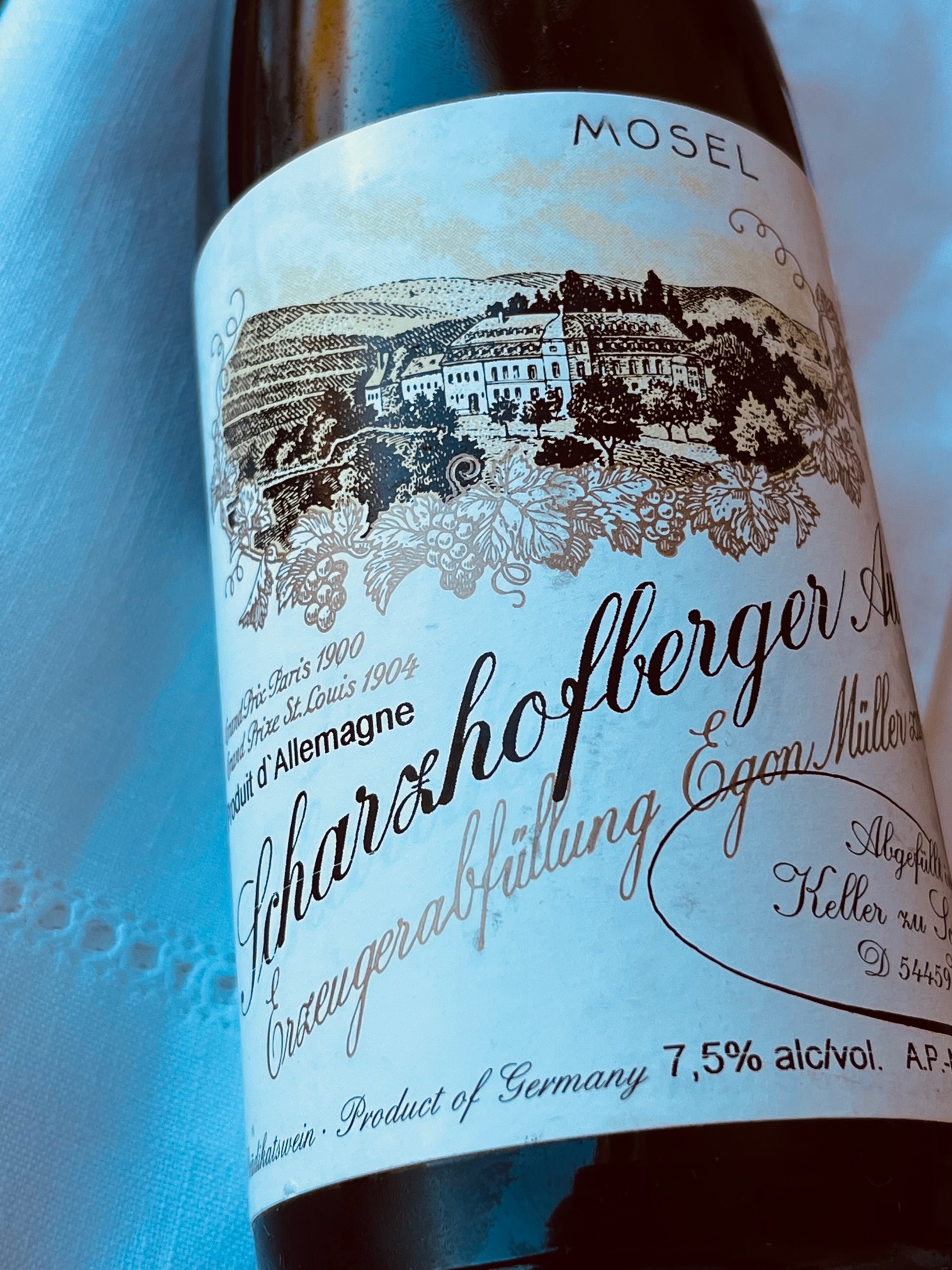

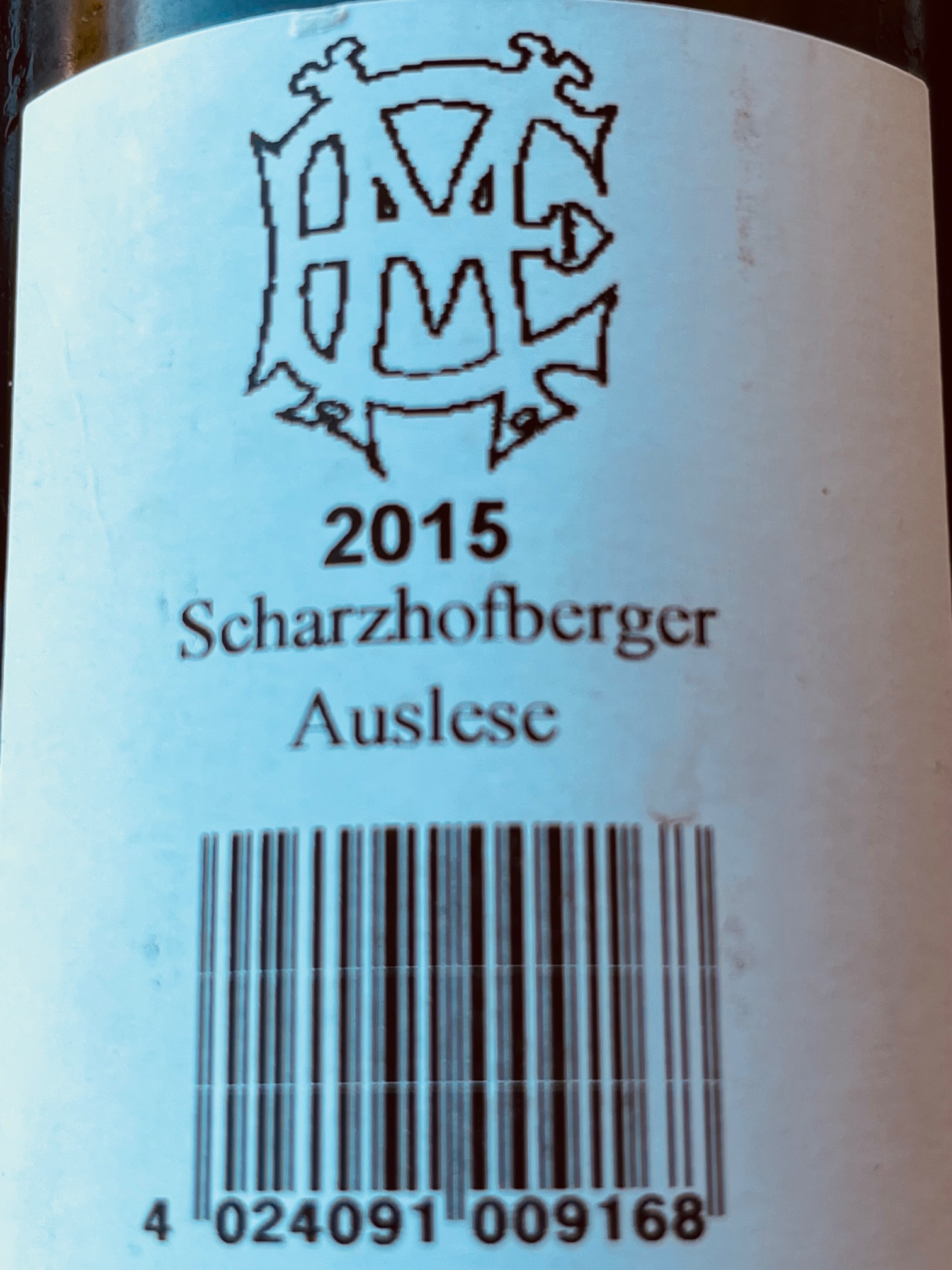
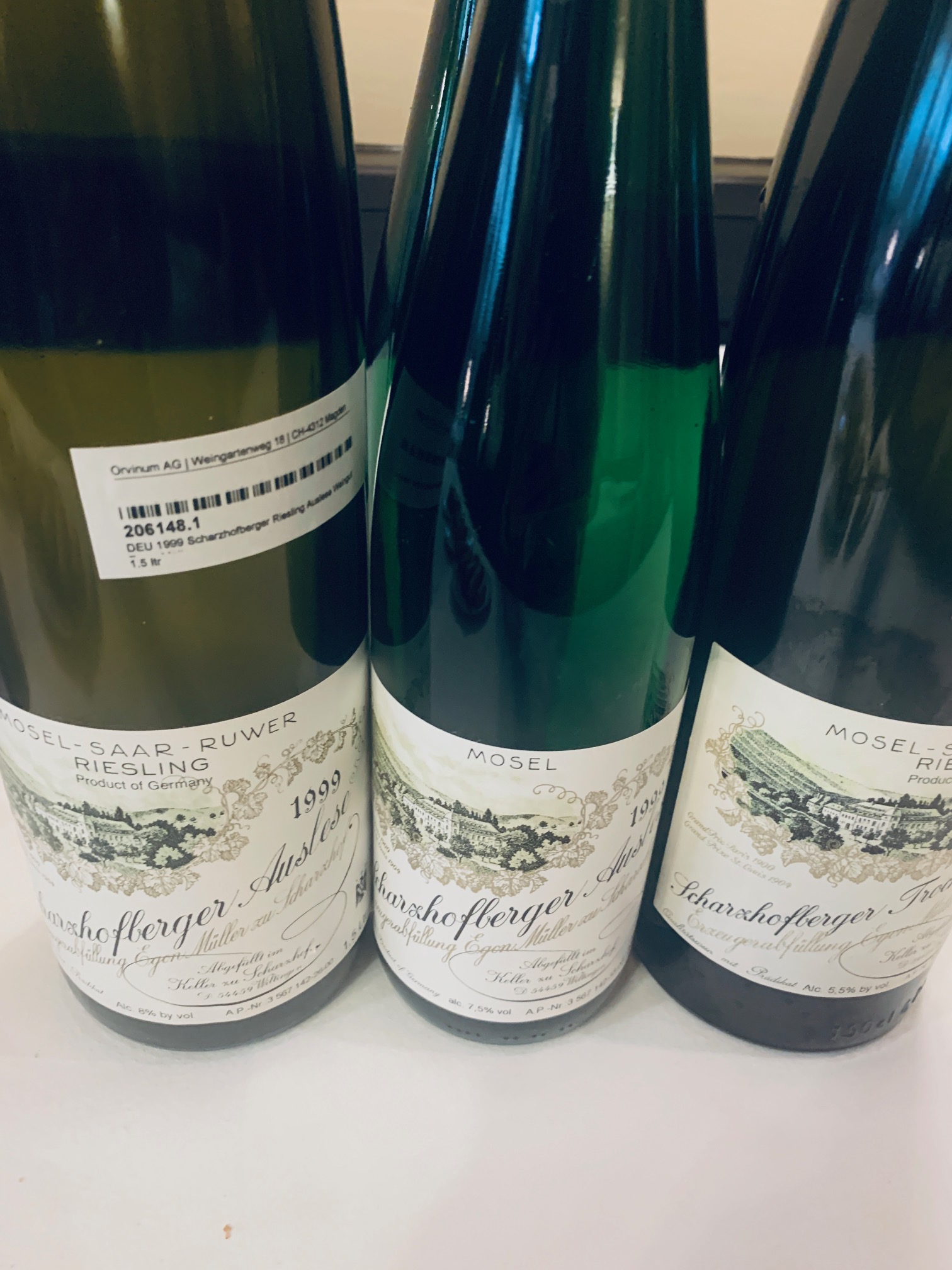
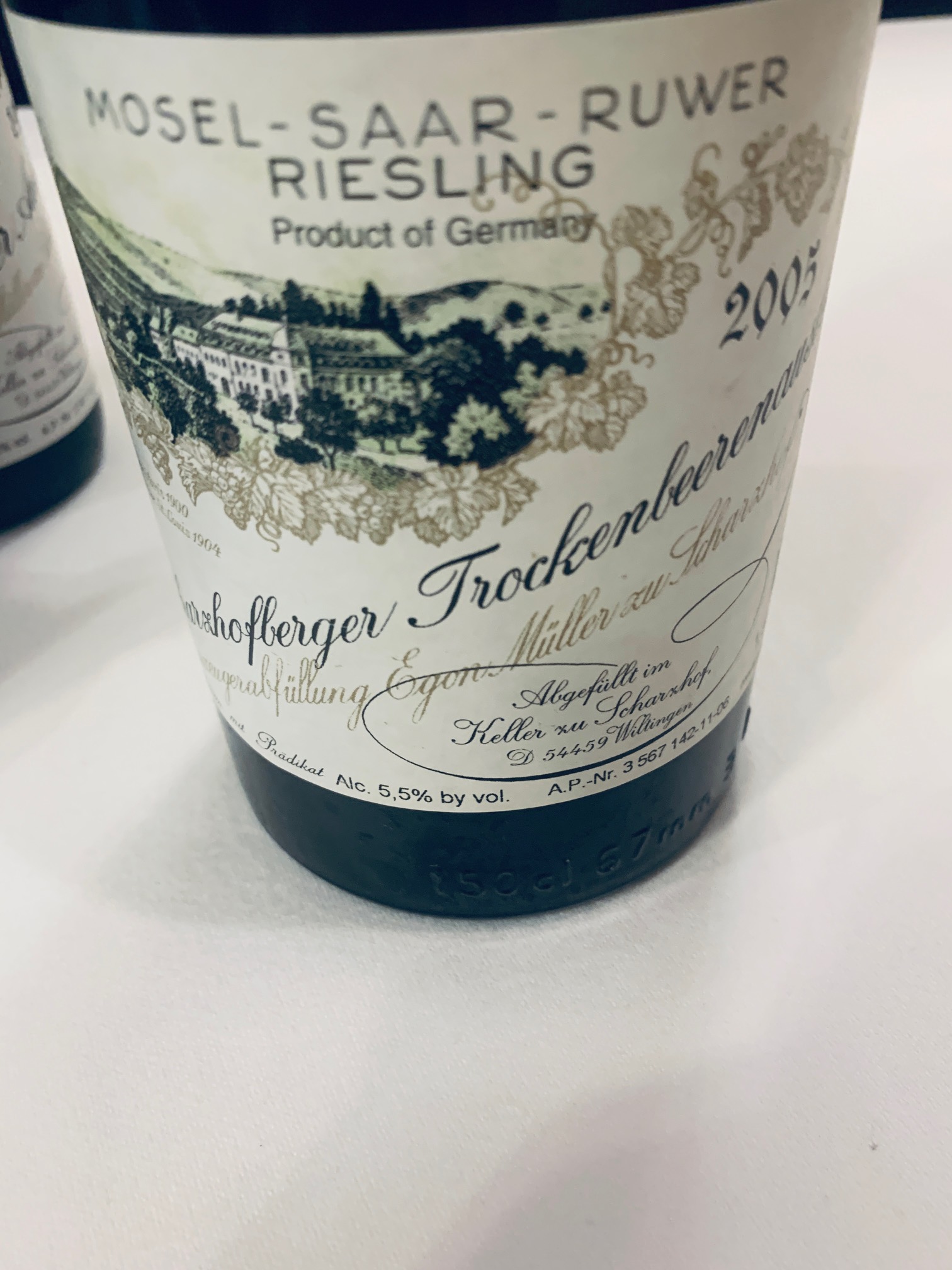
You might also like:
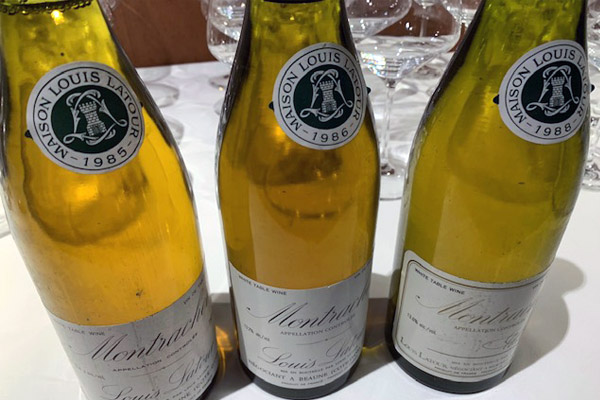 | 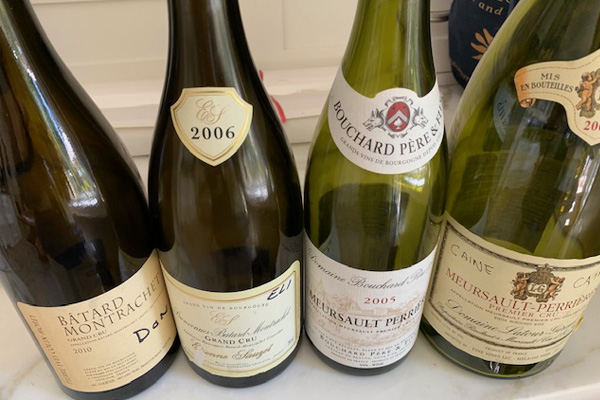 | 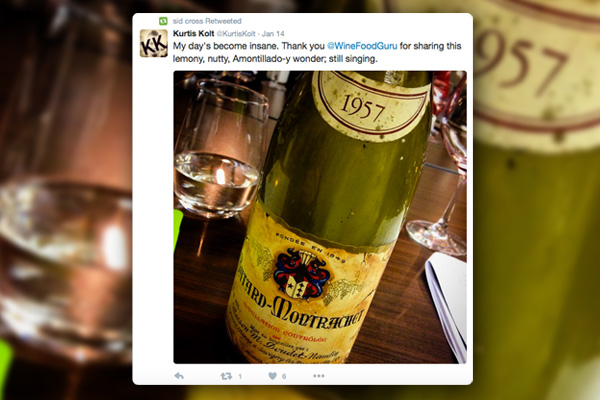 |



